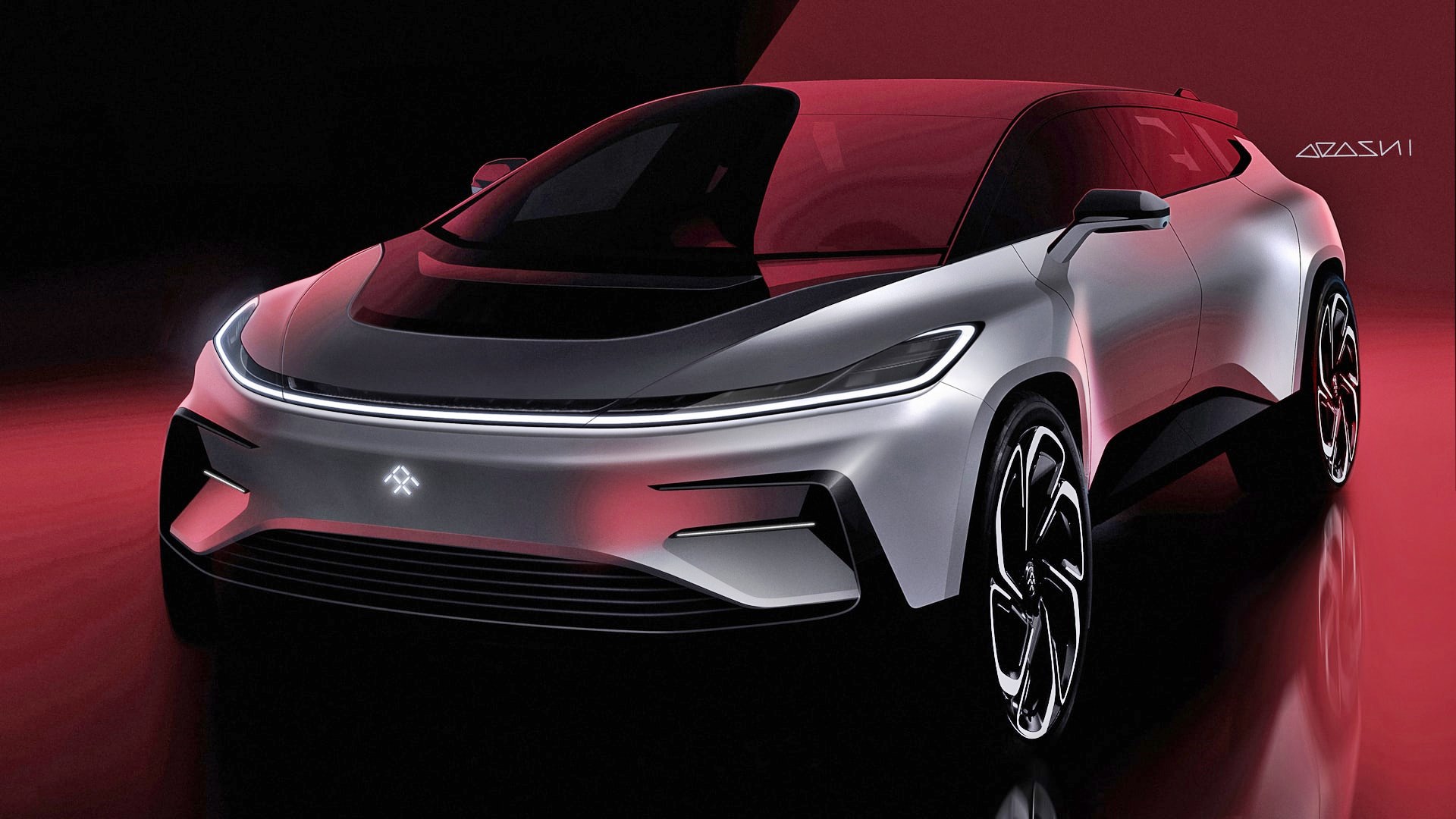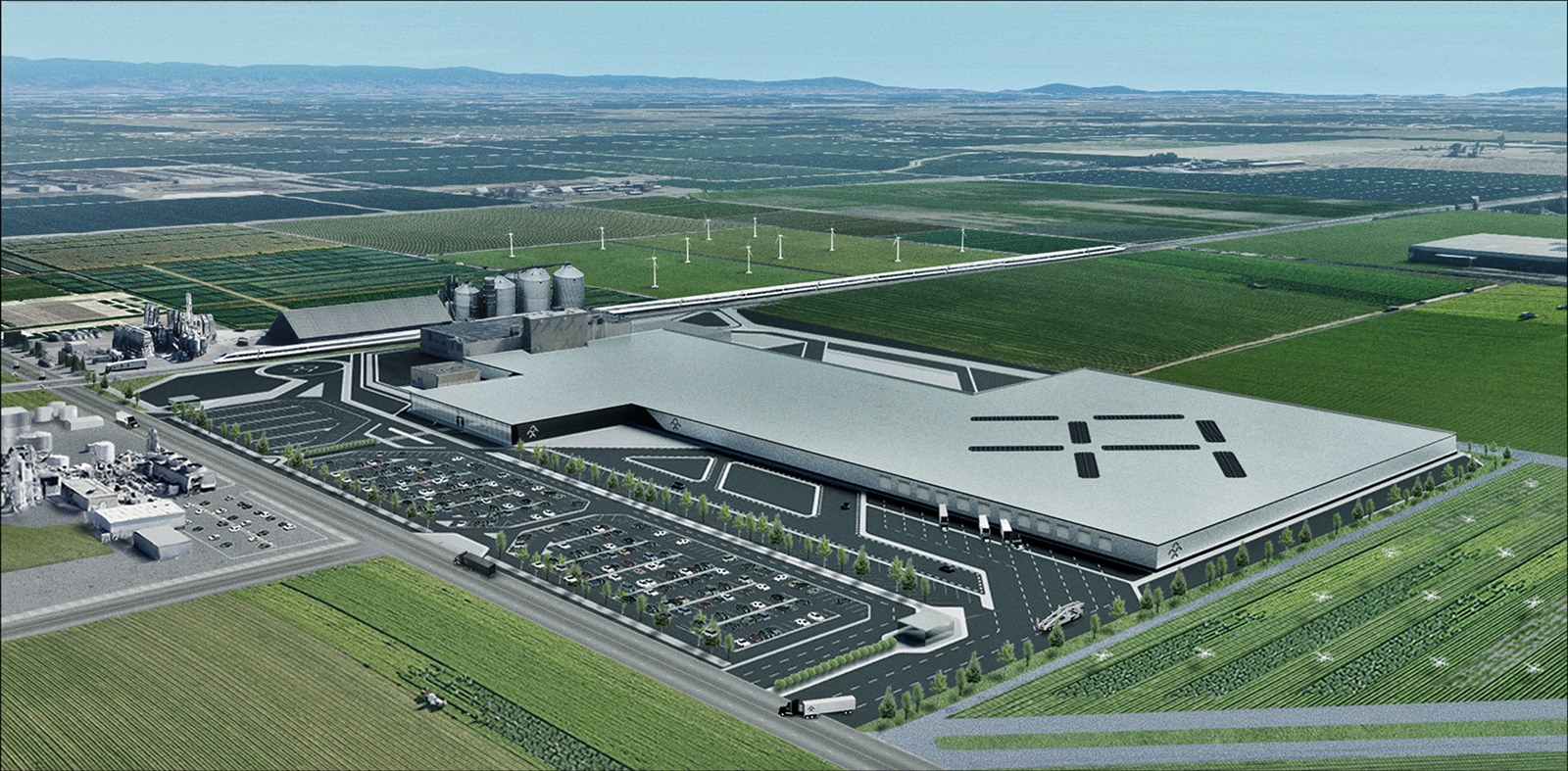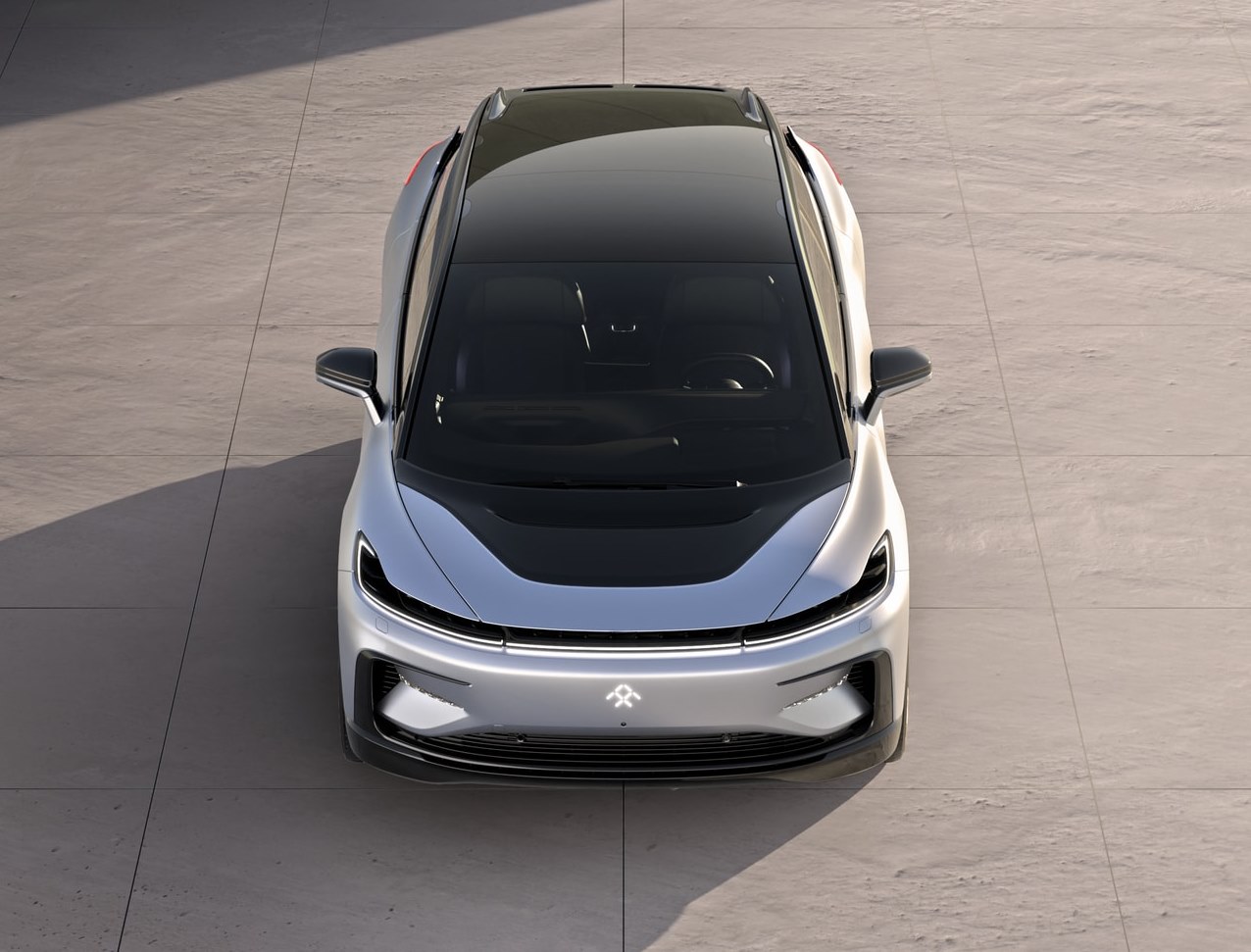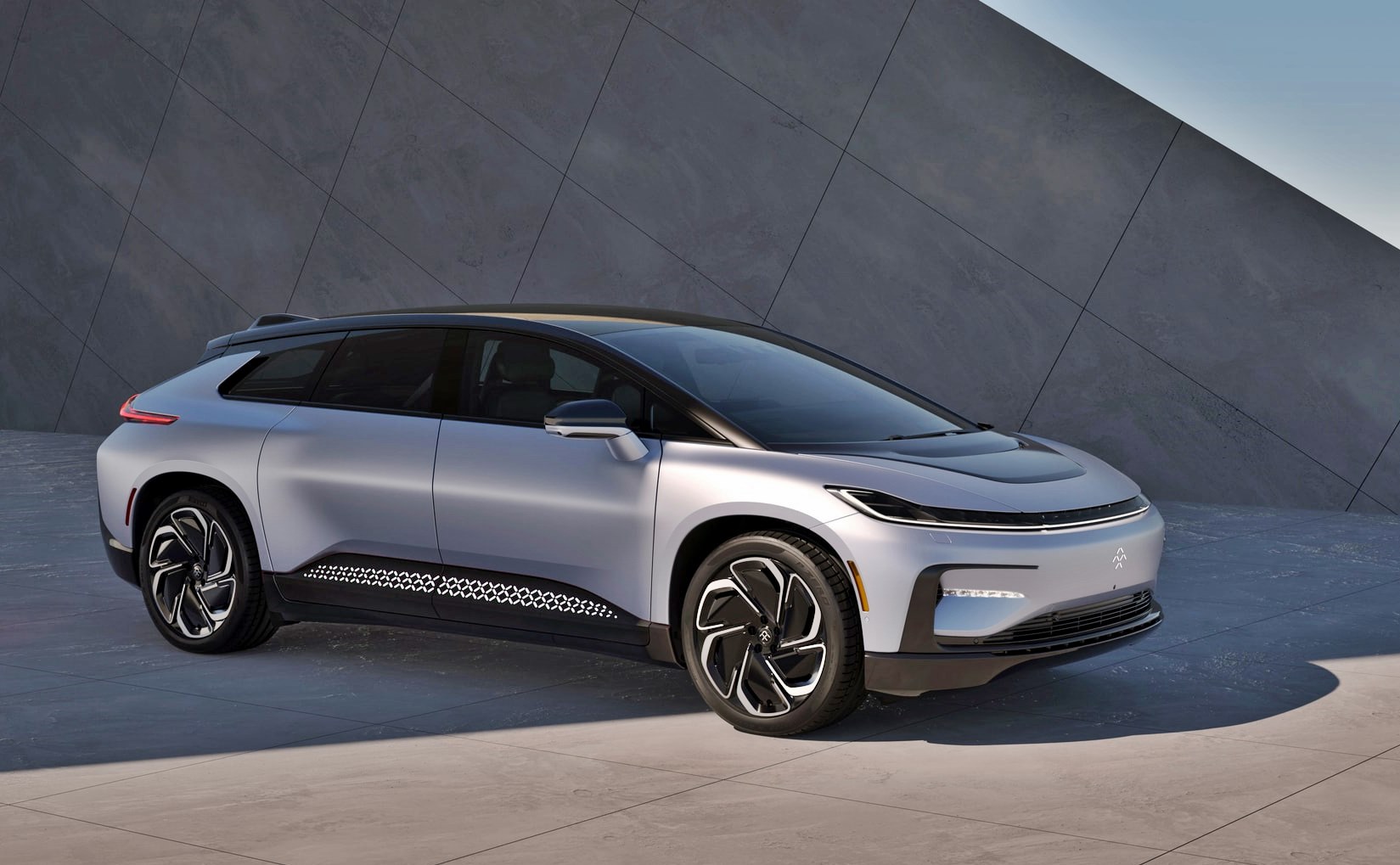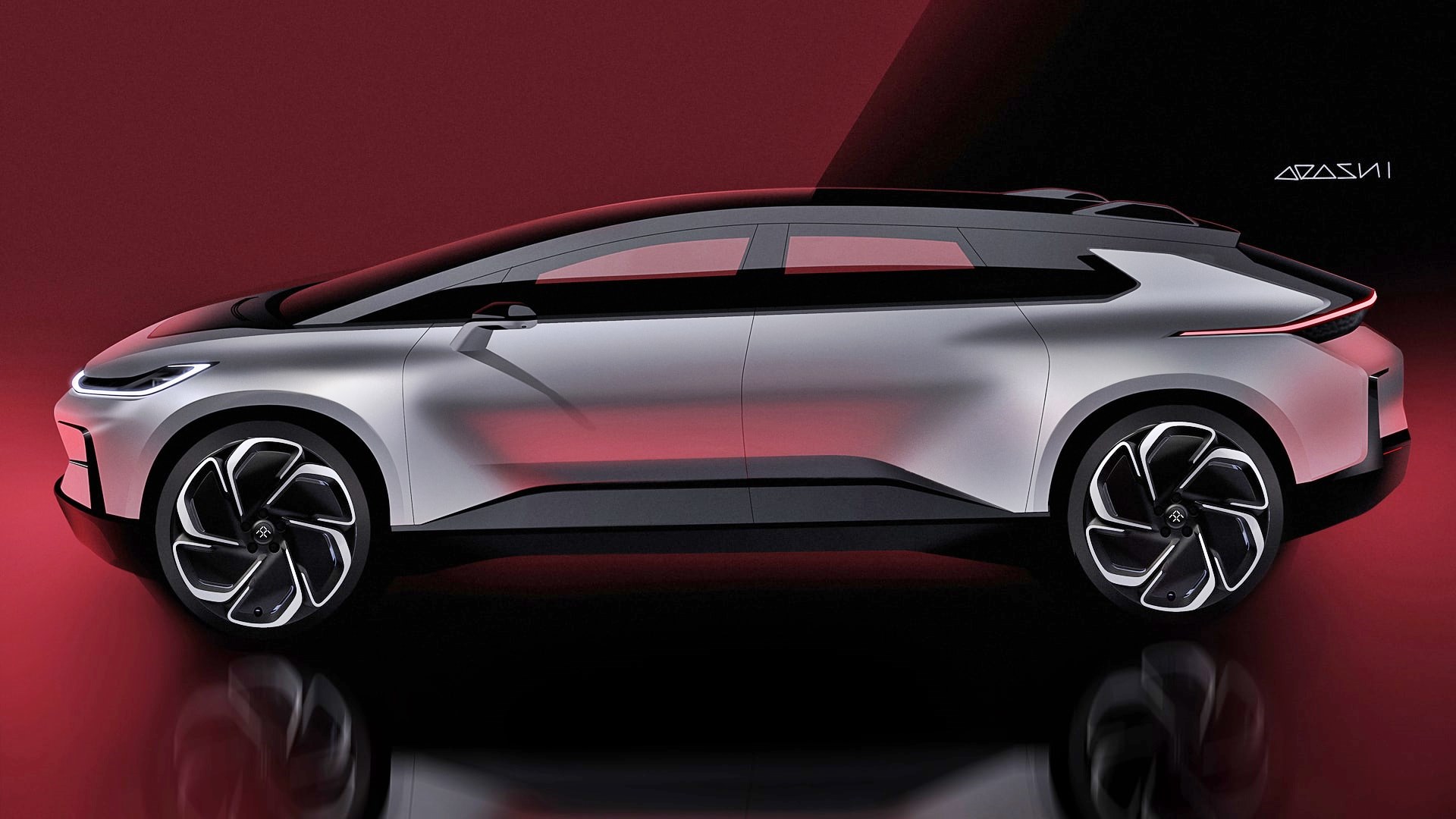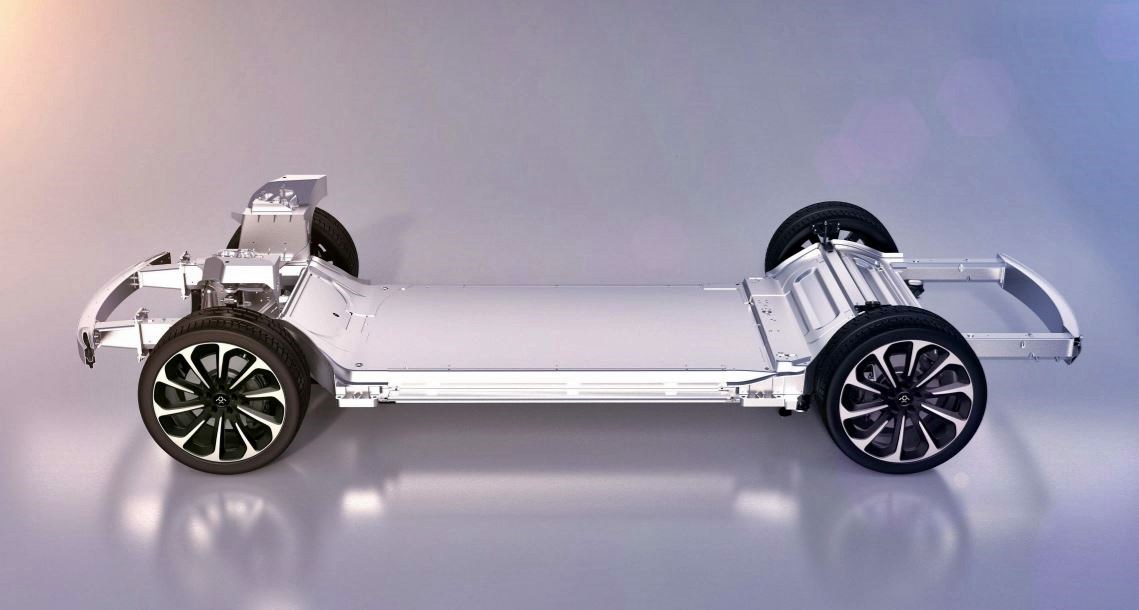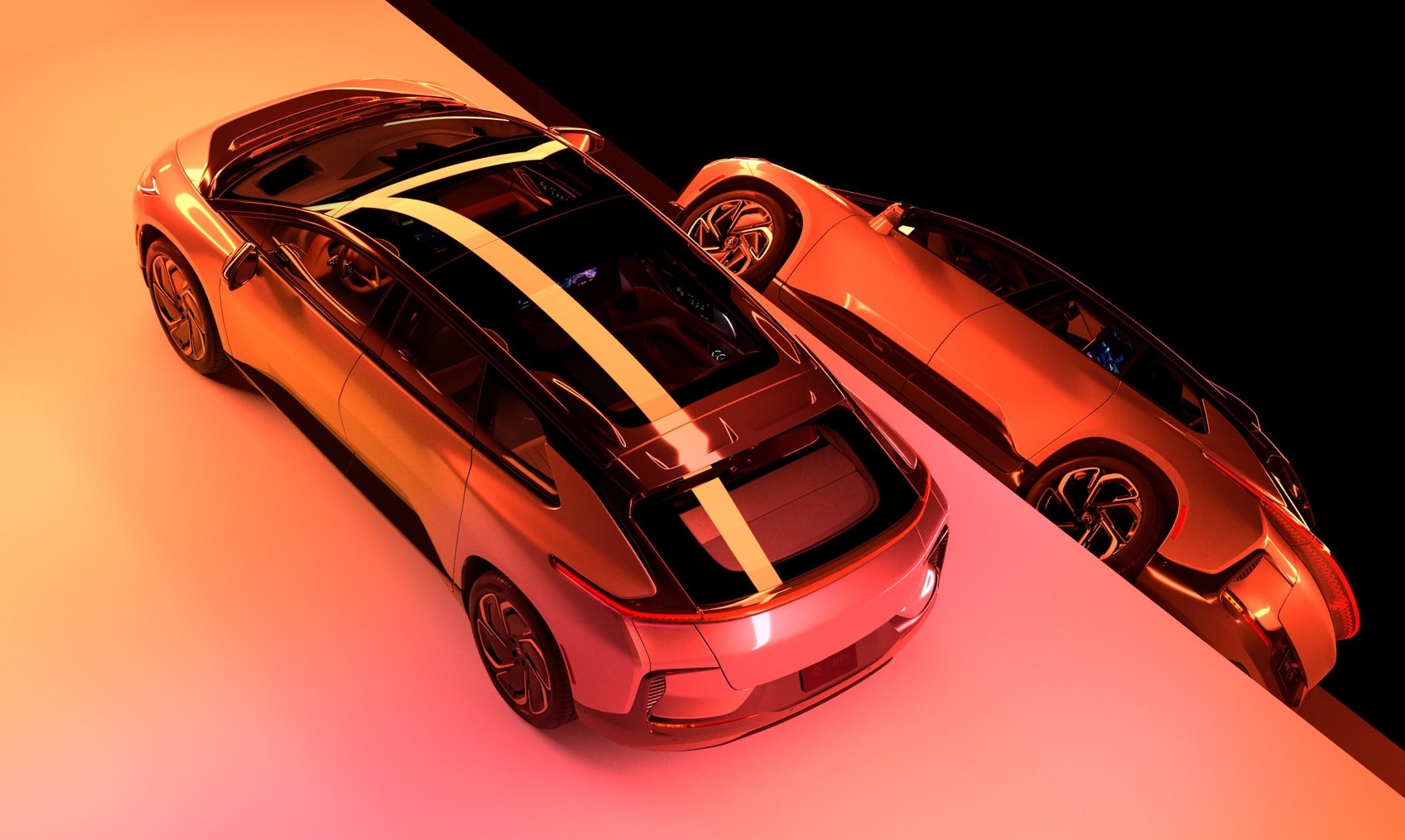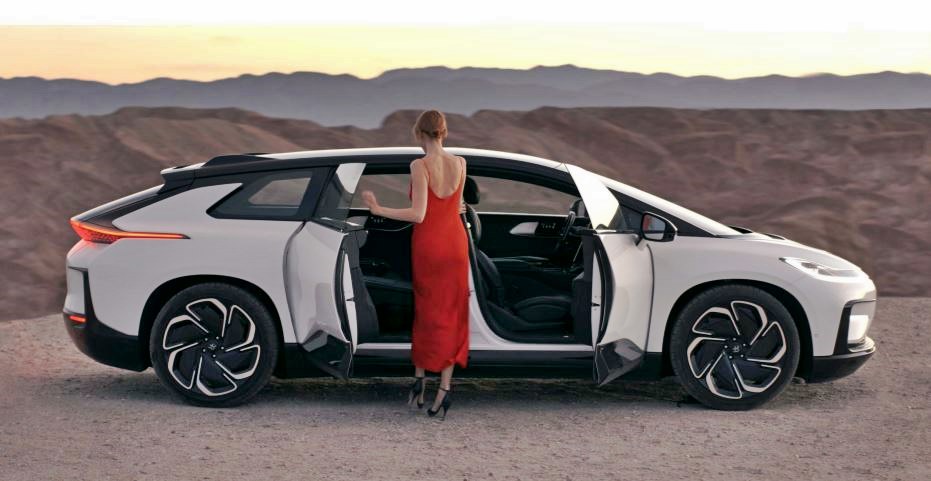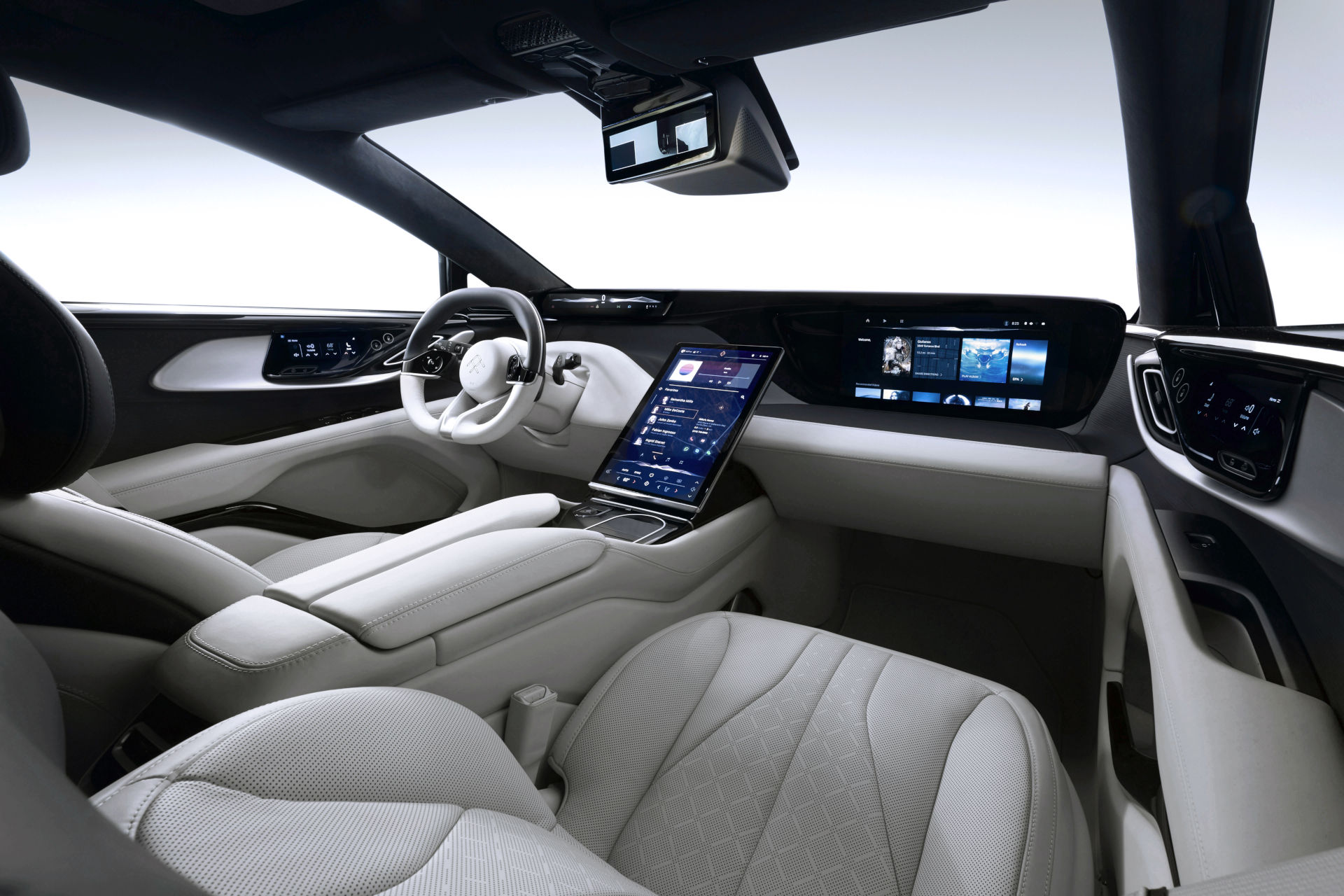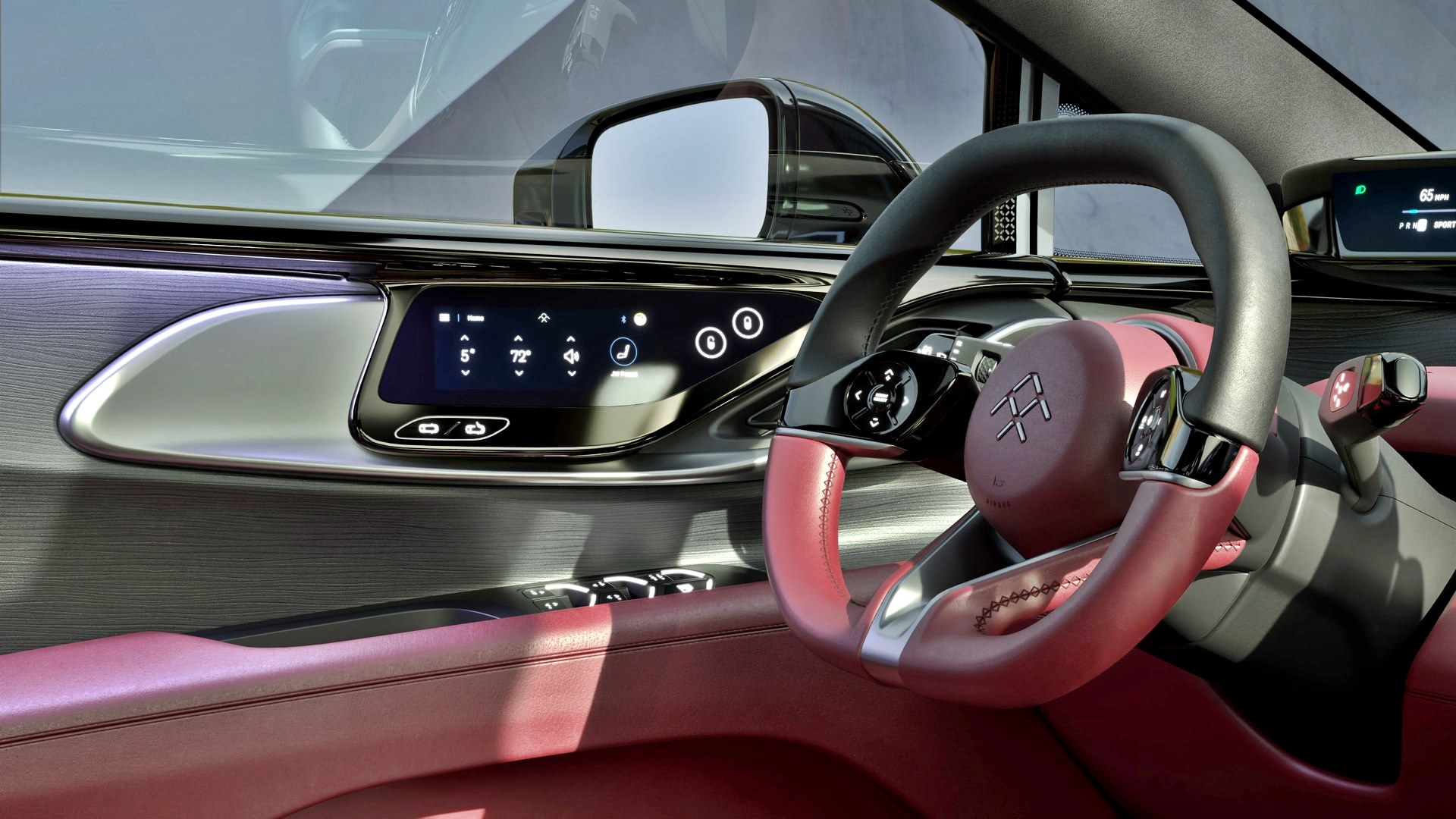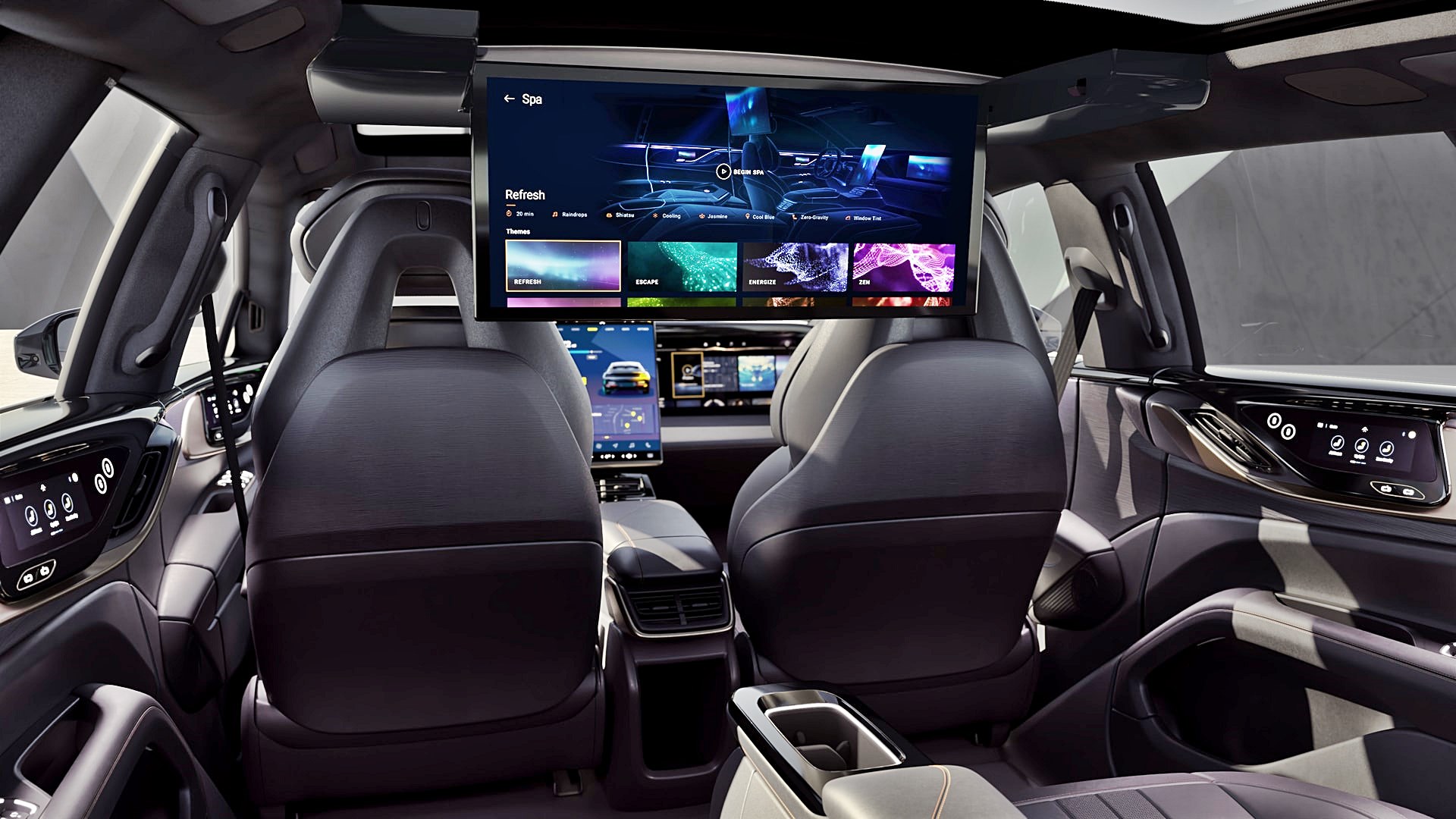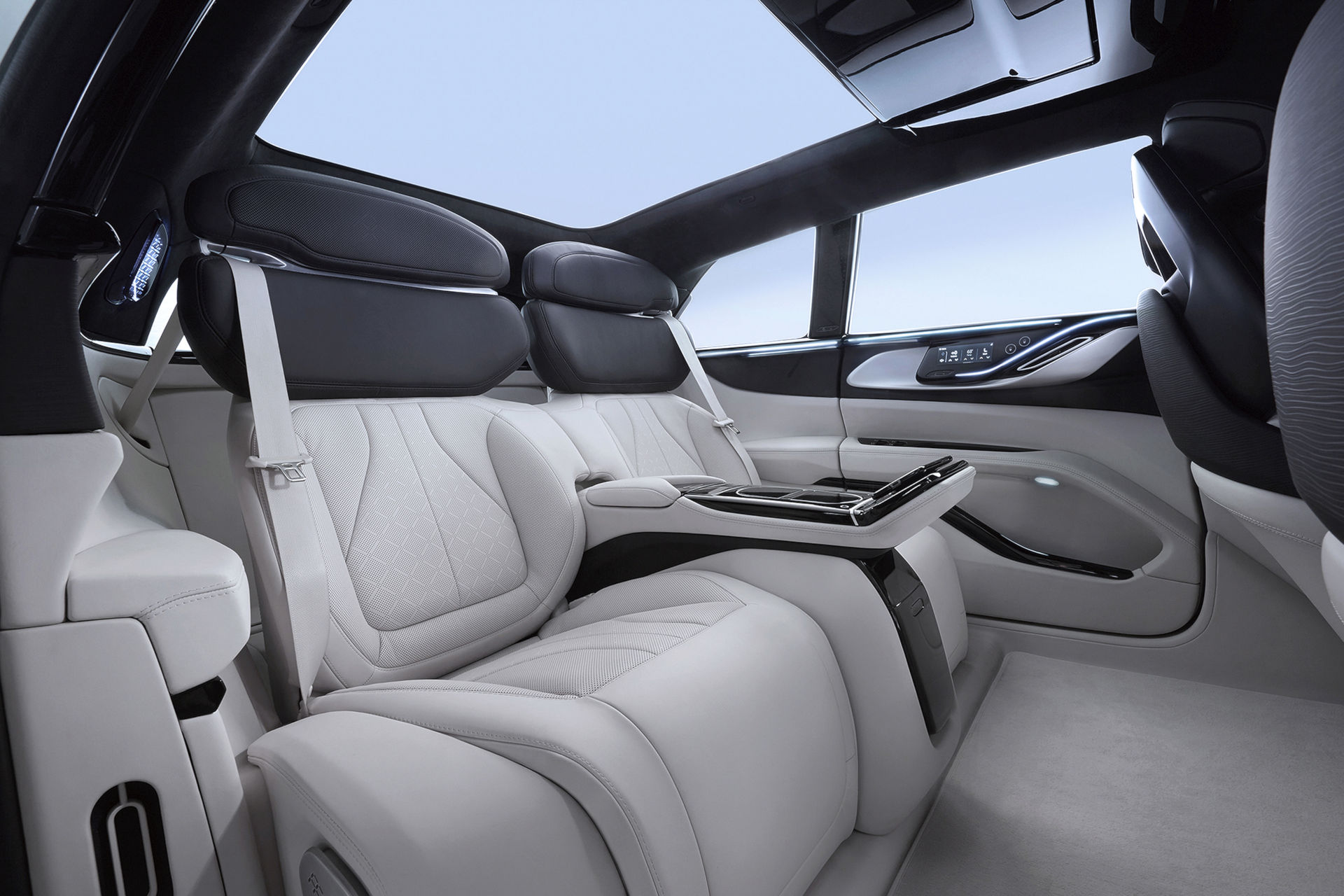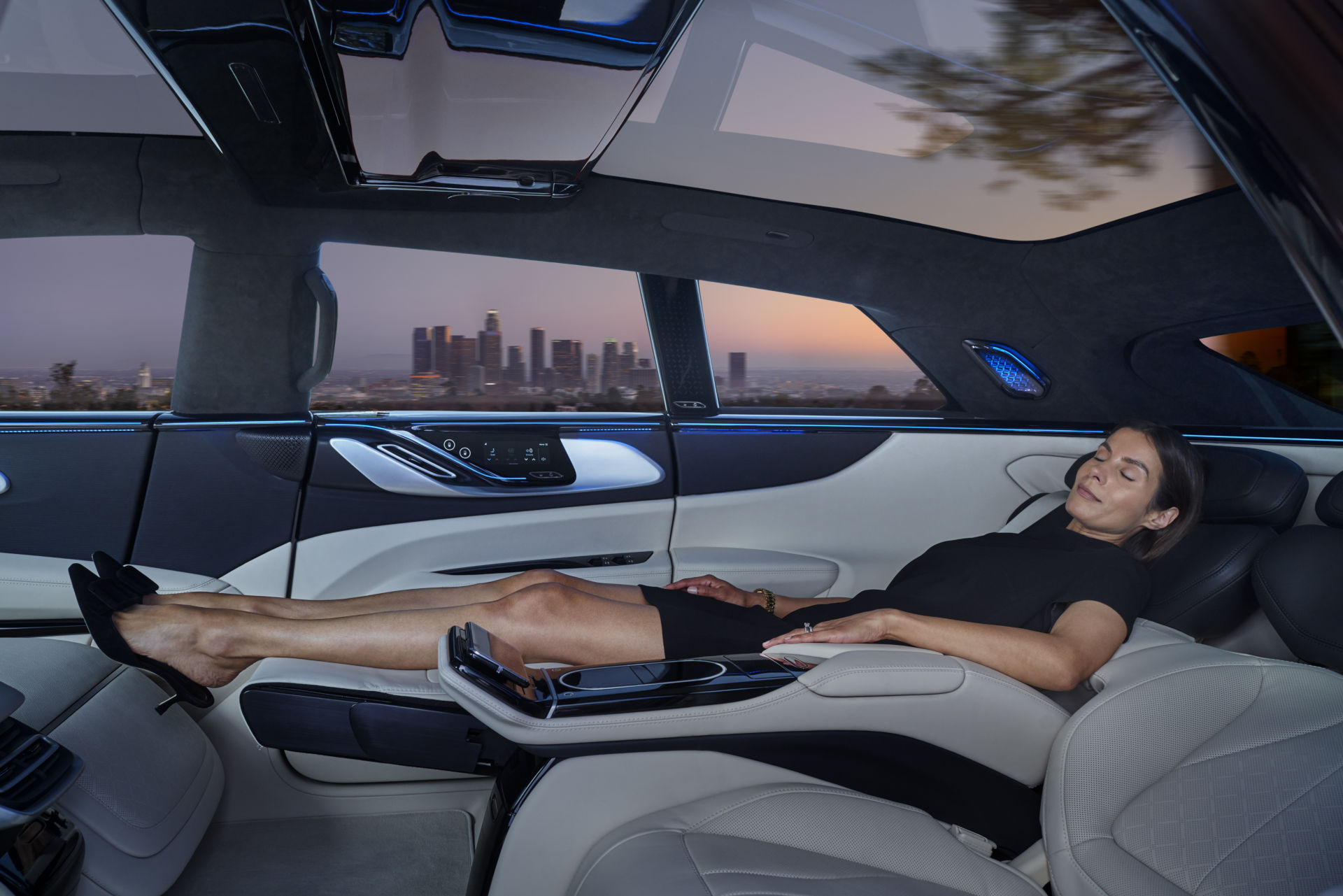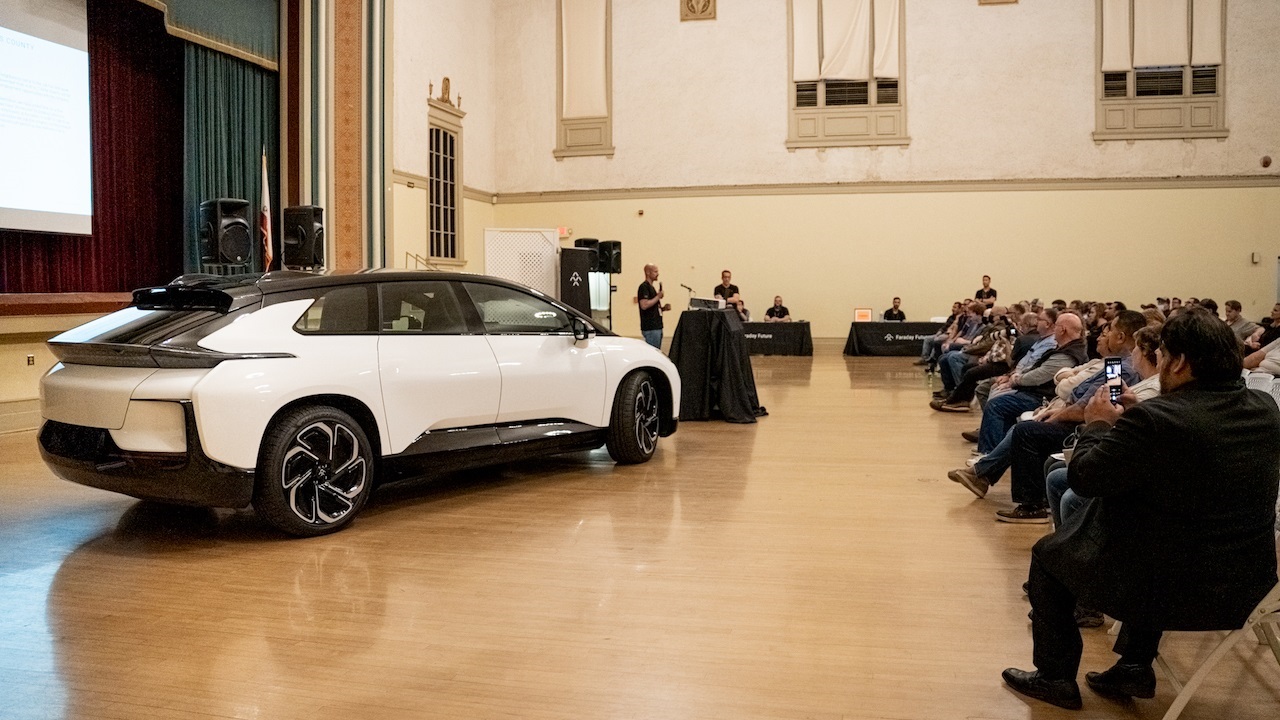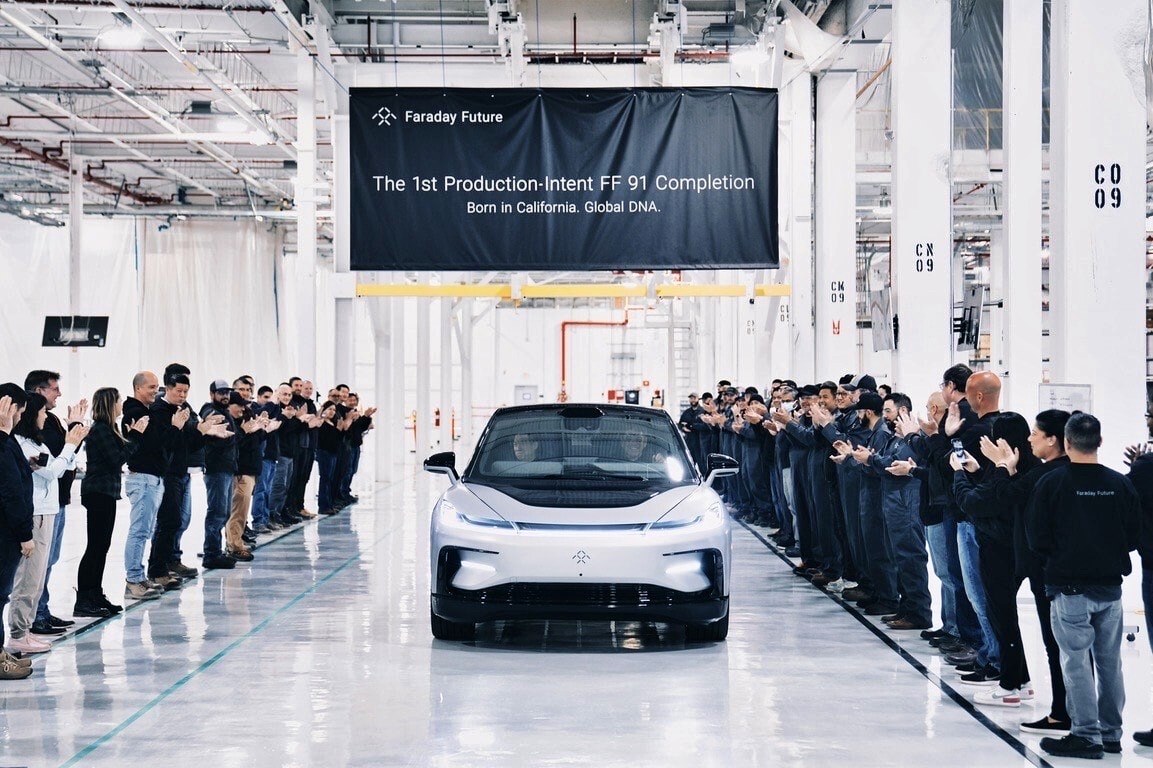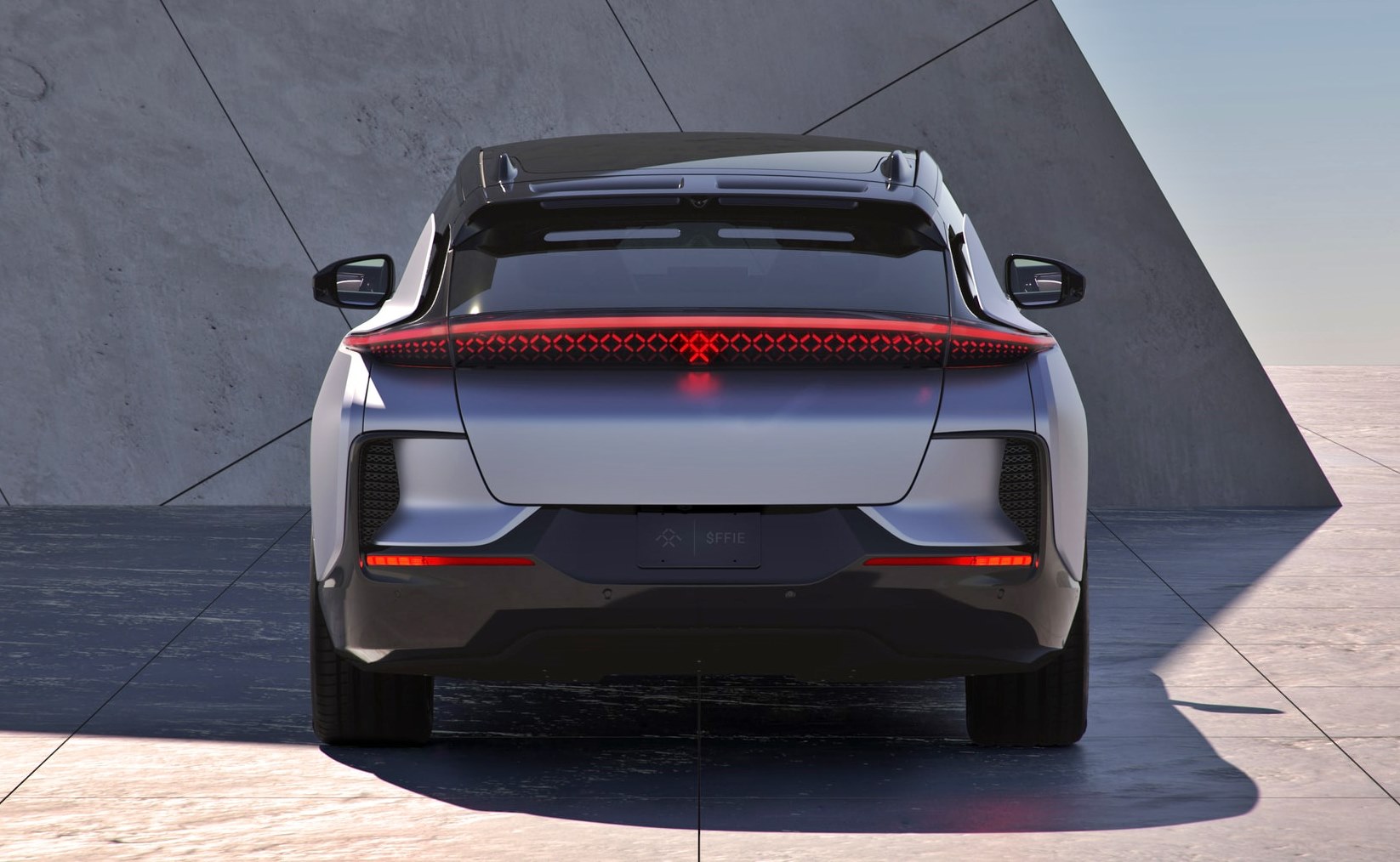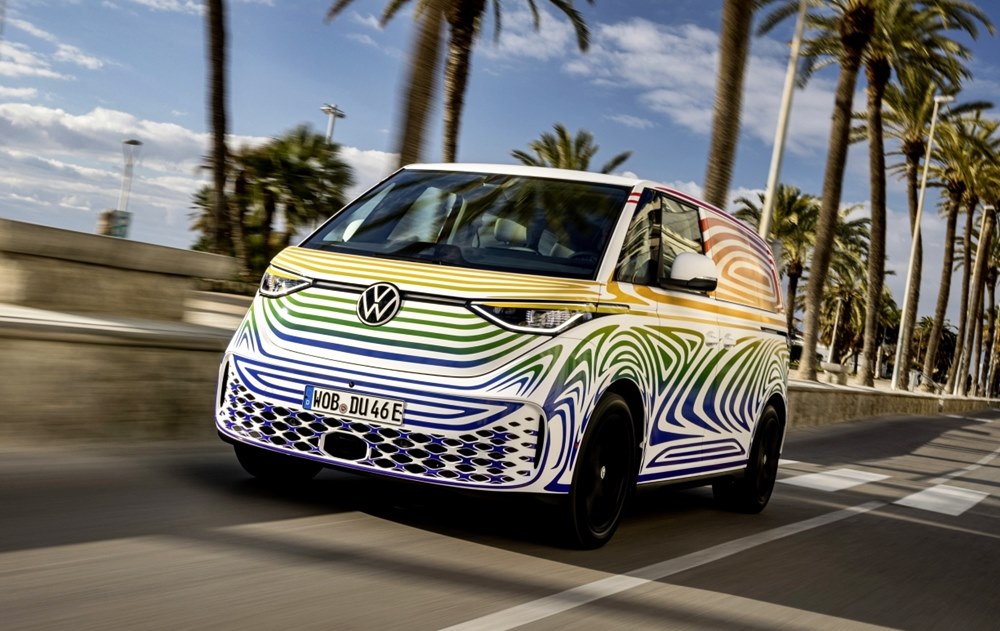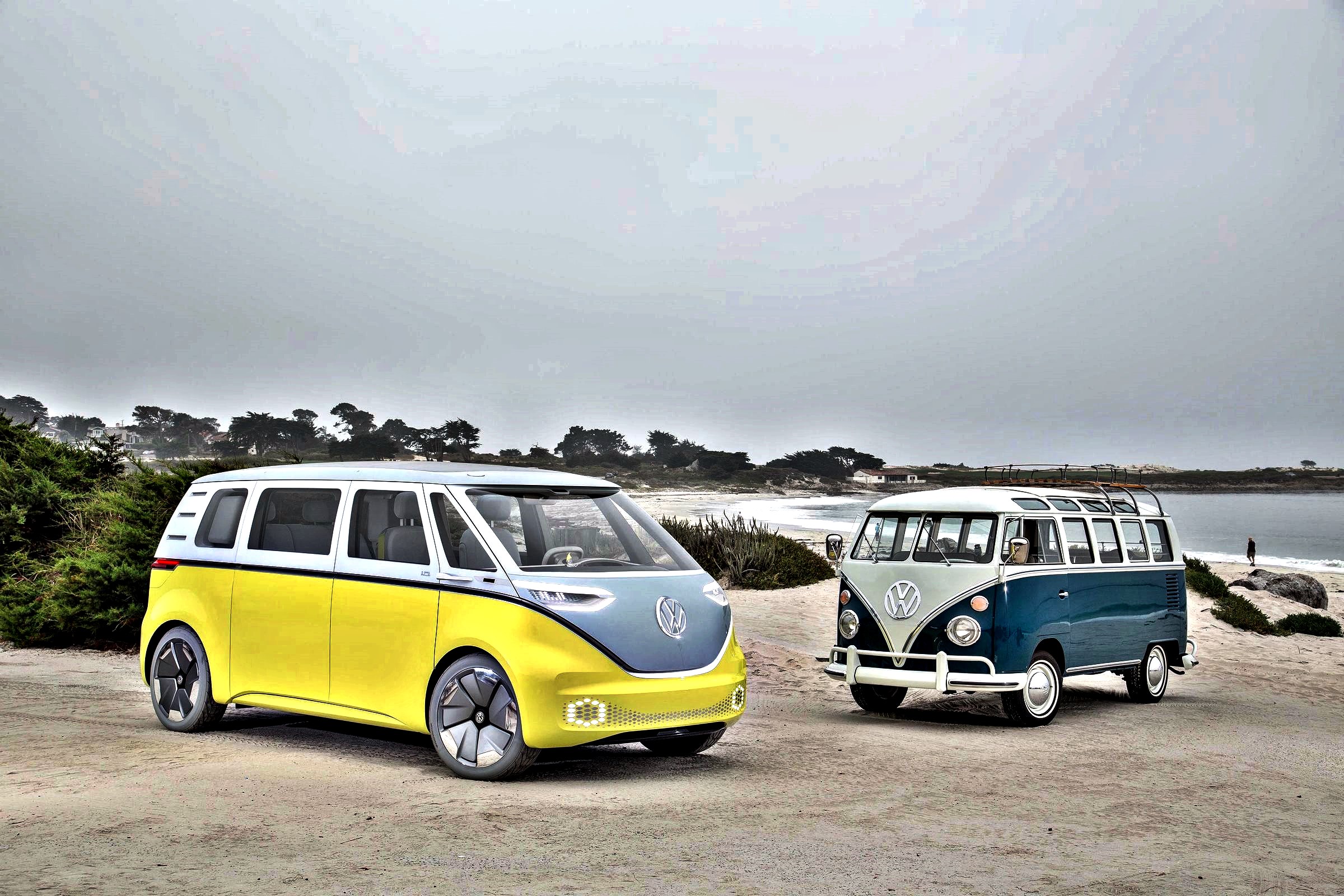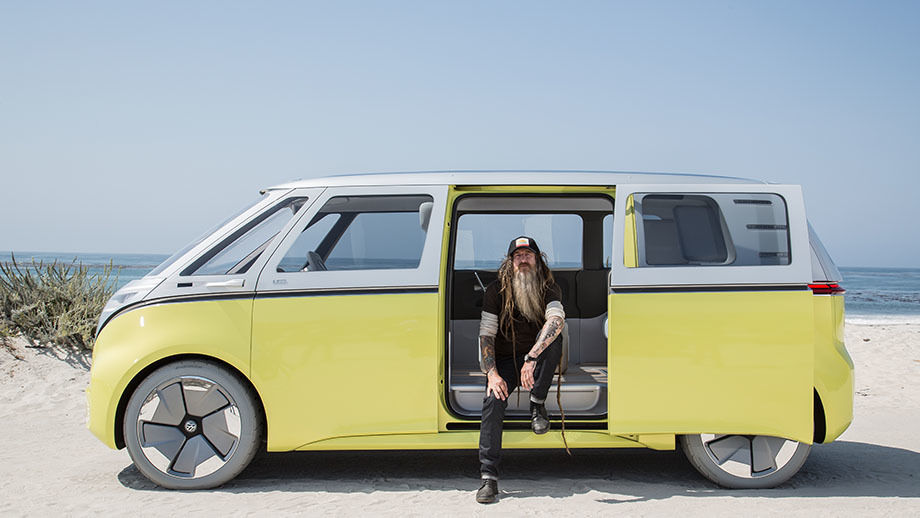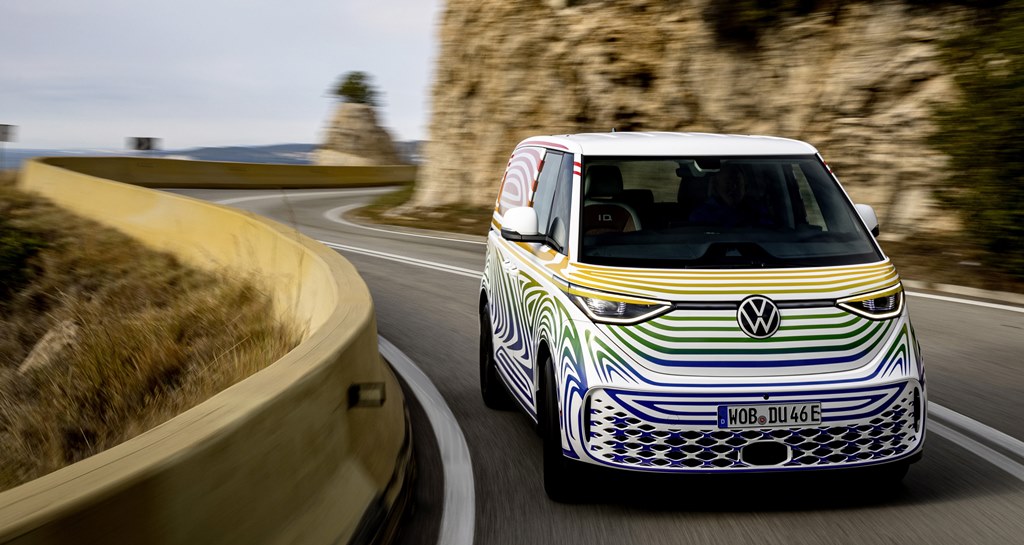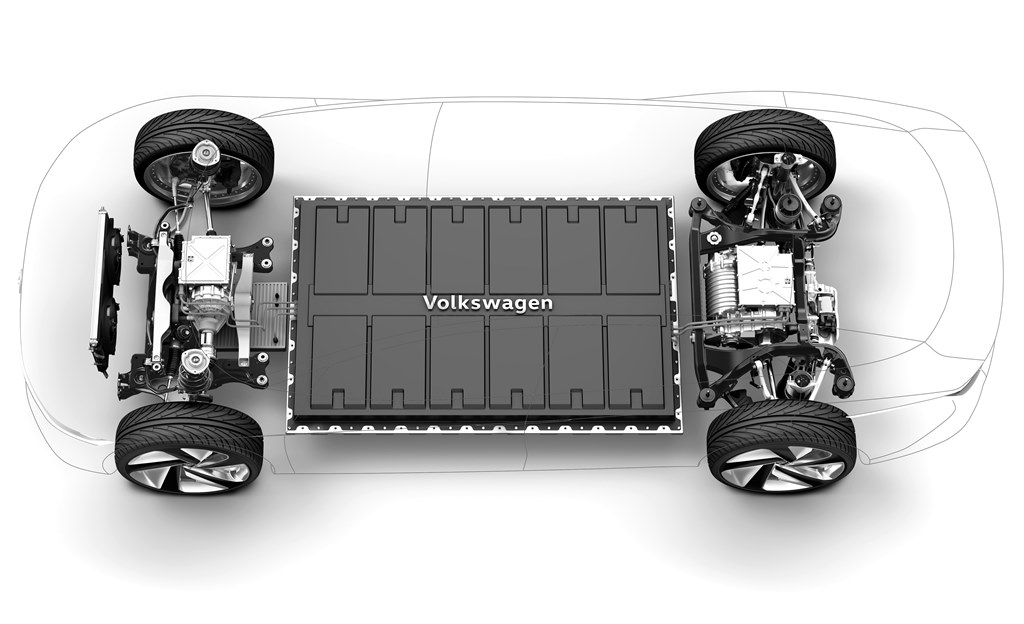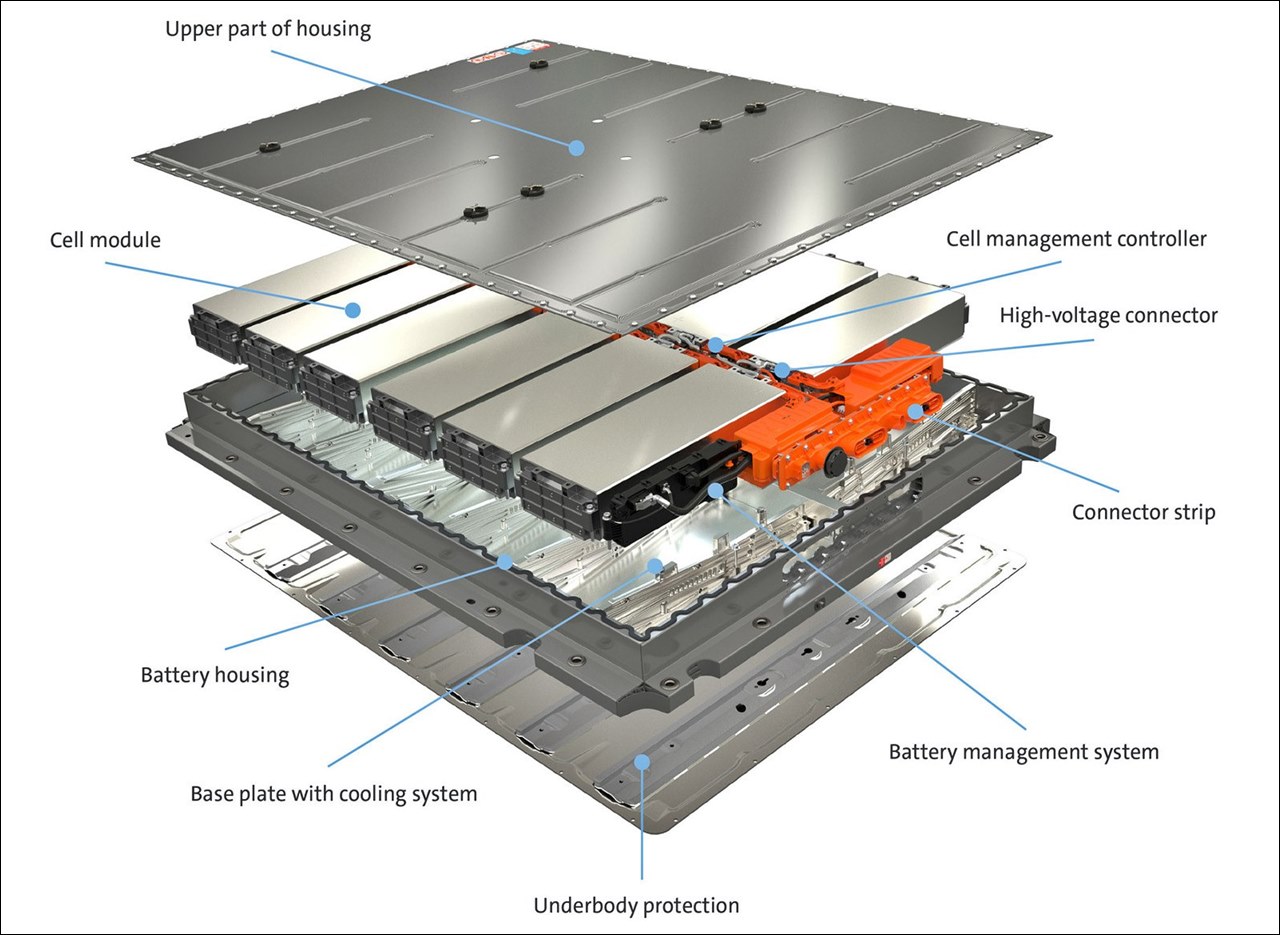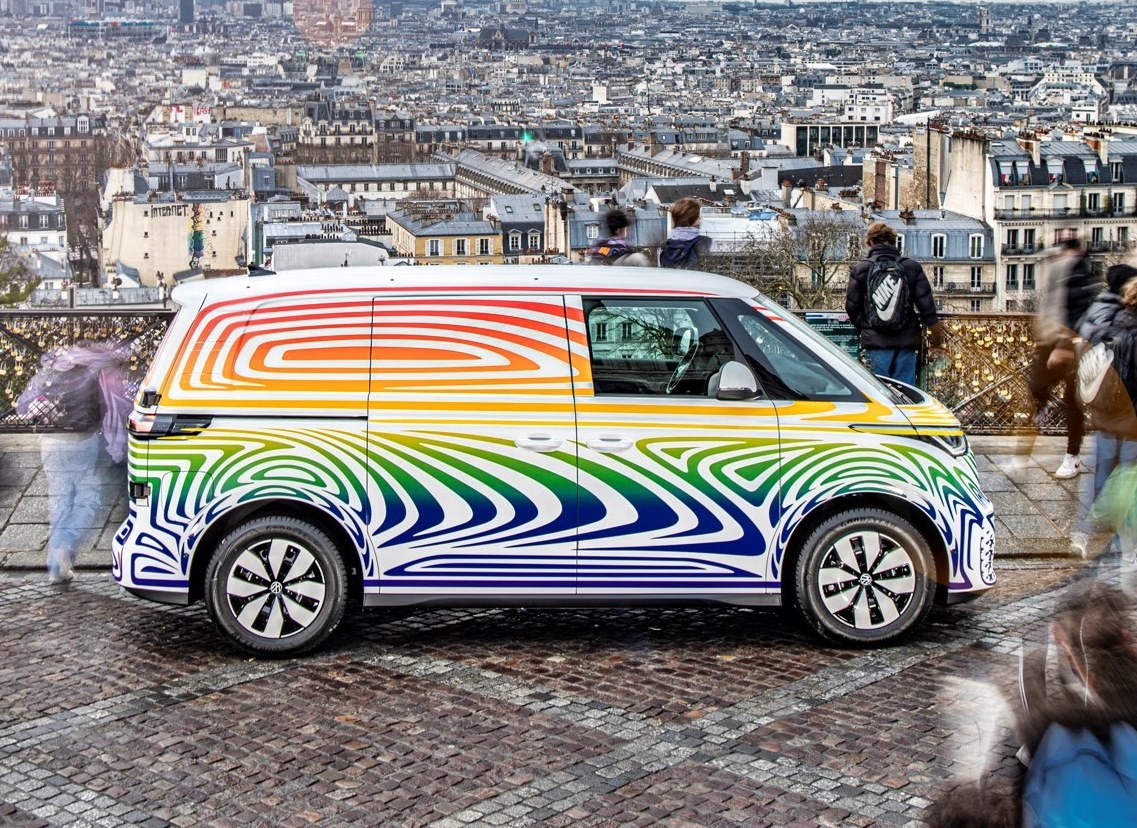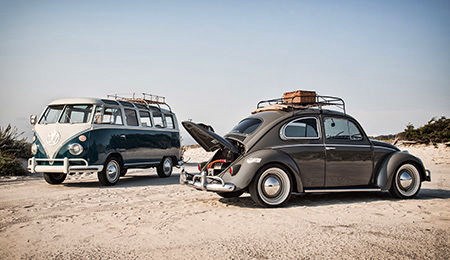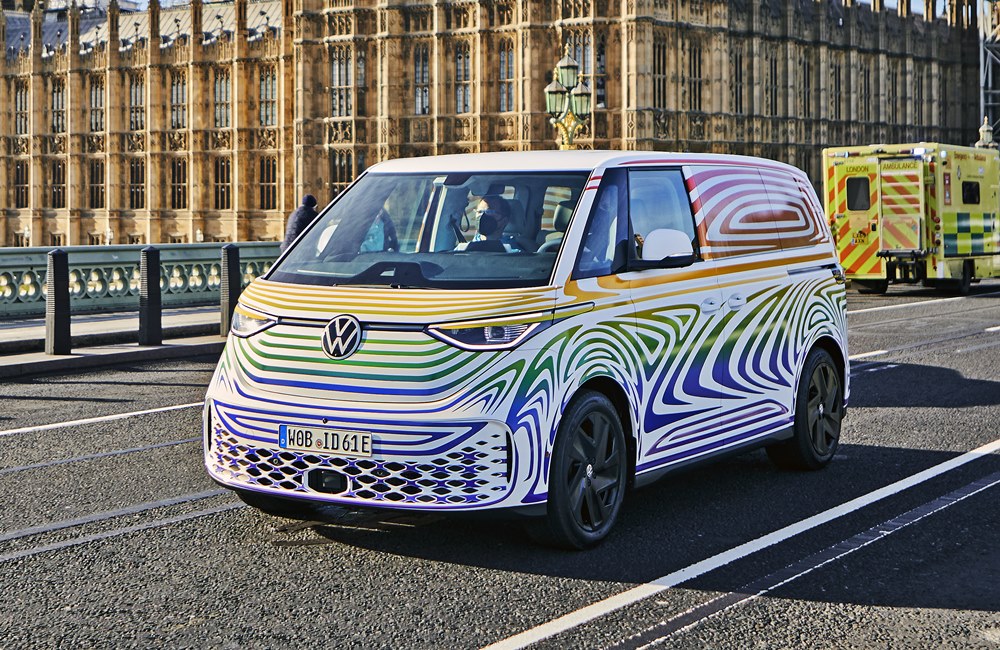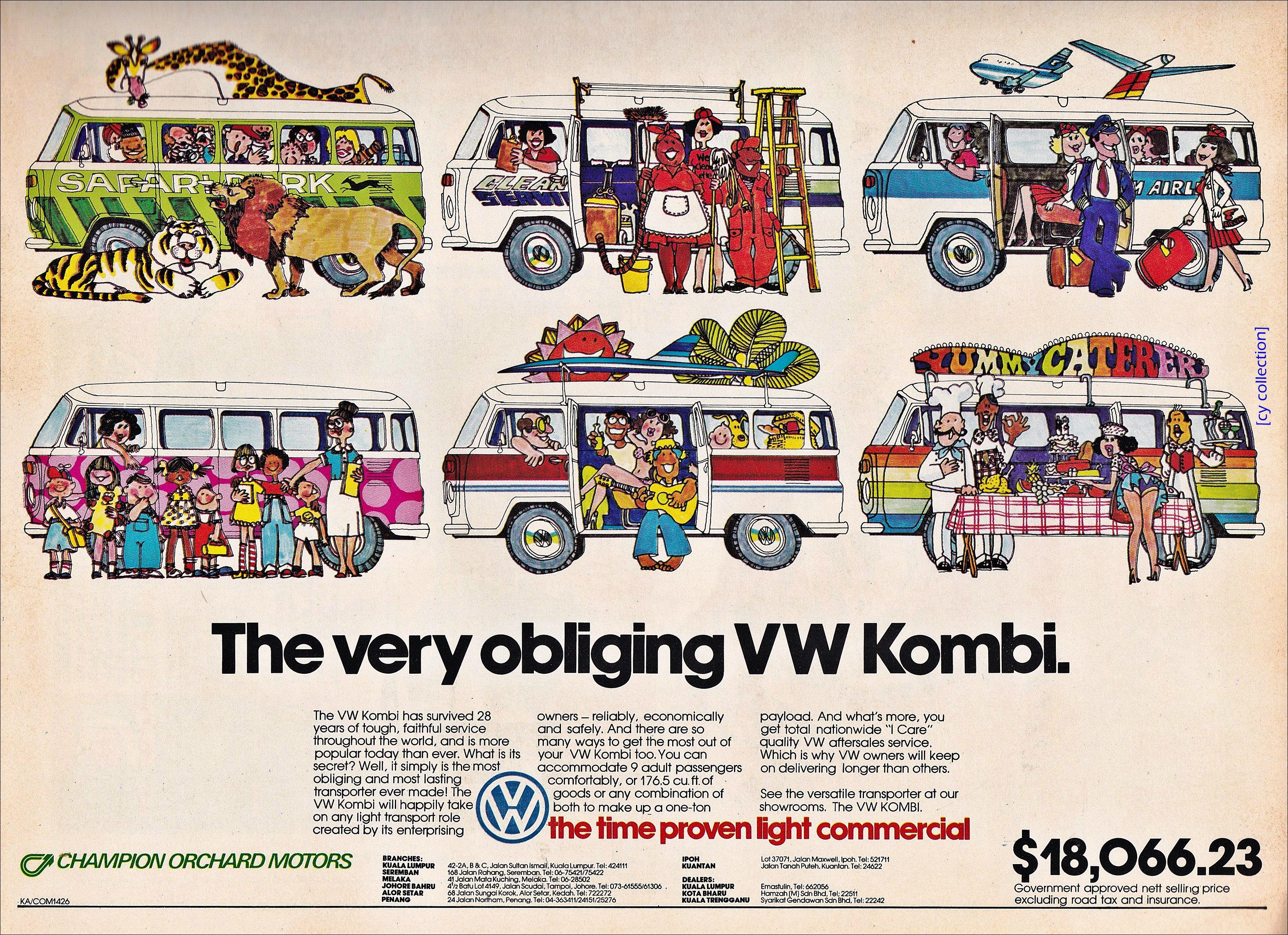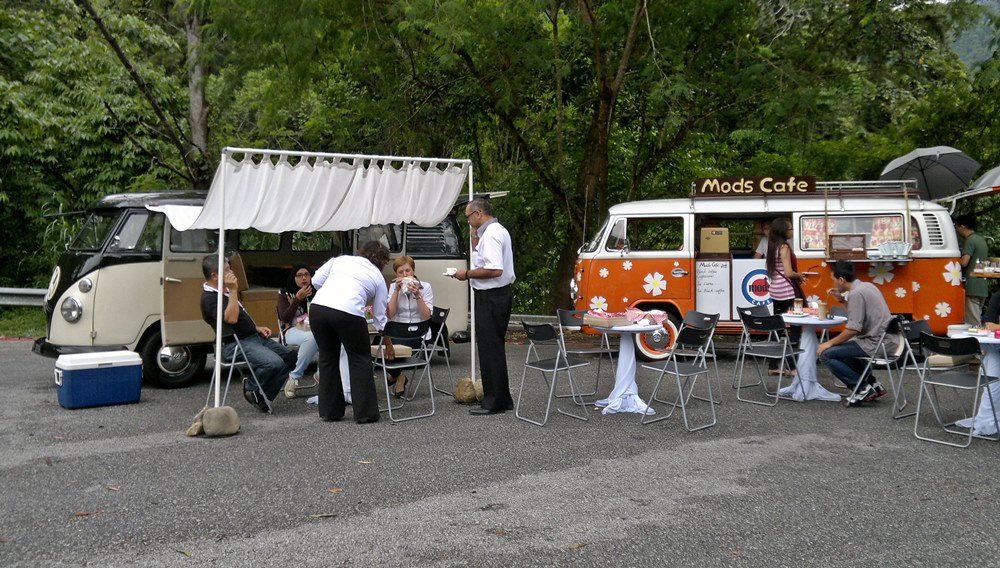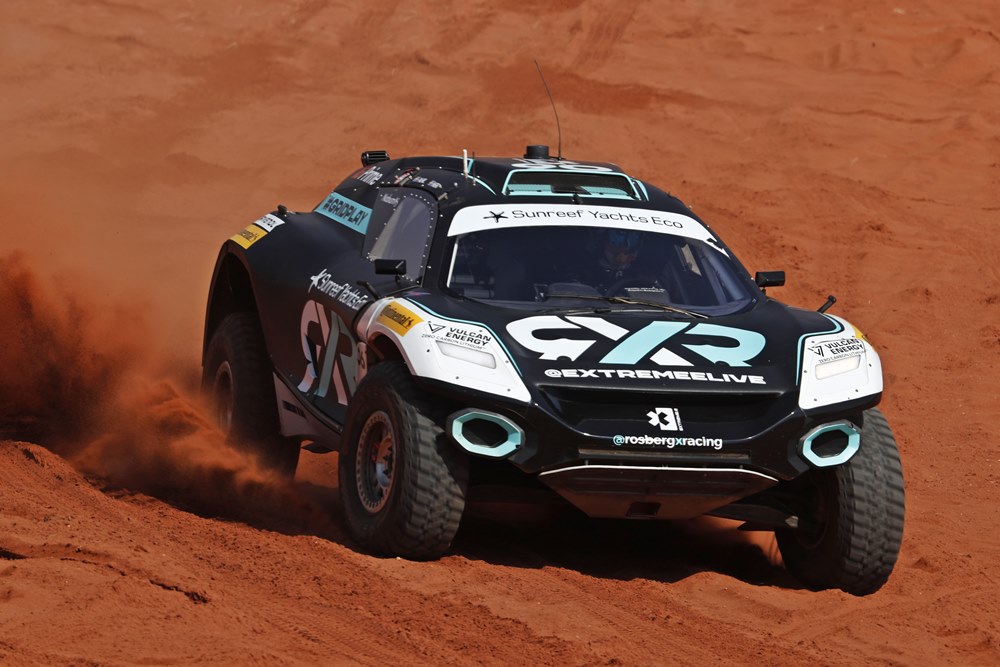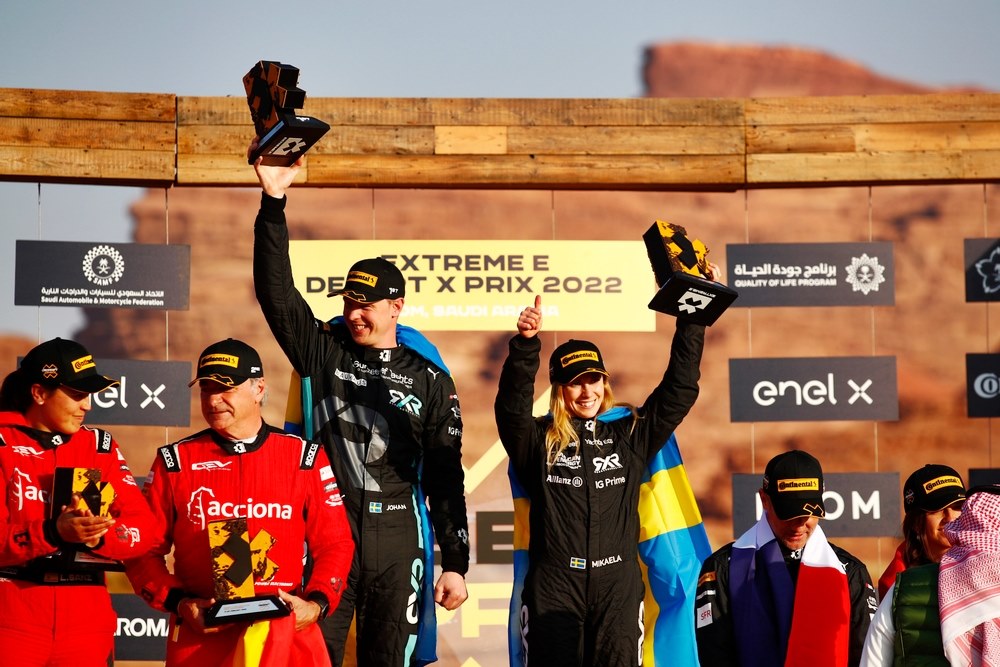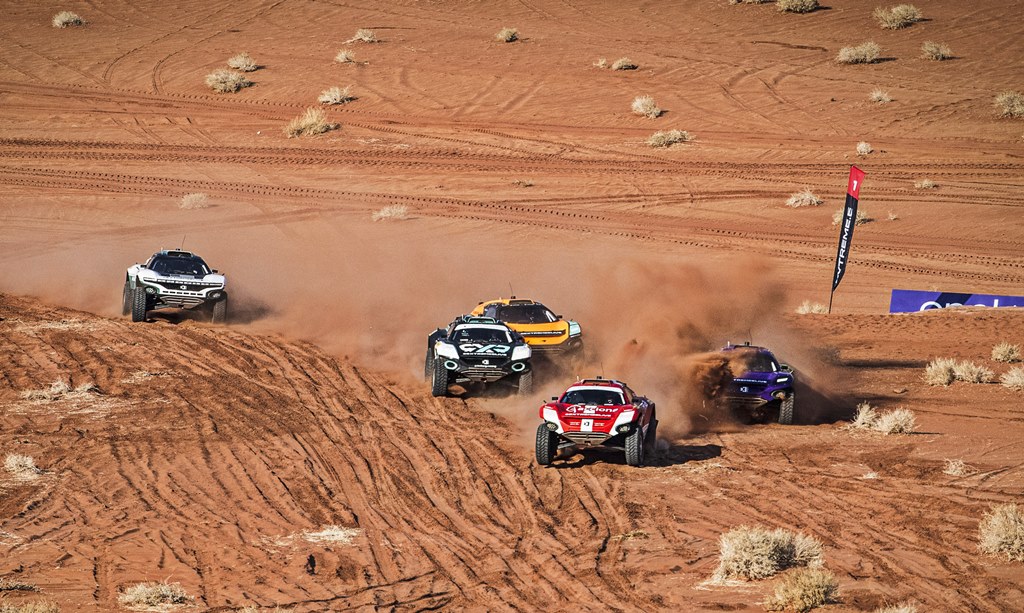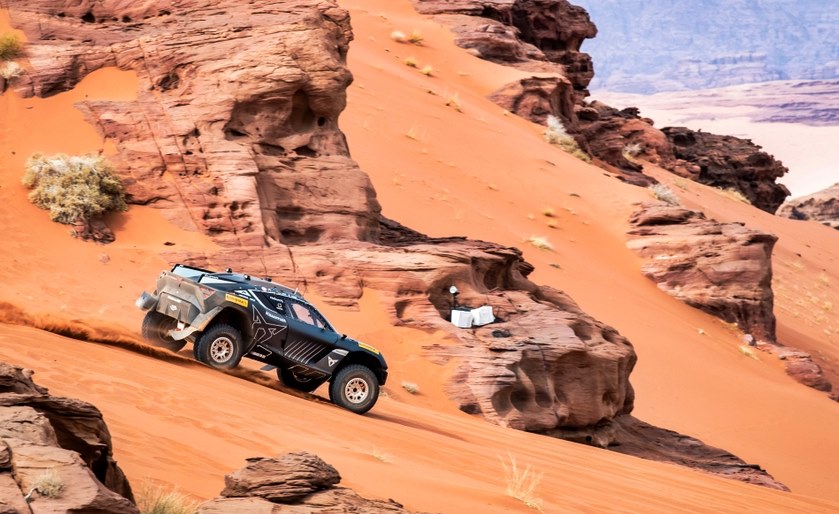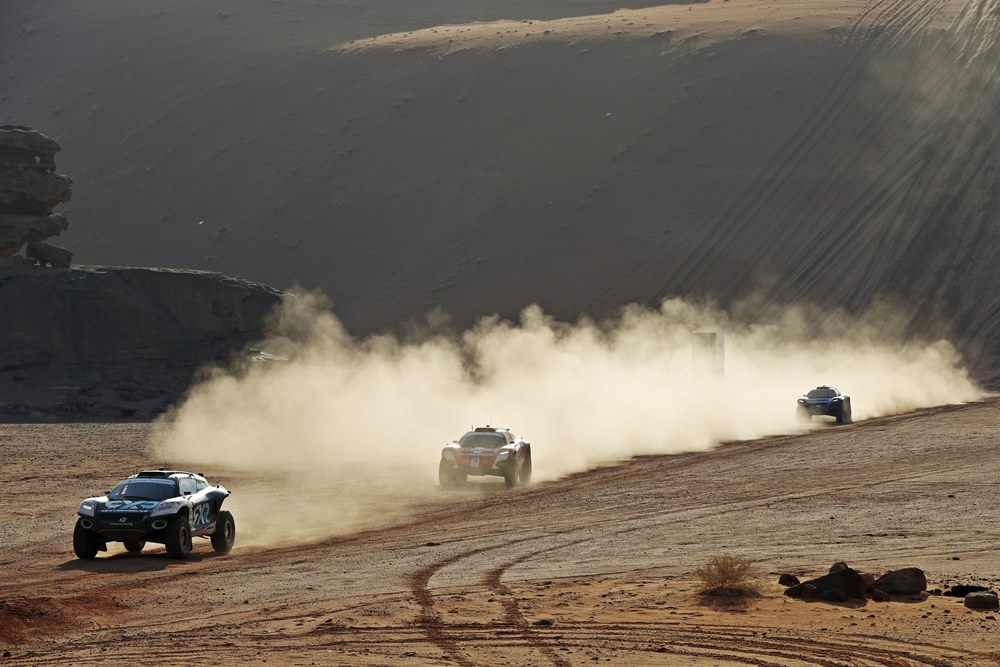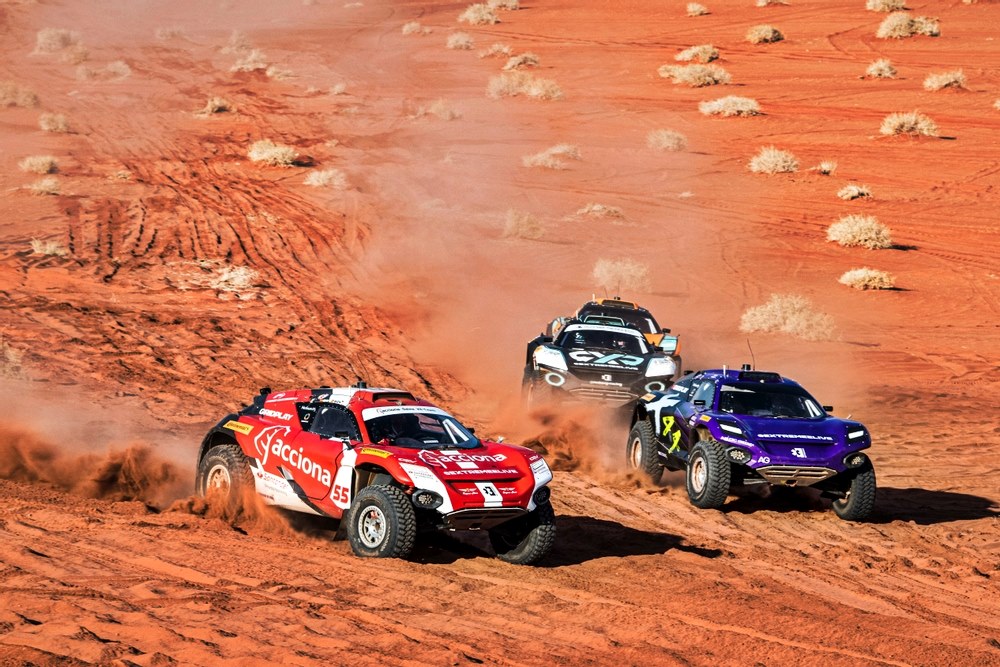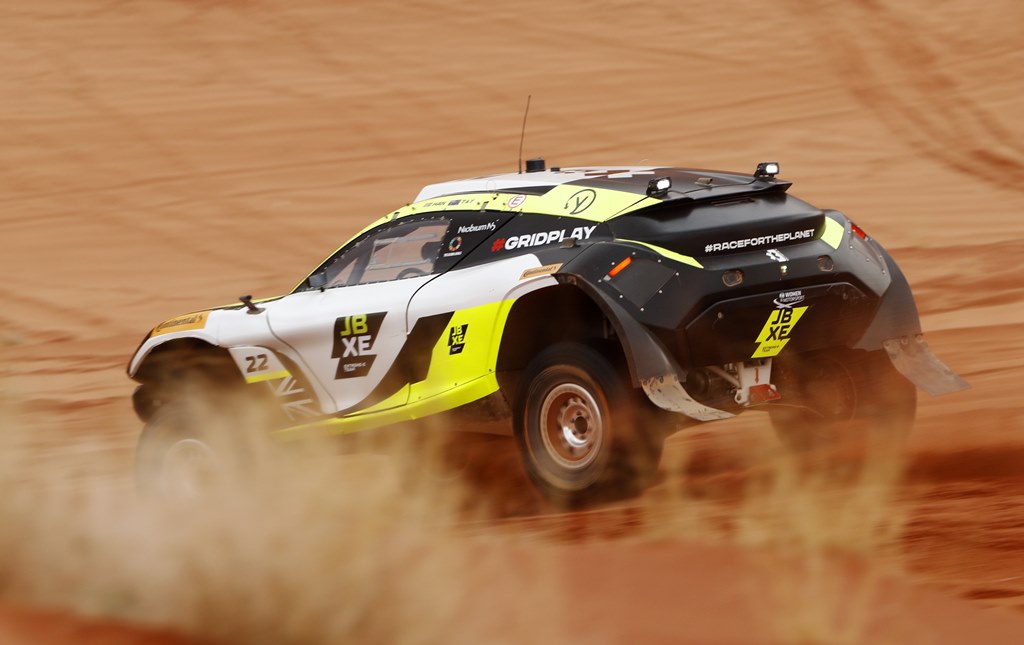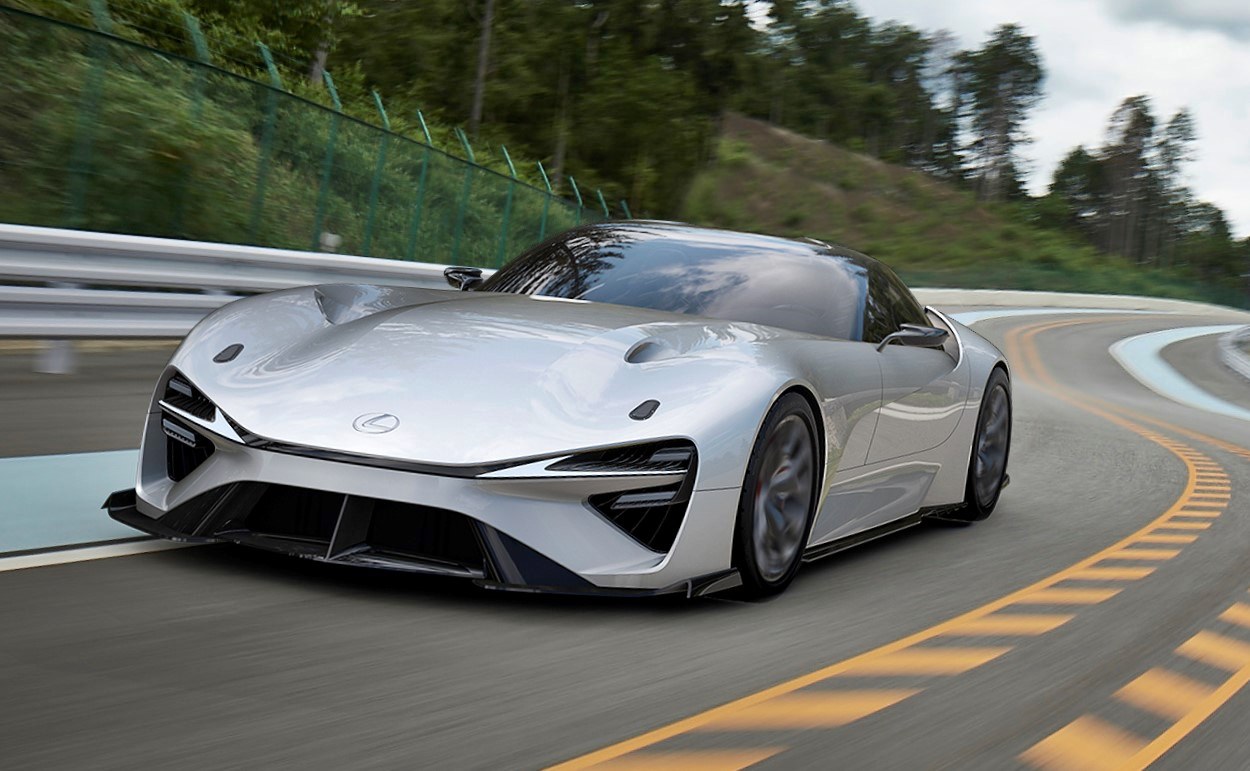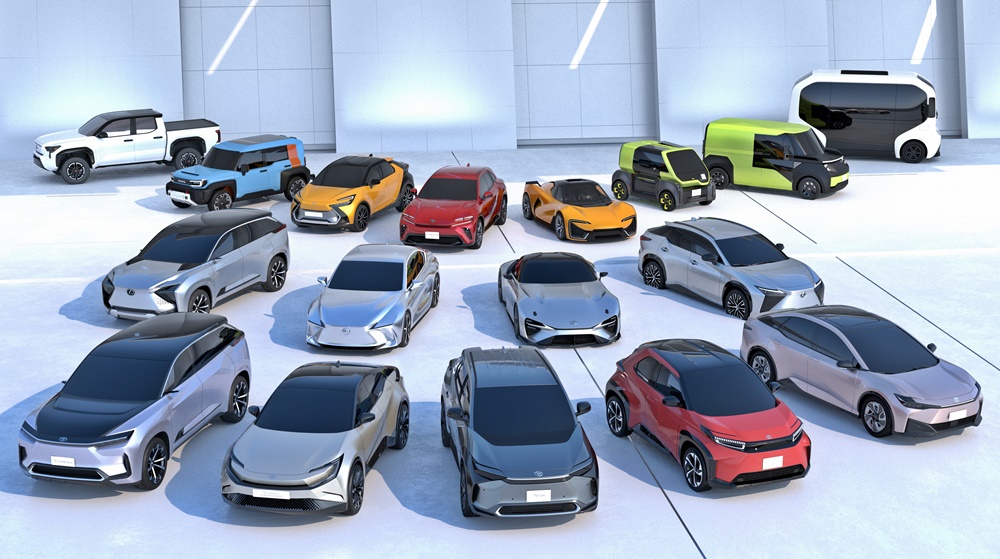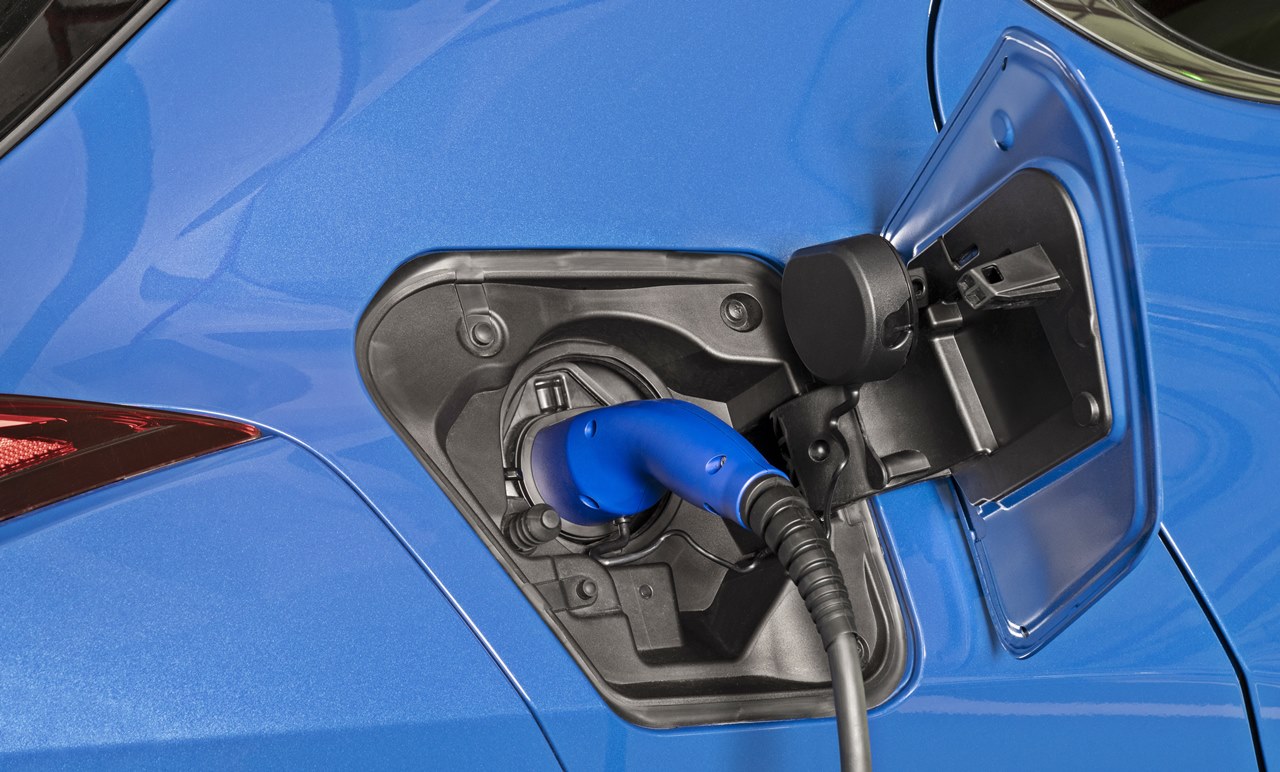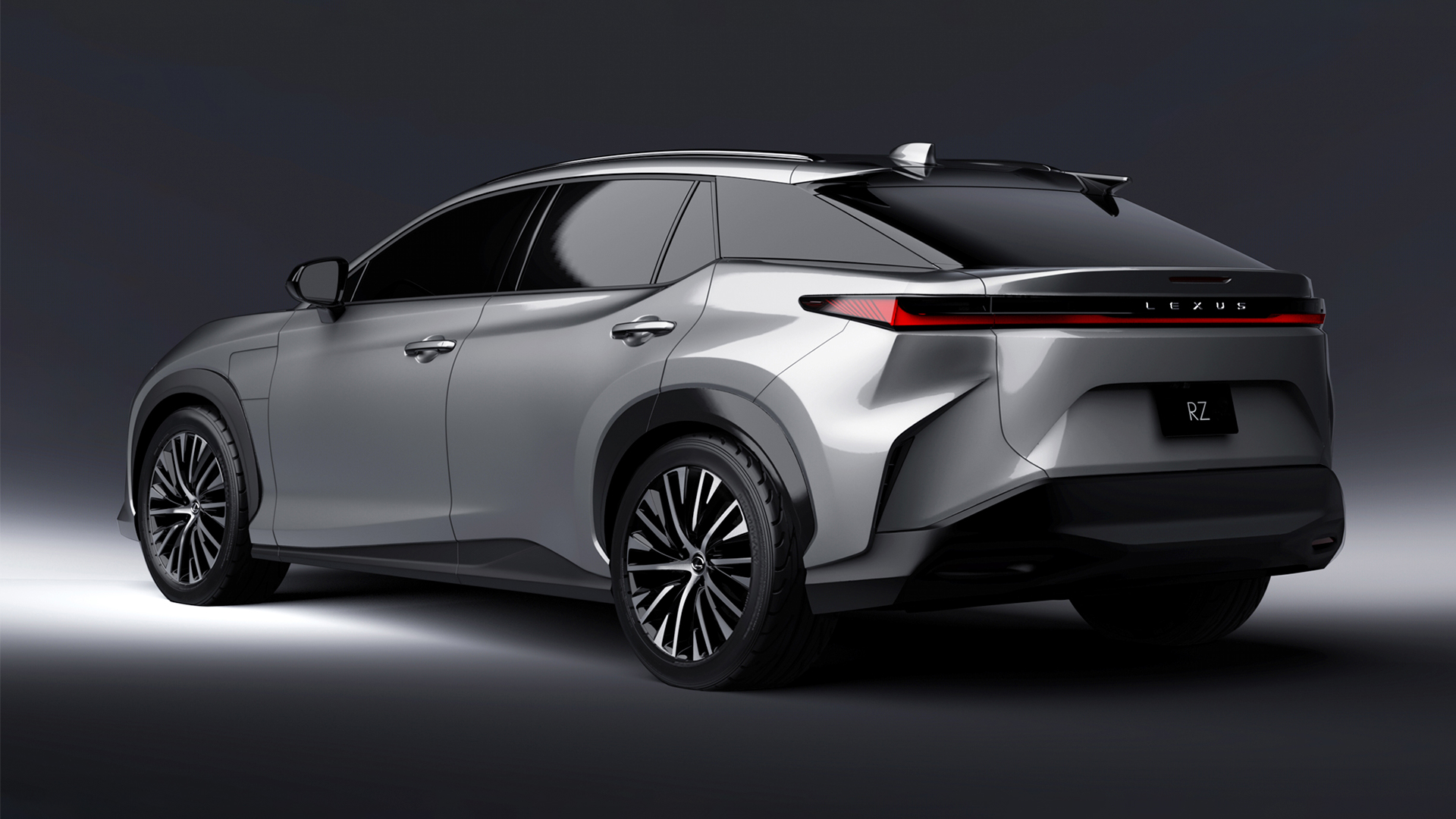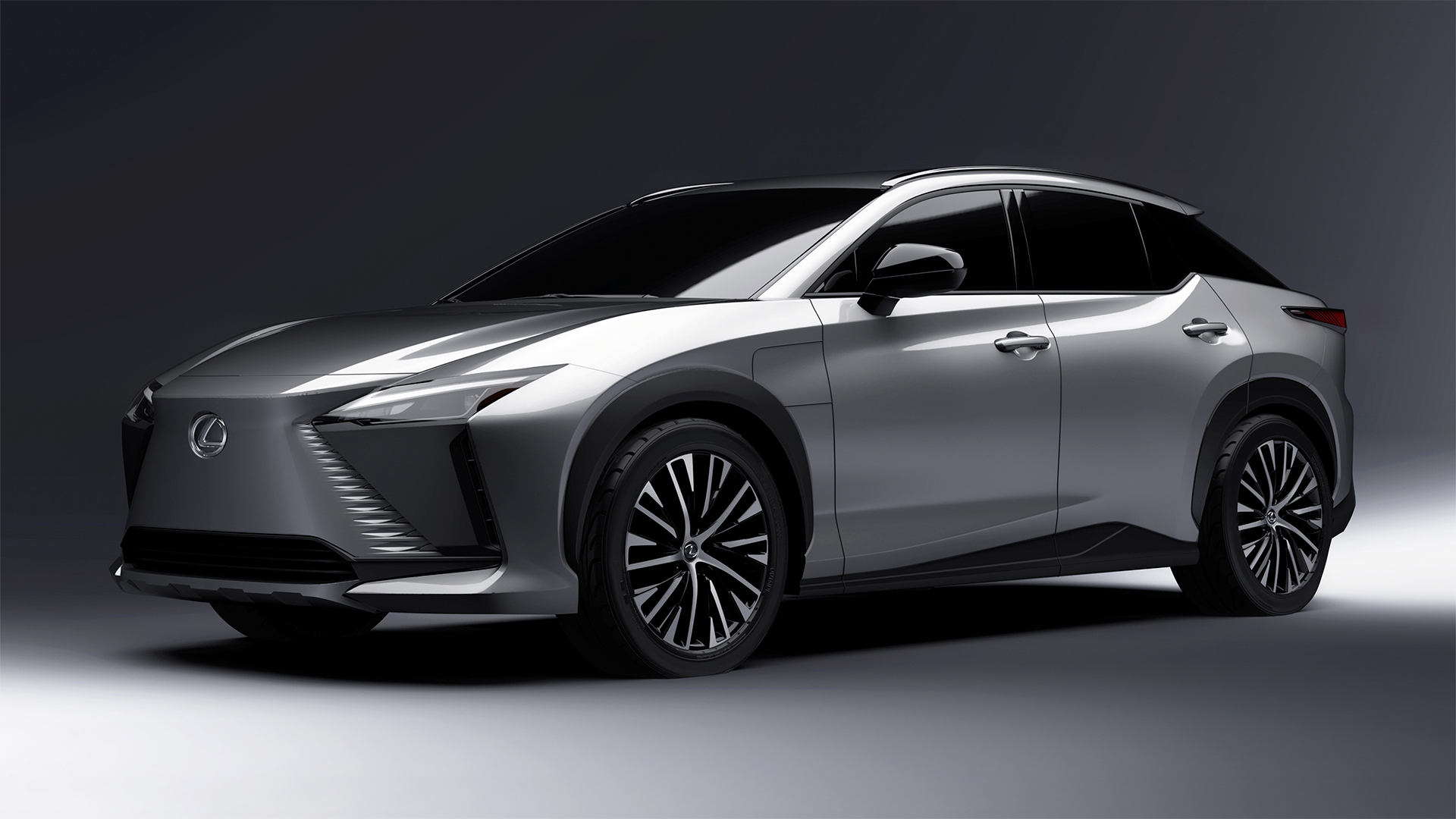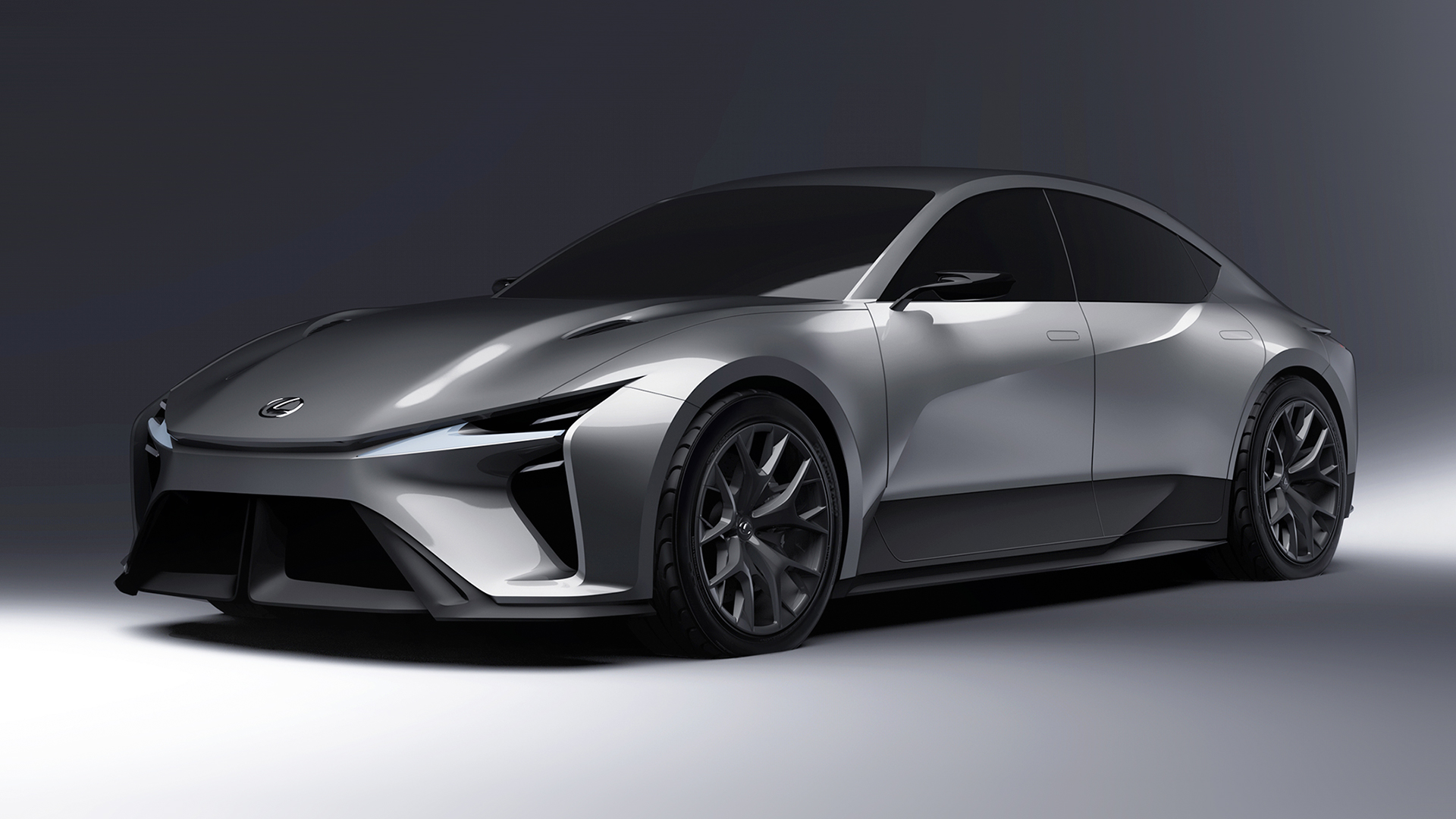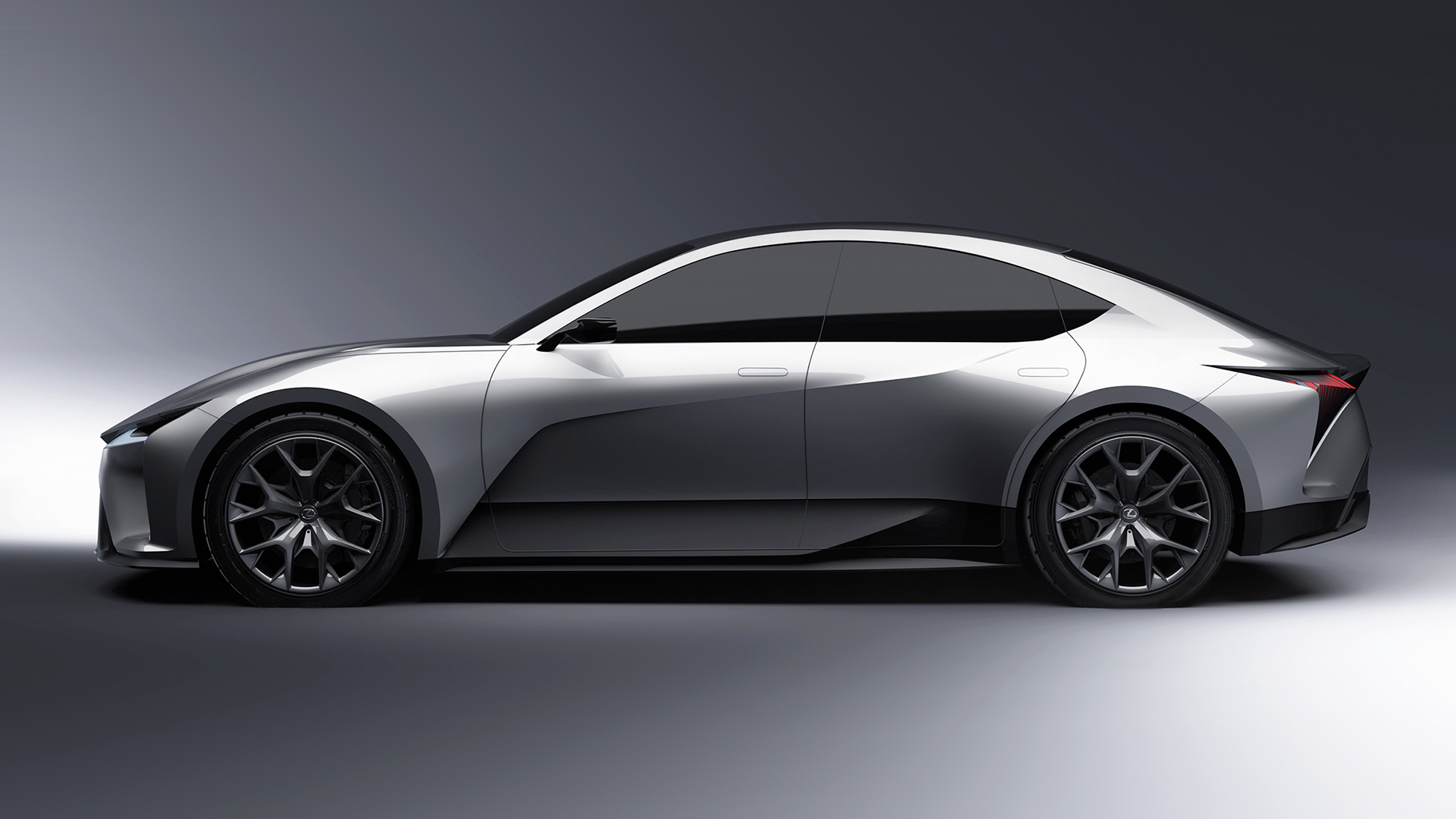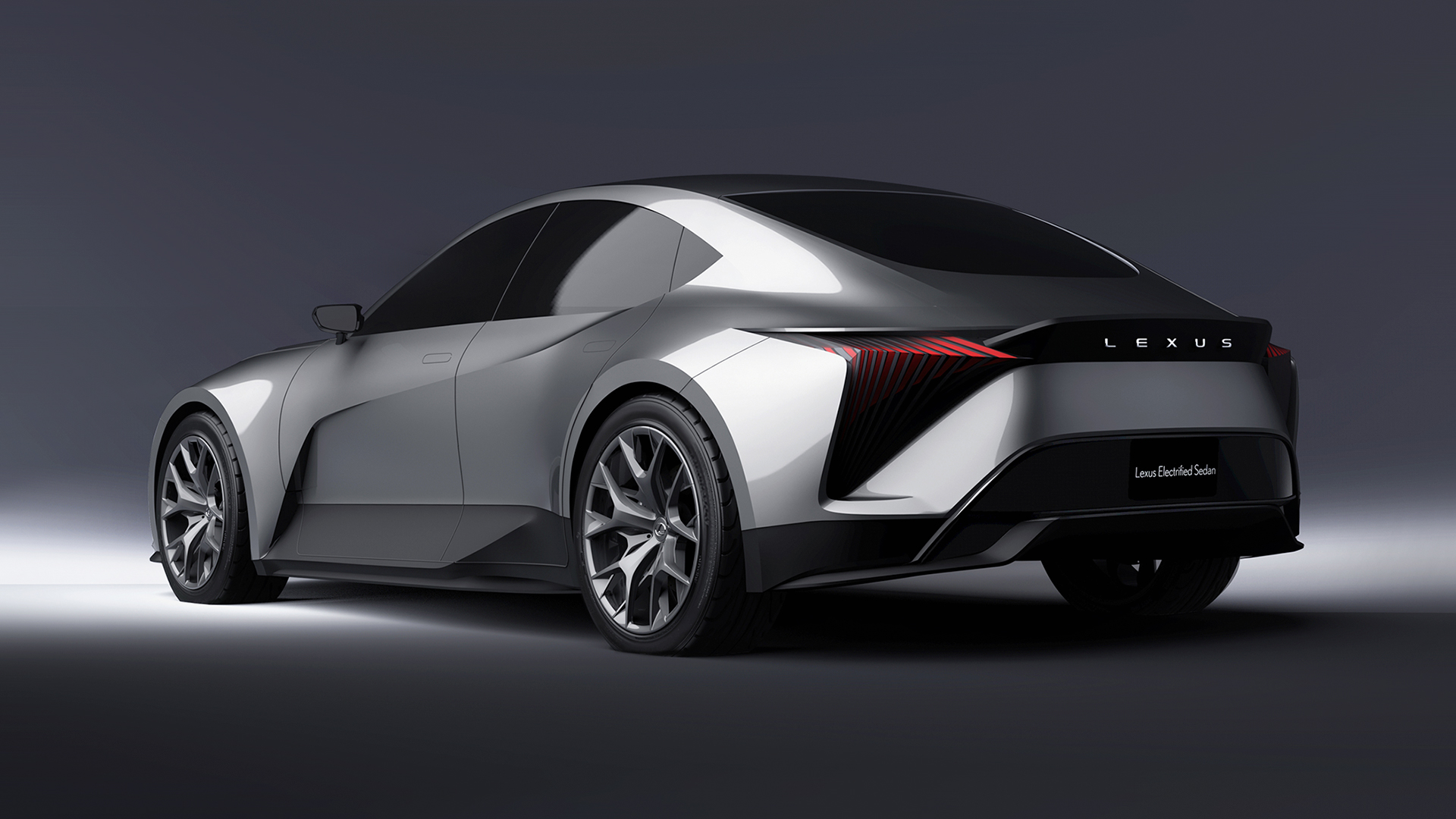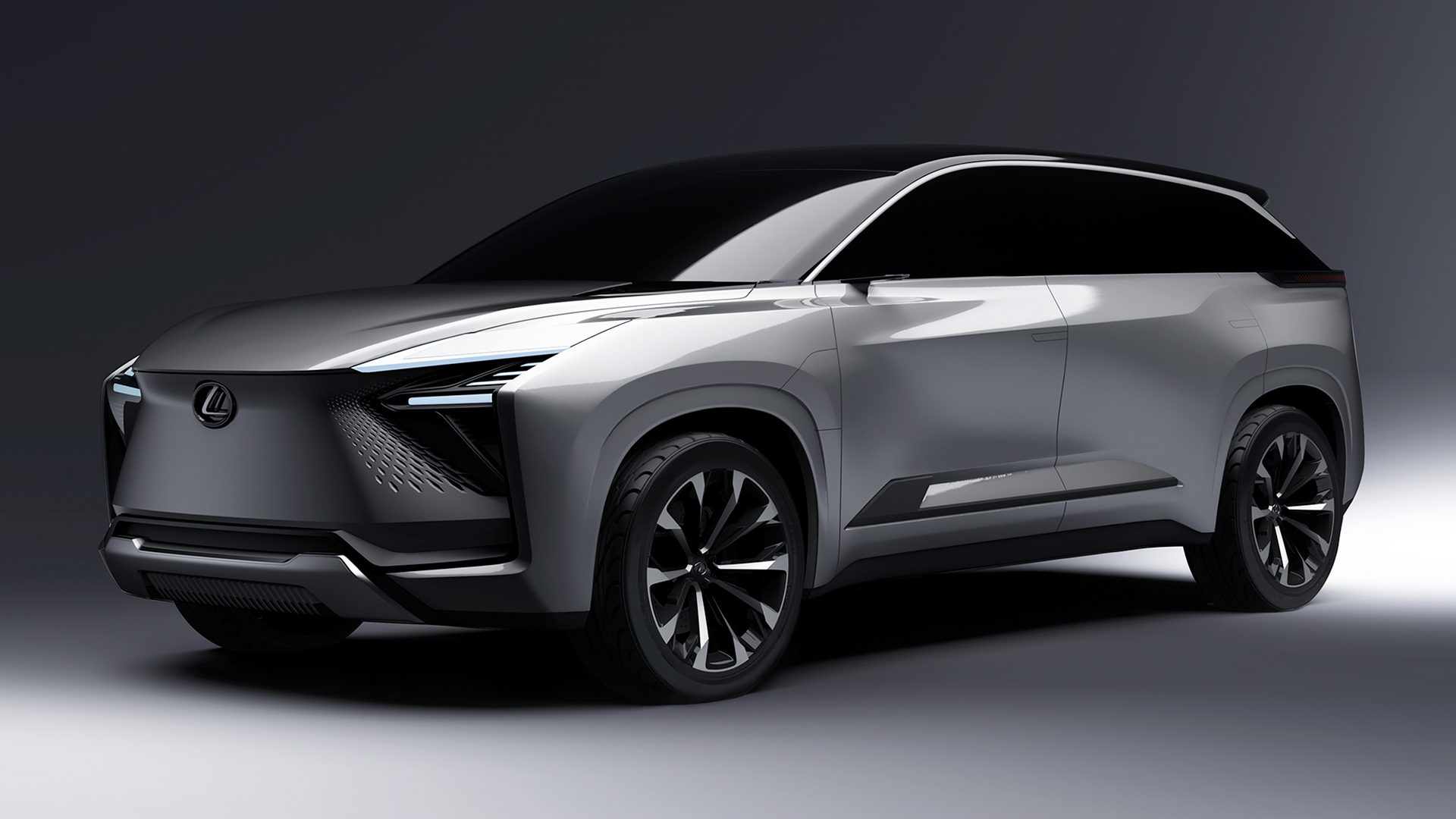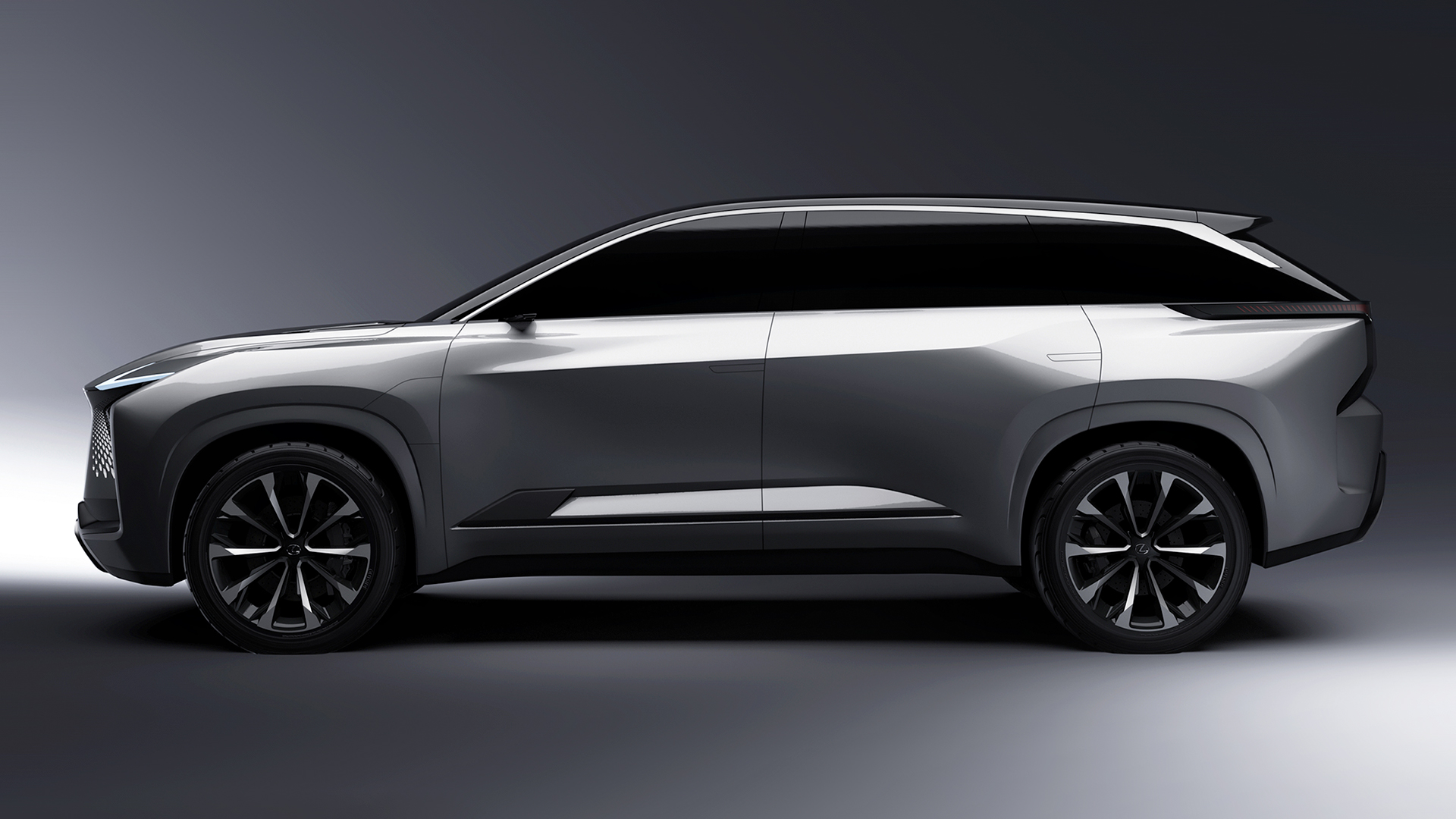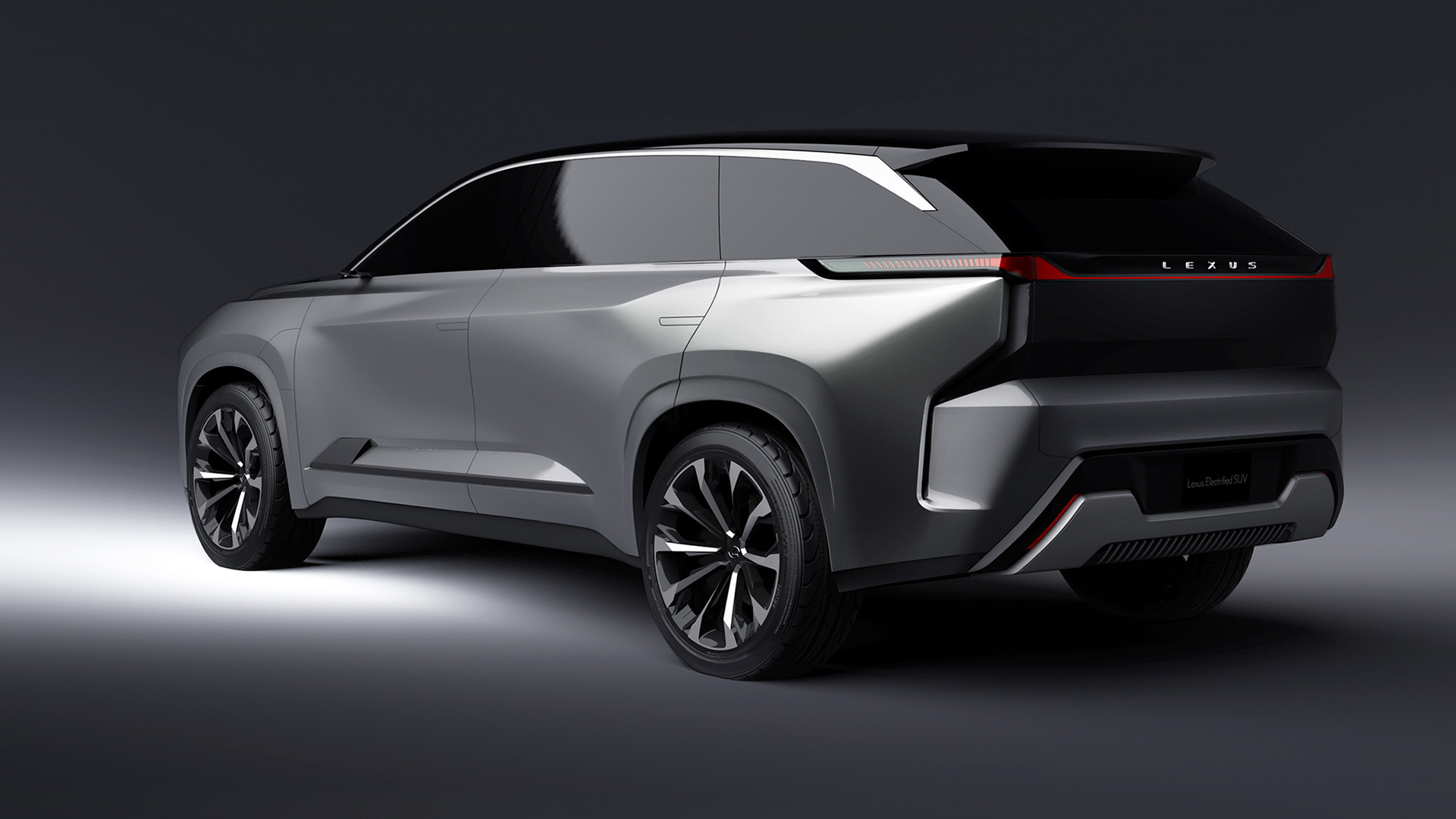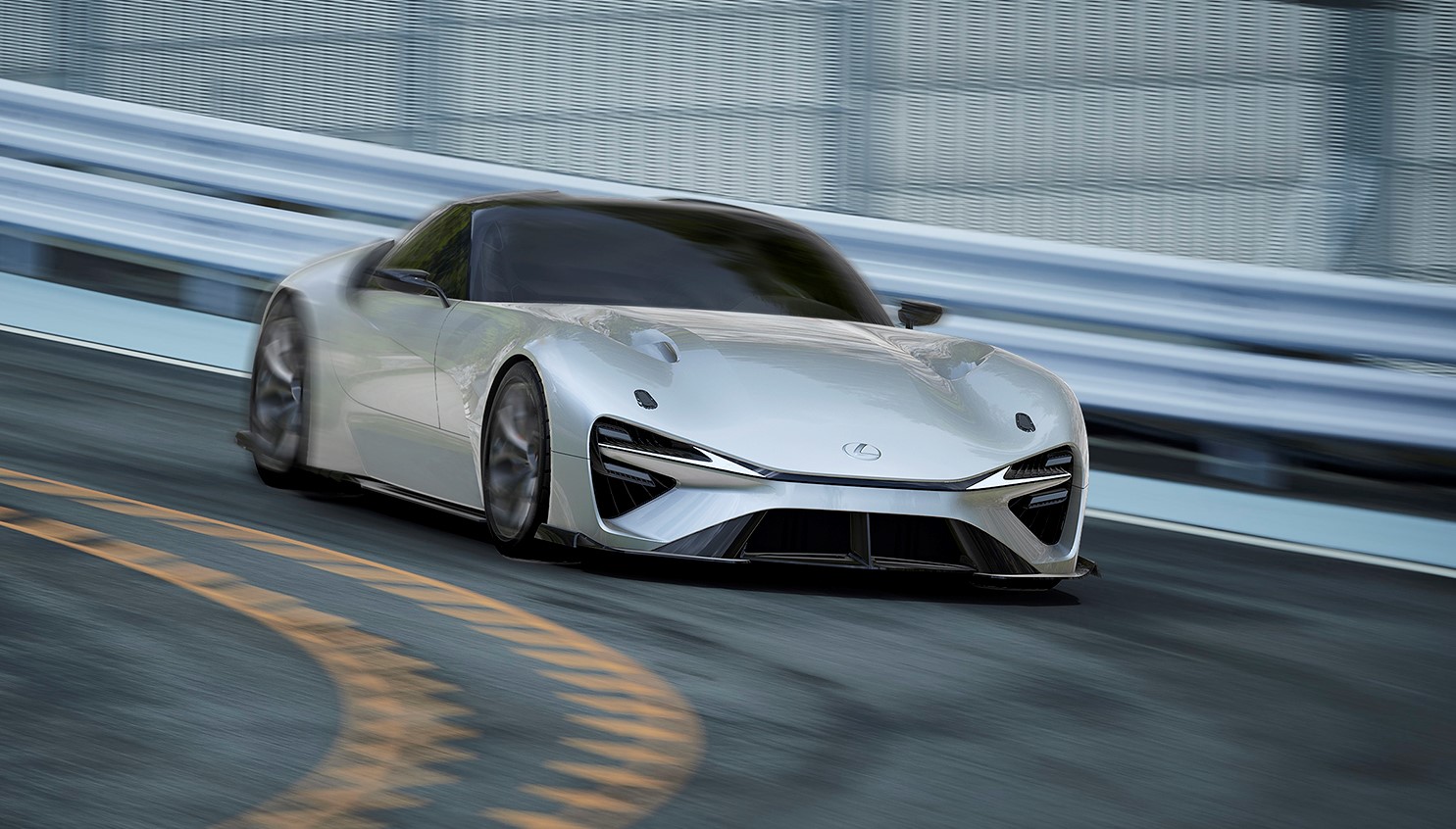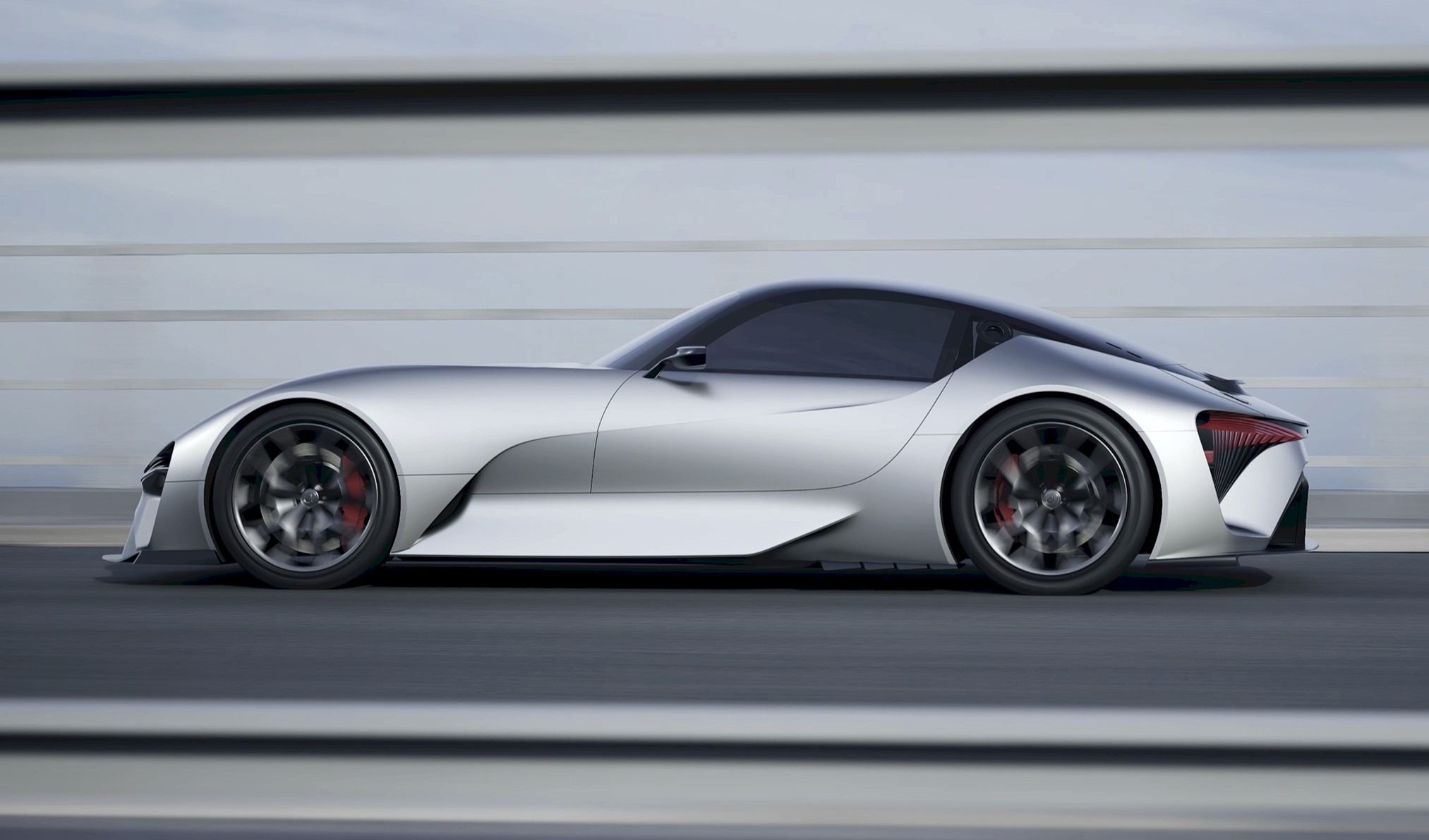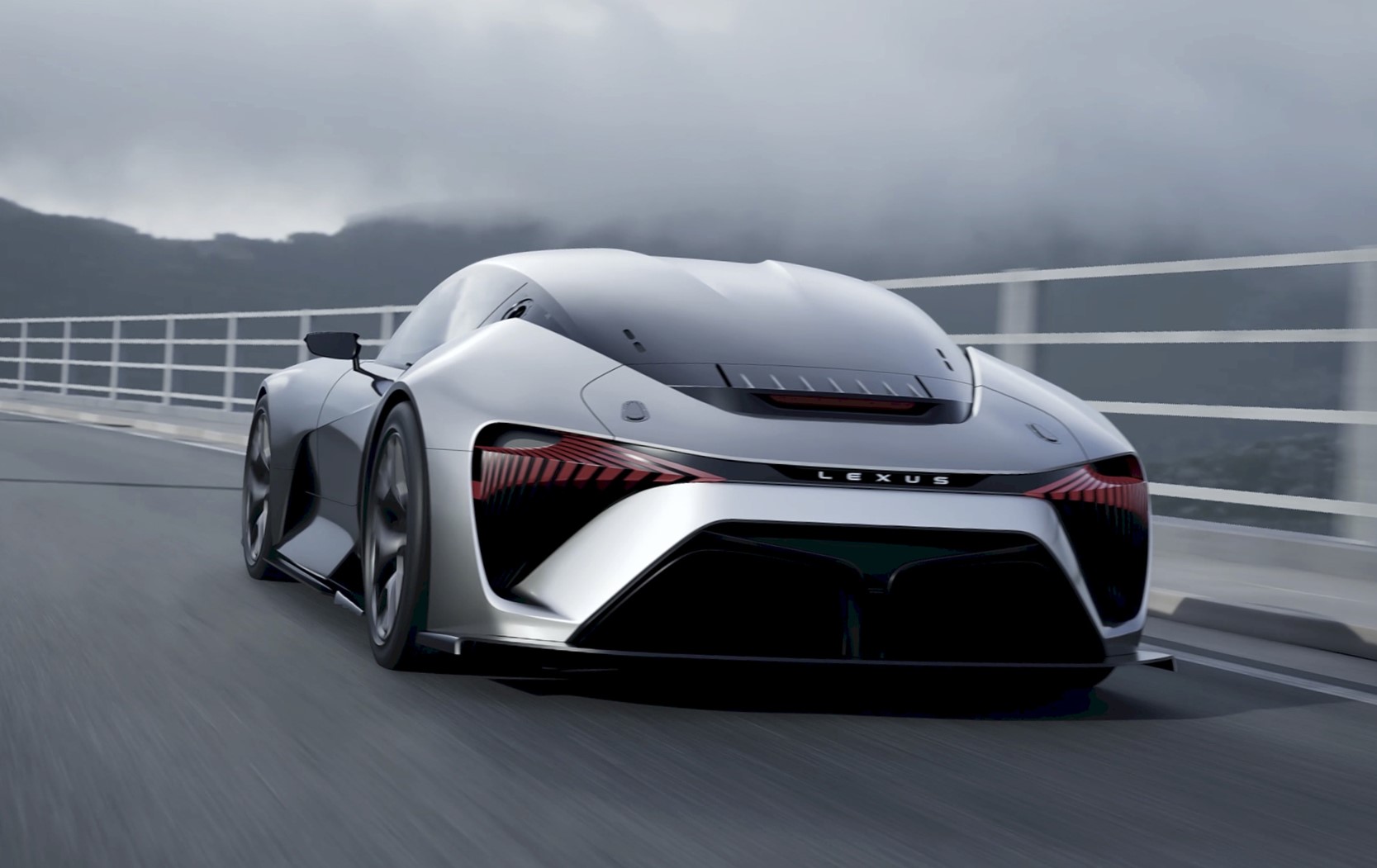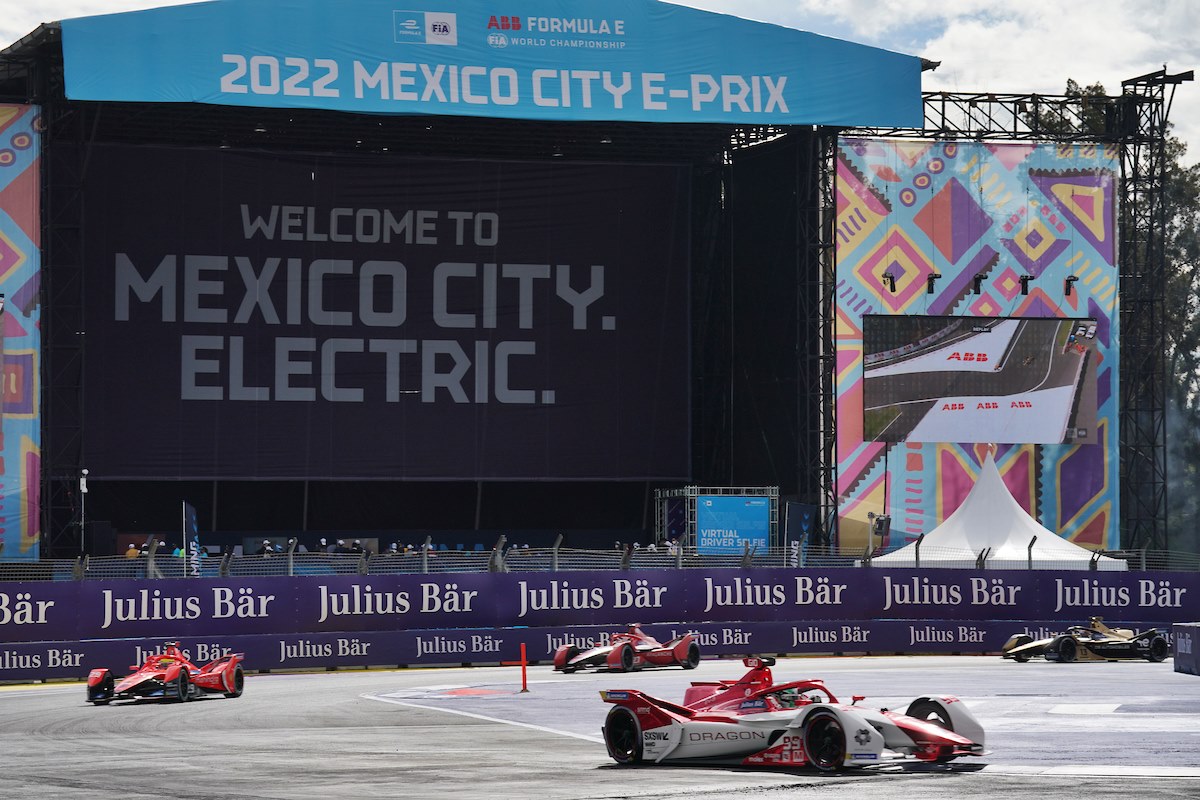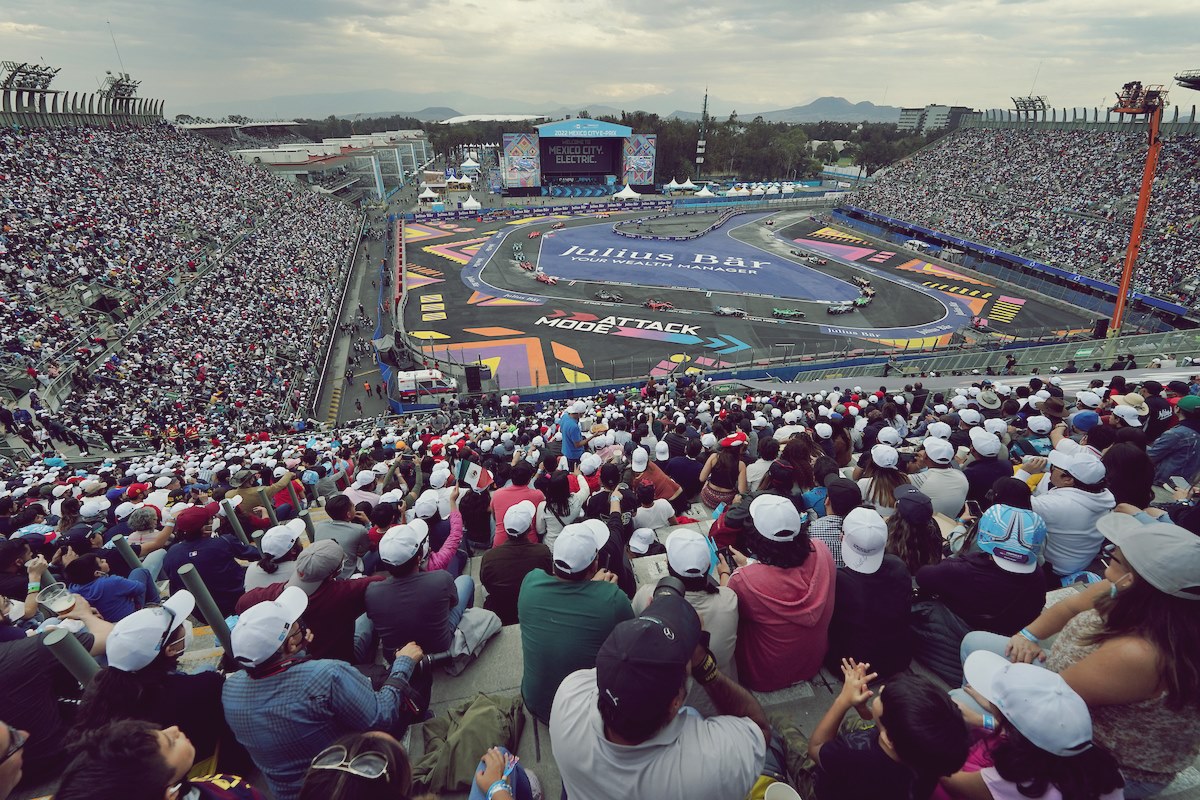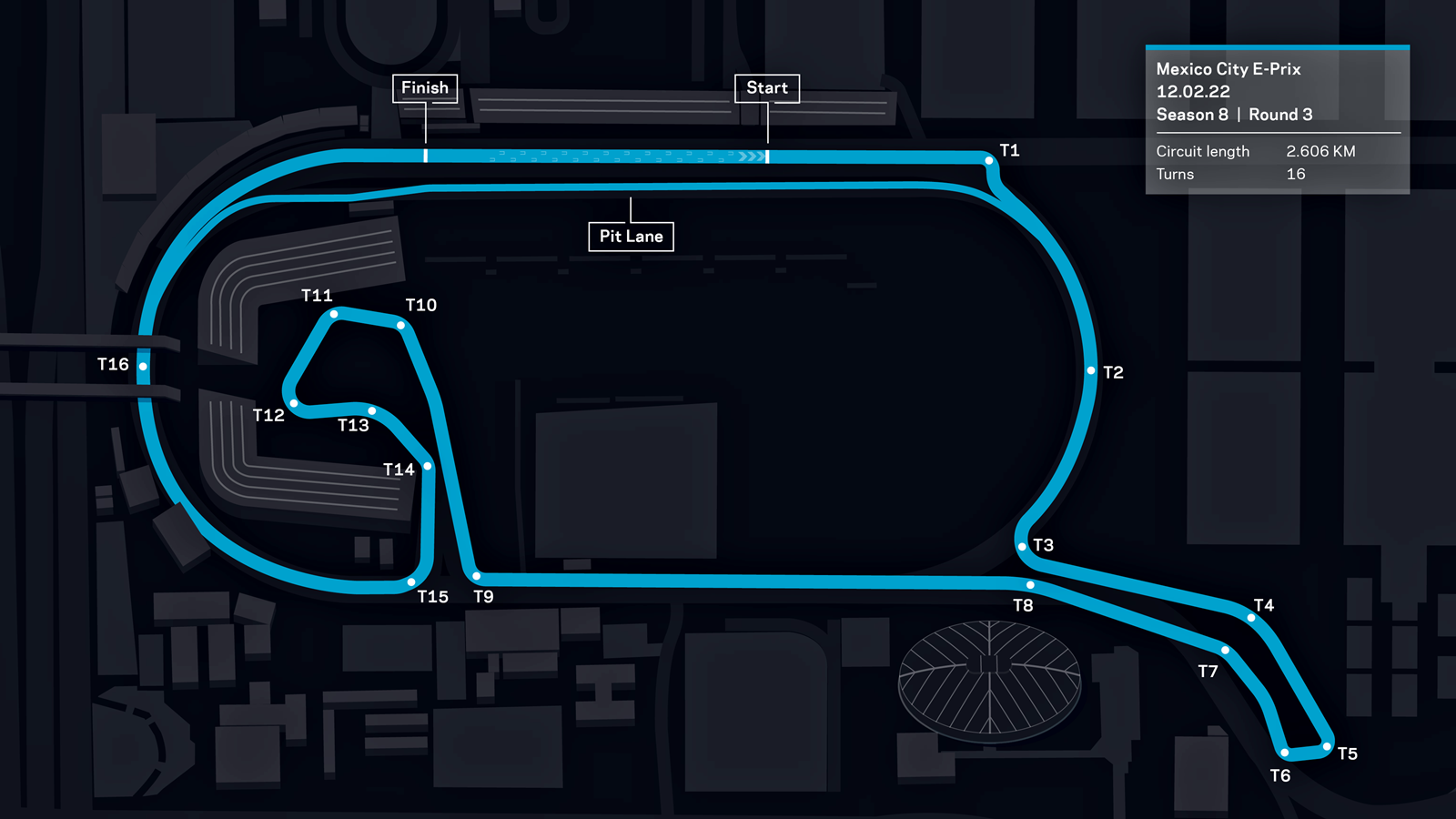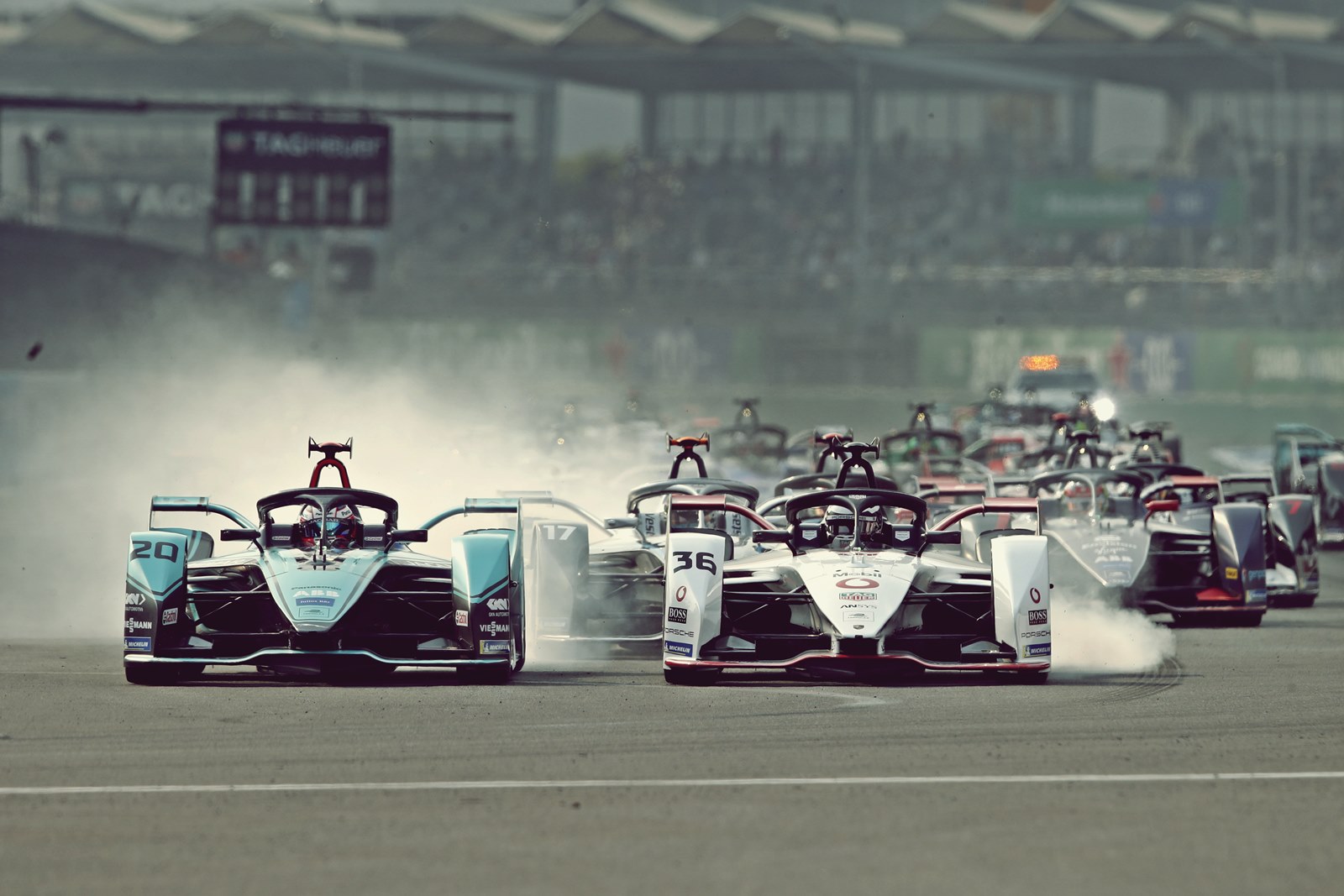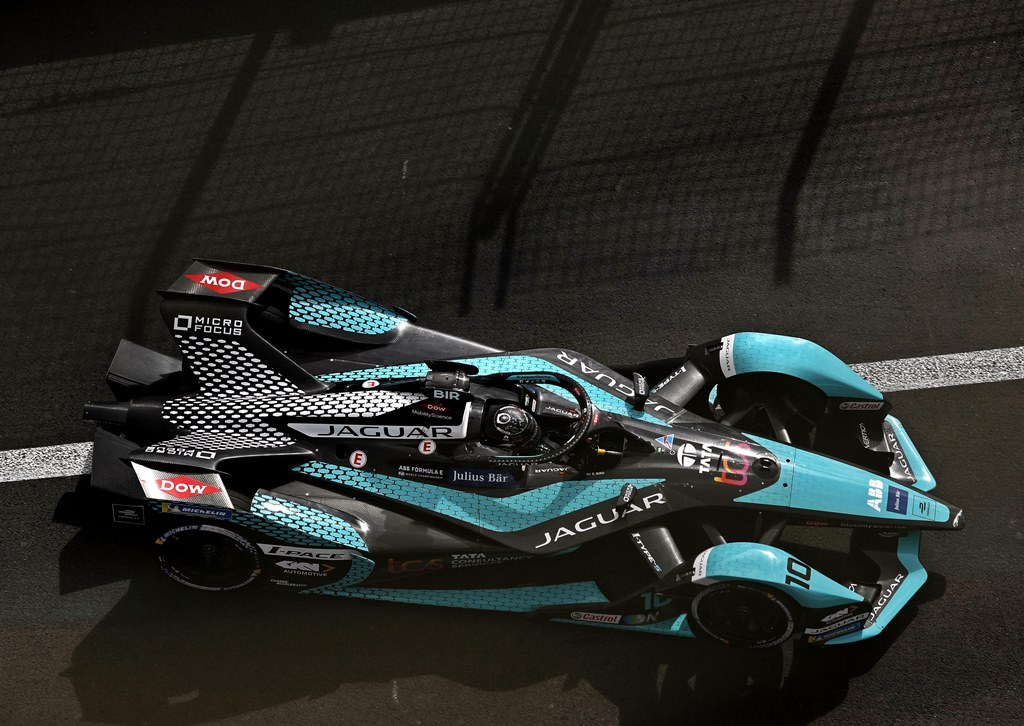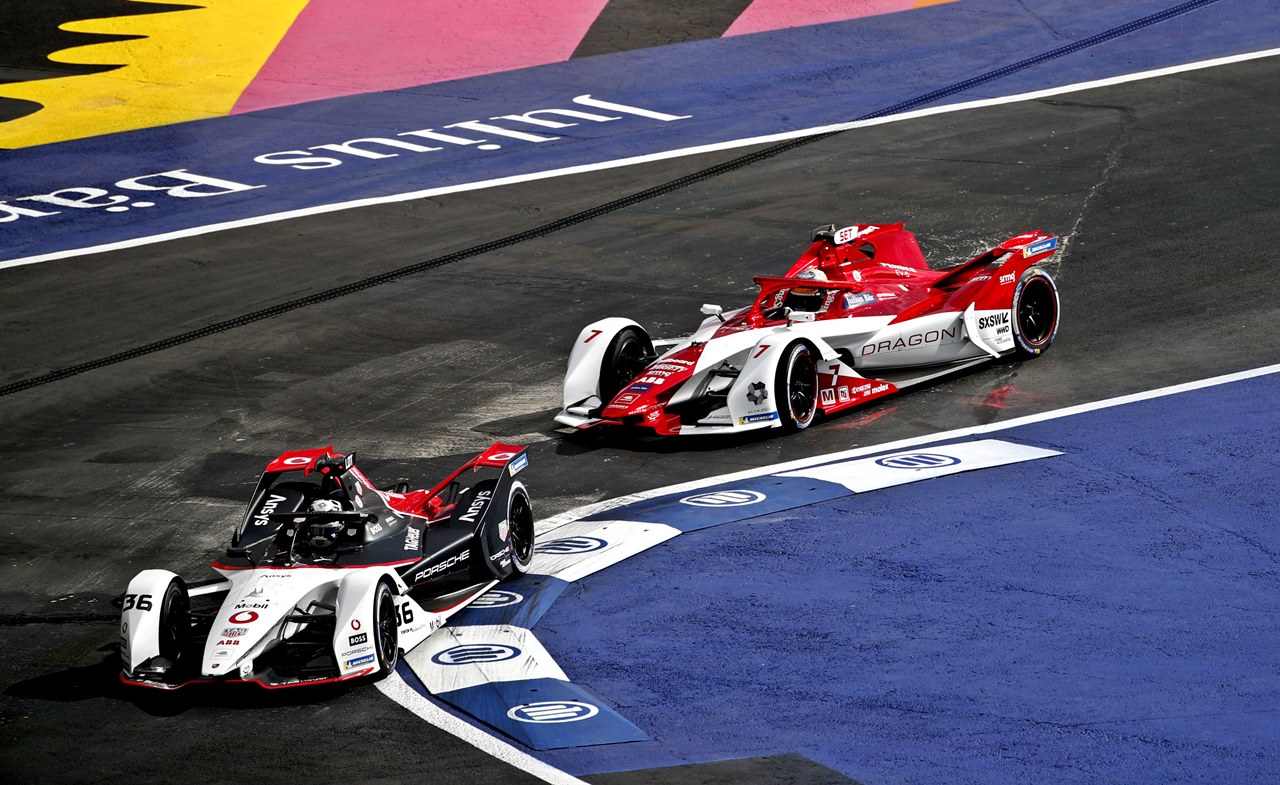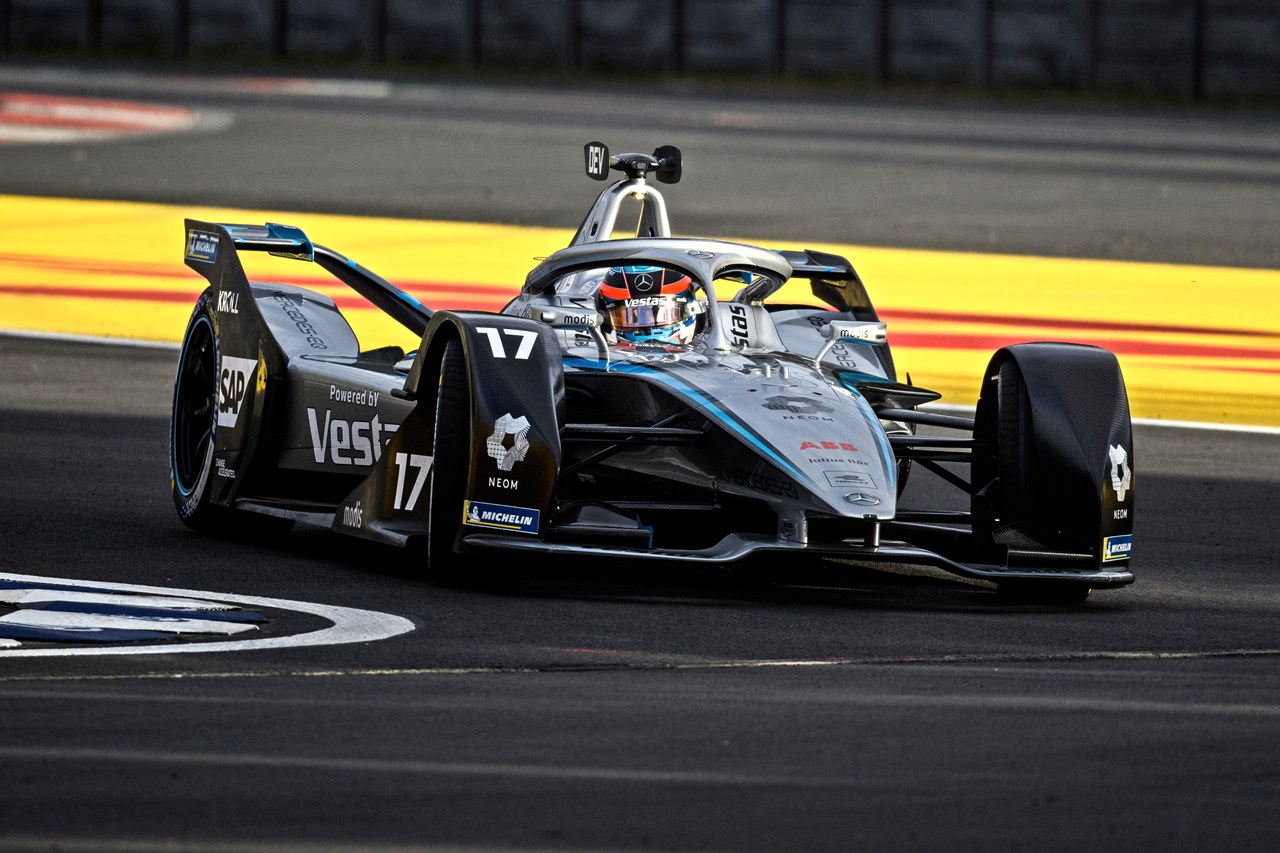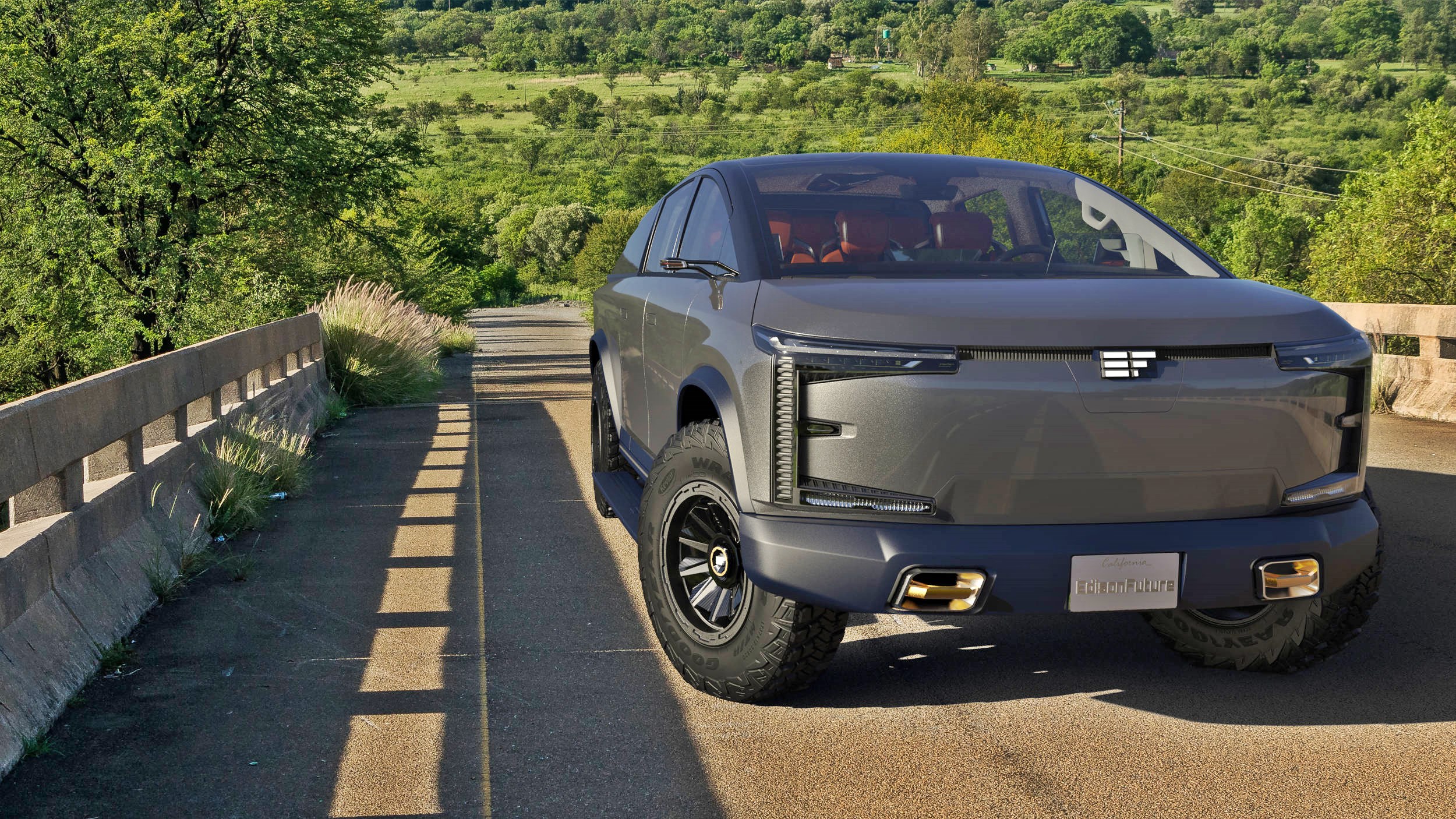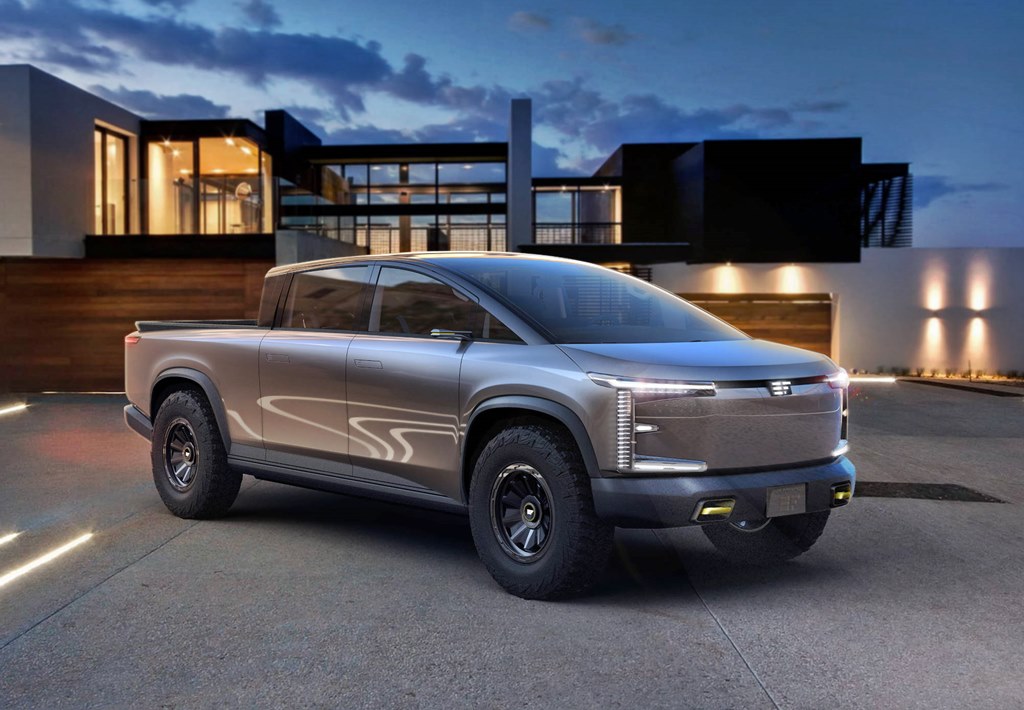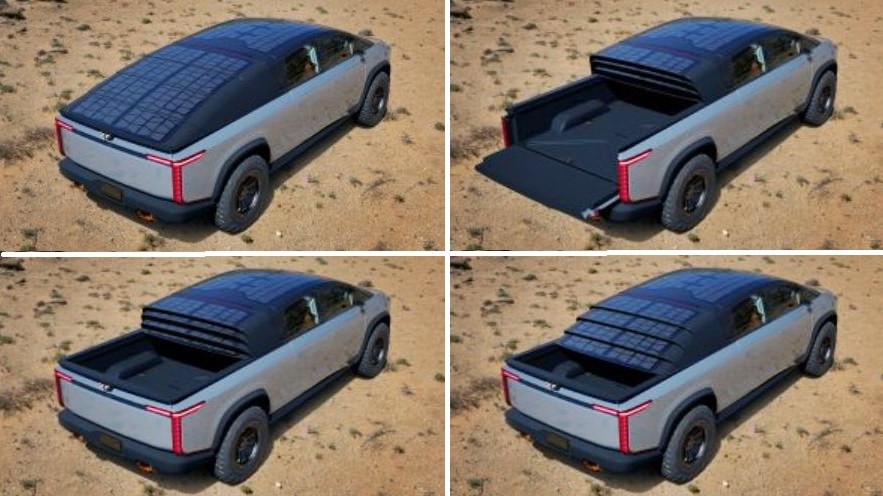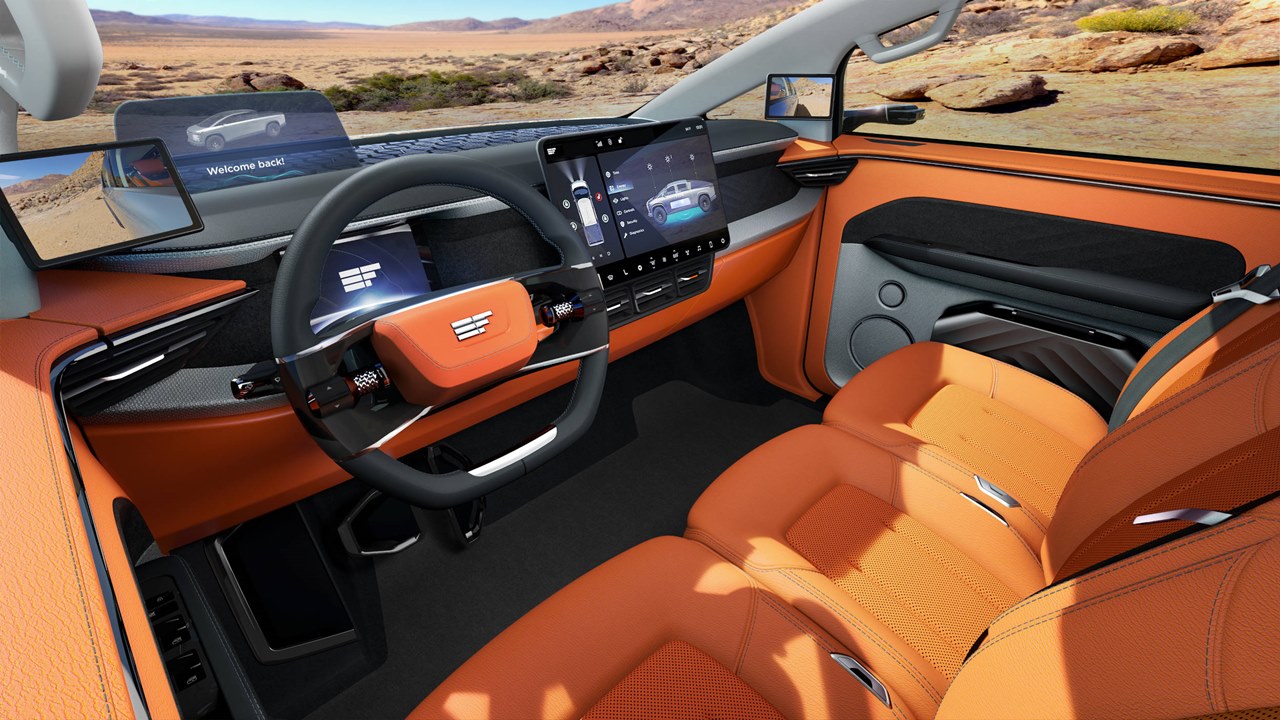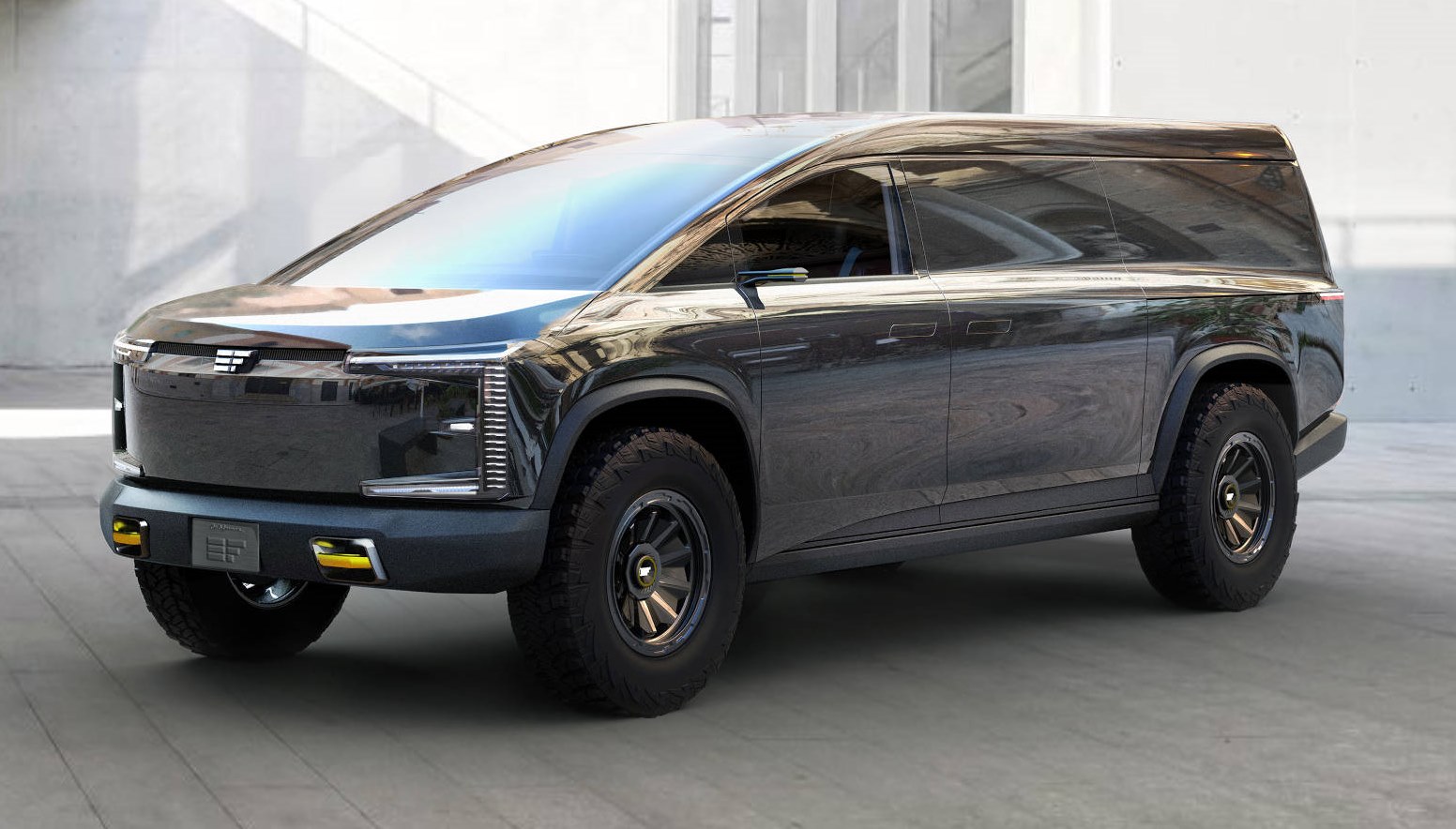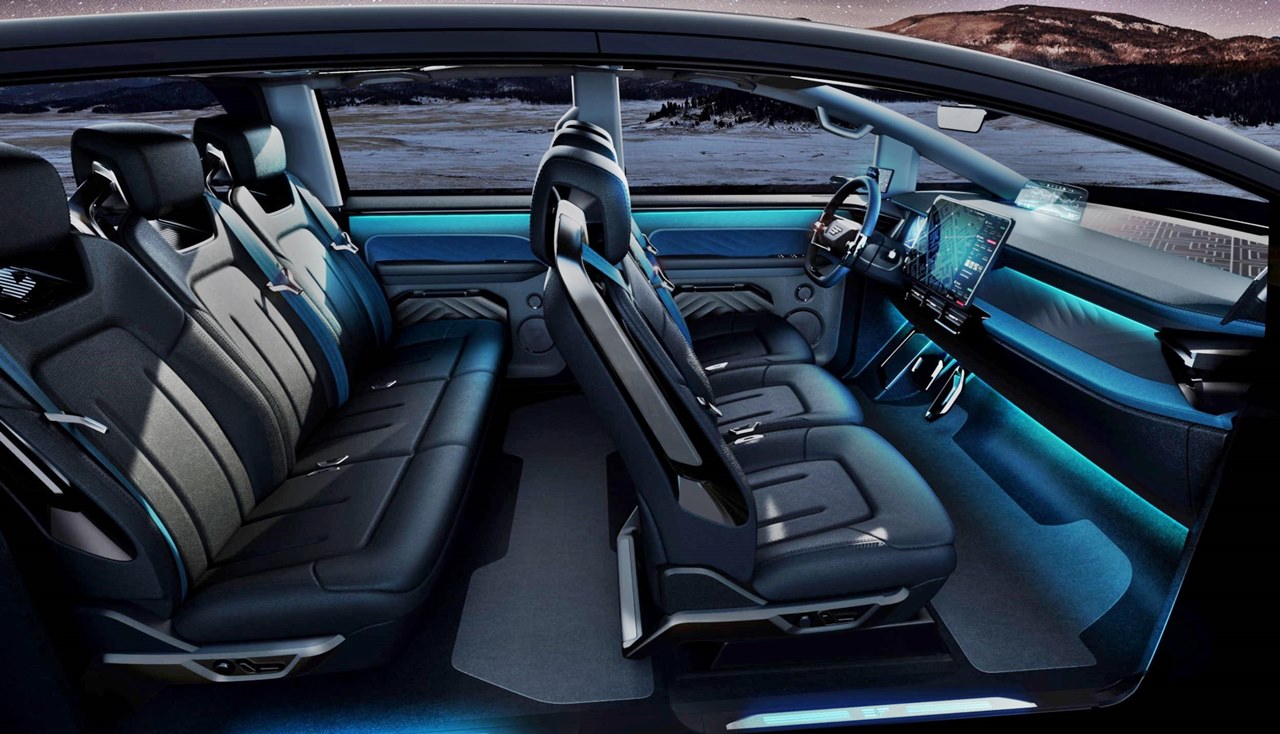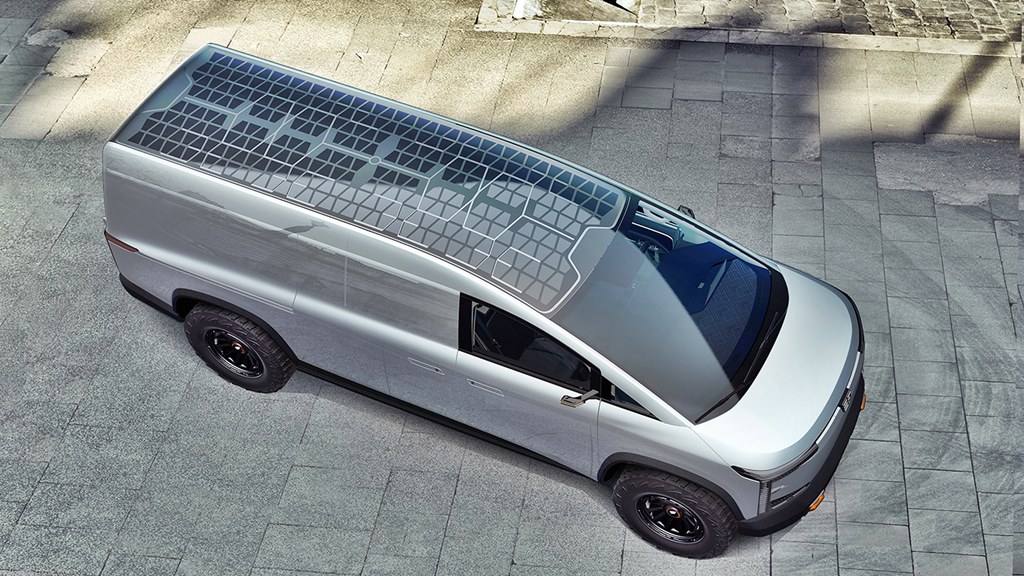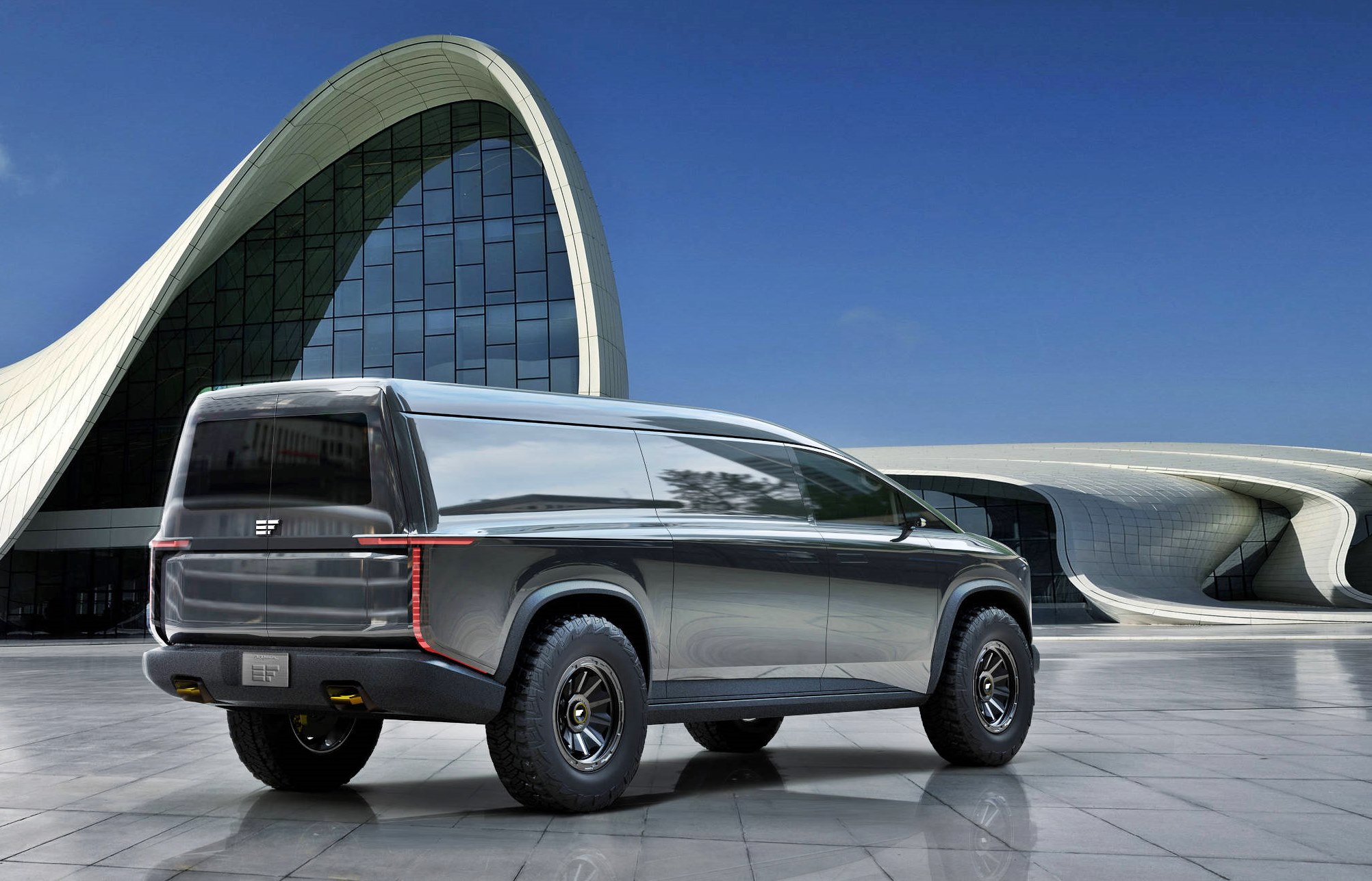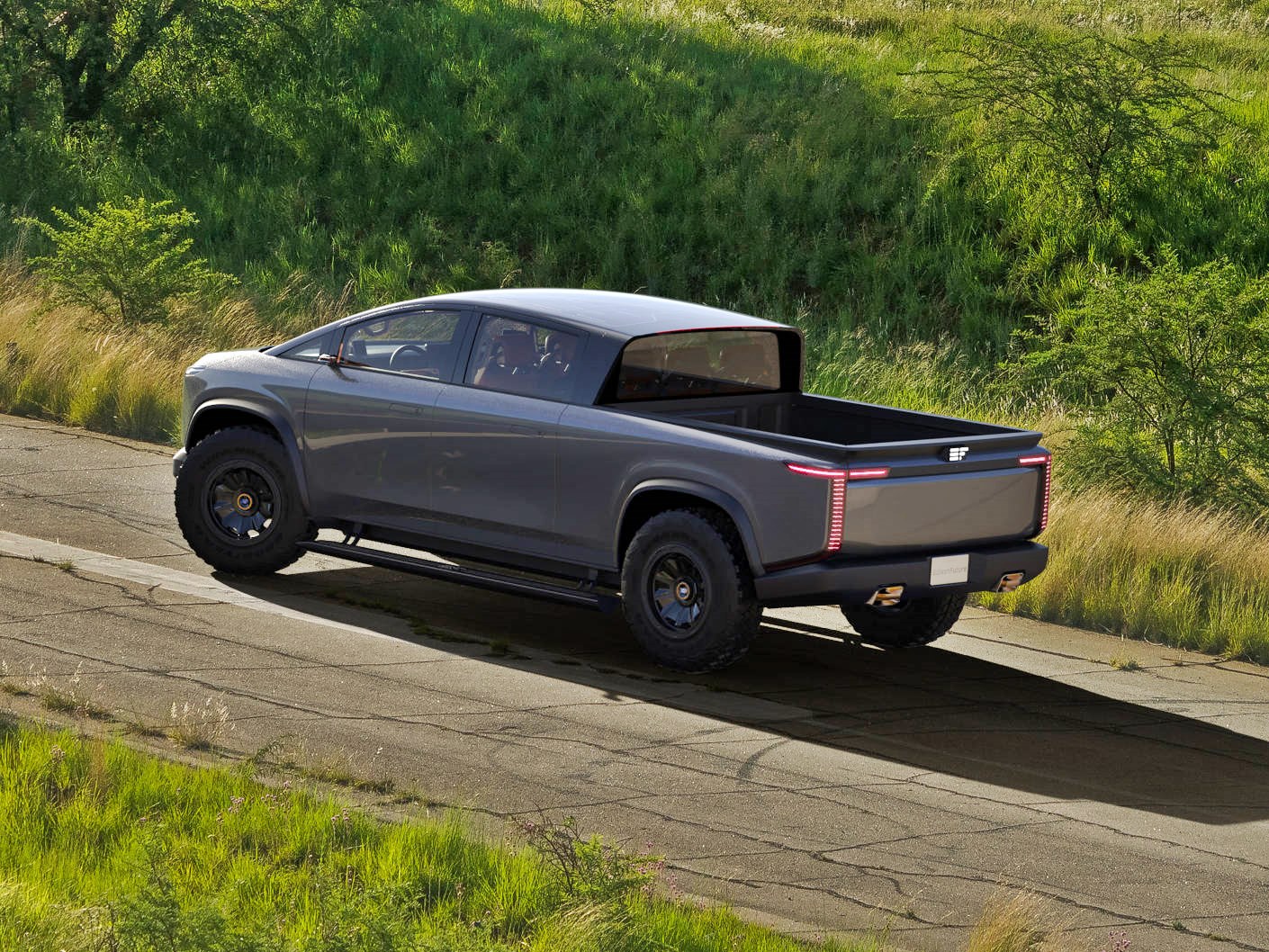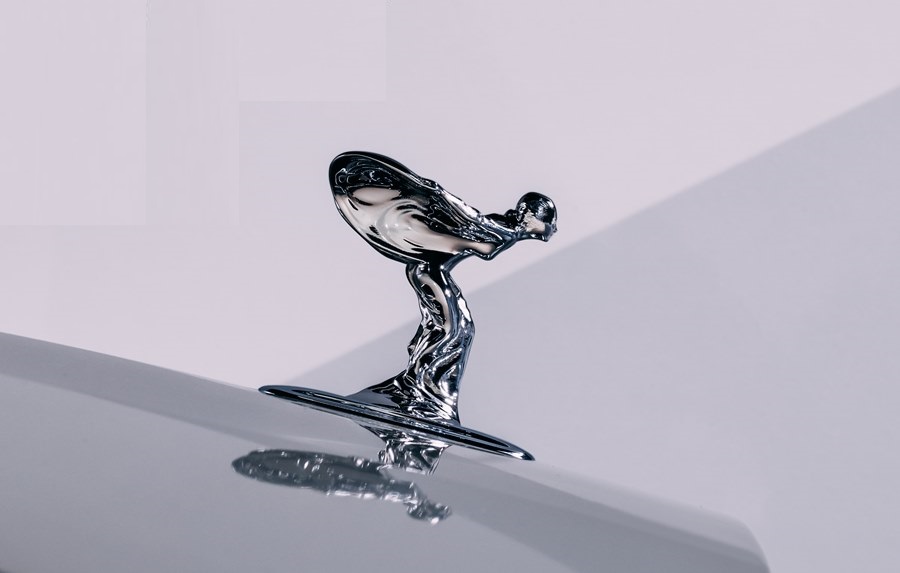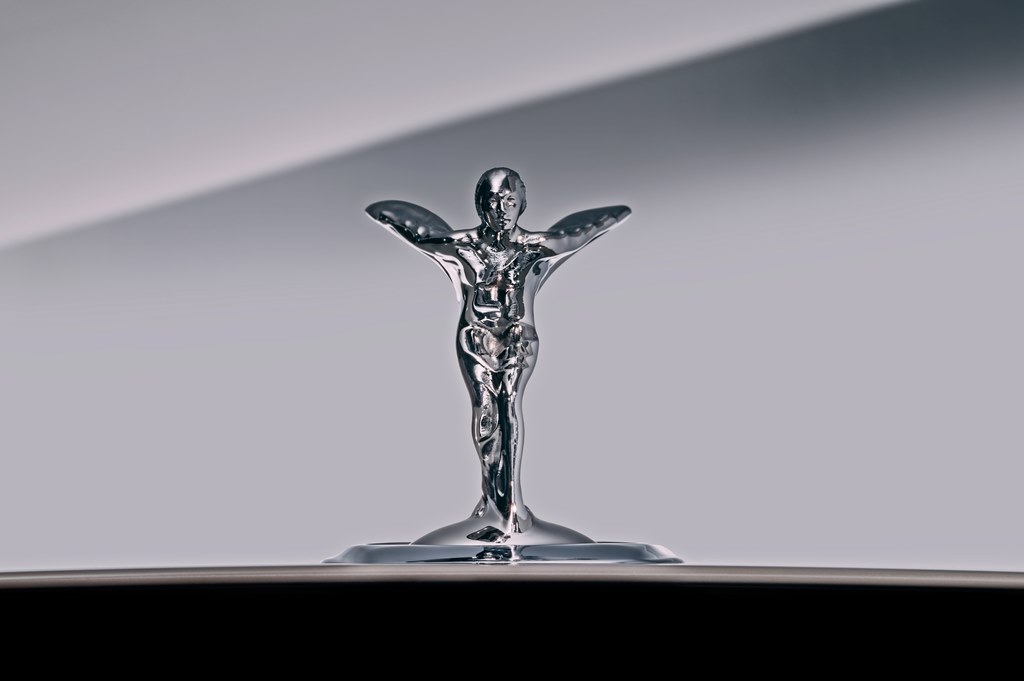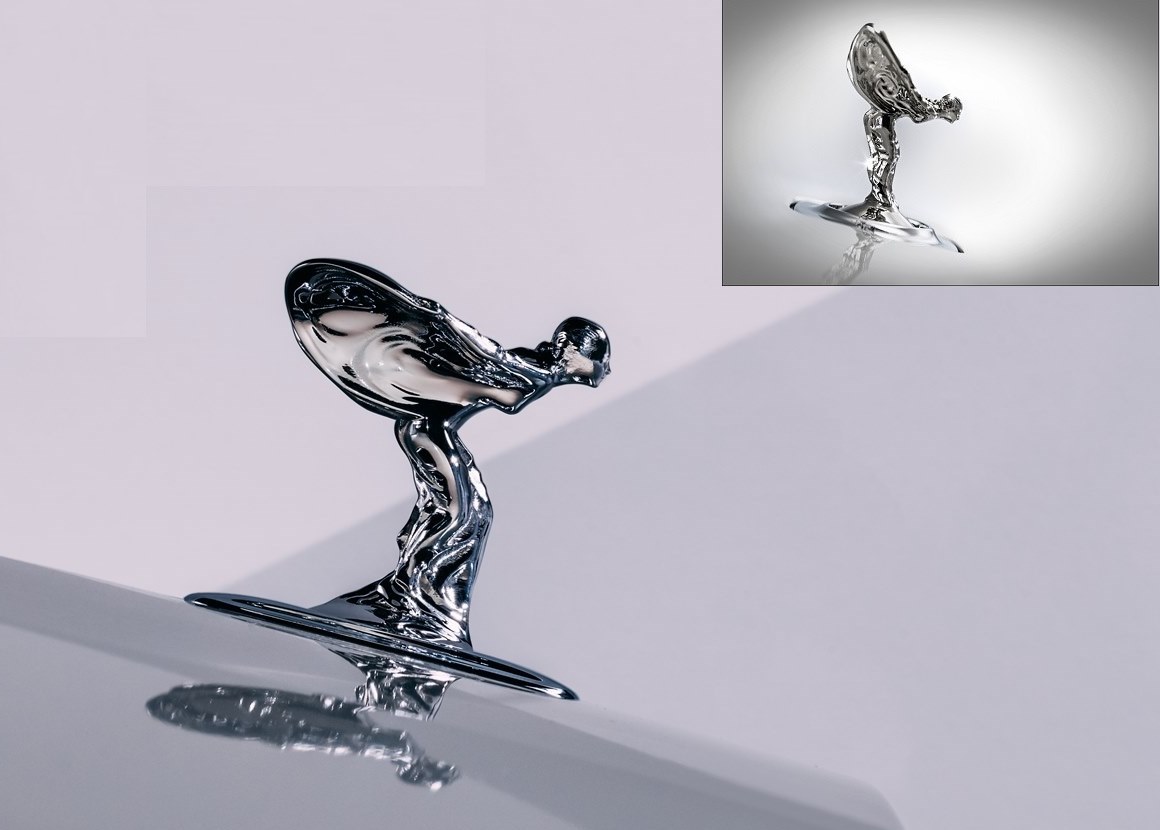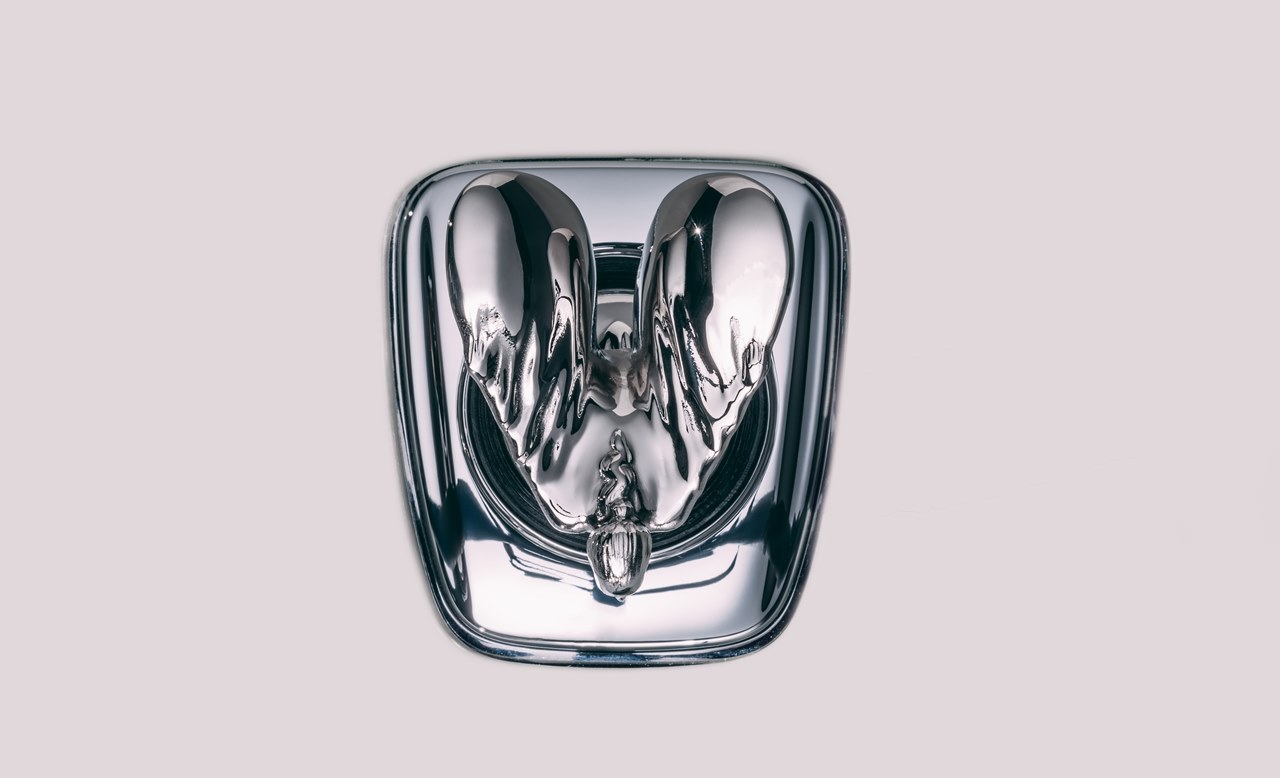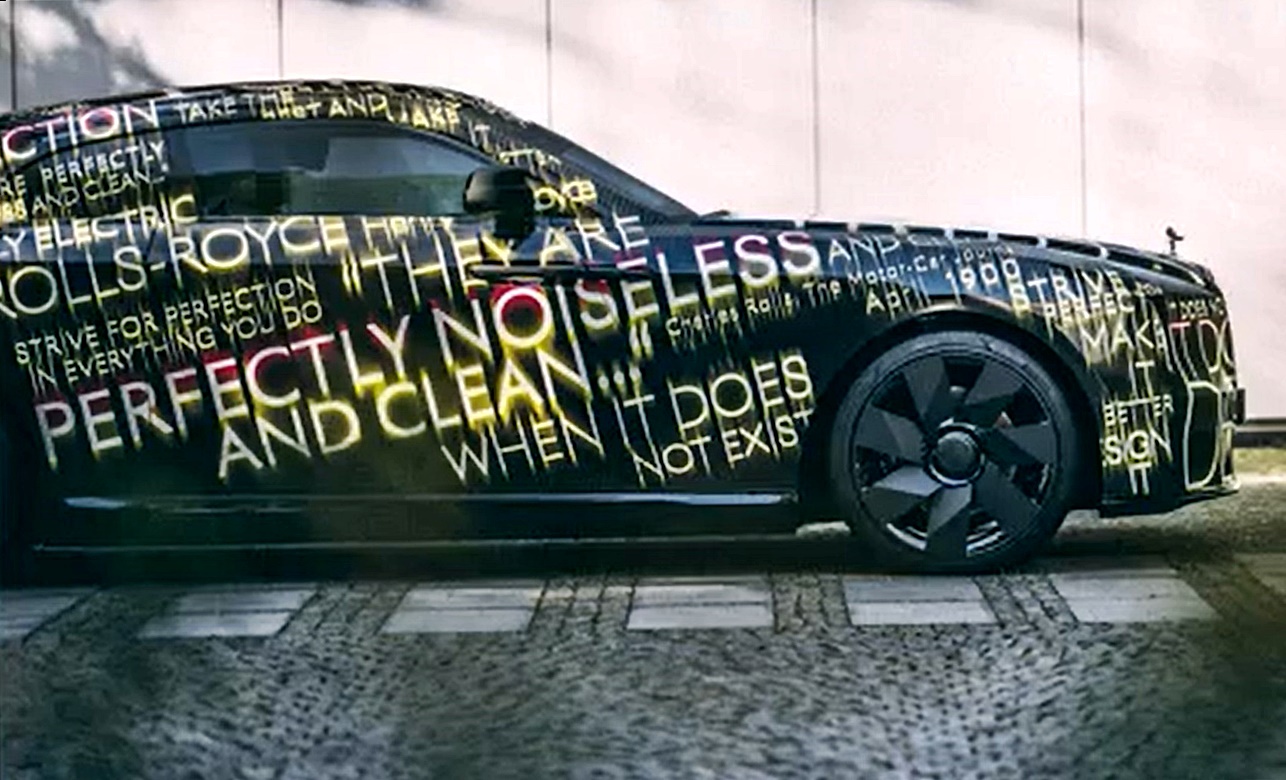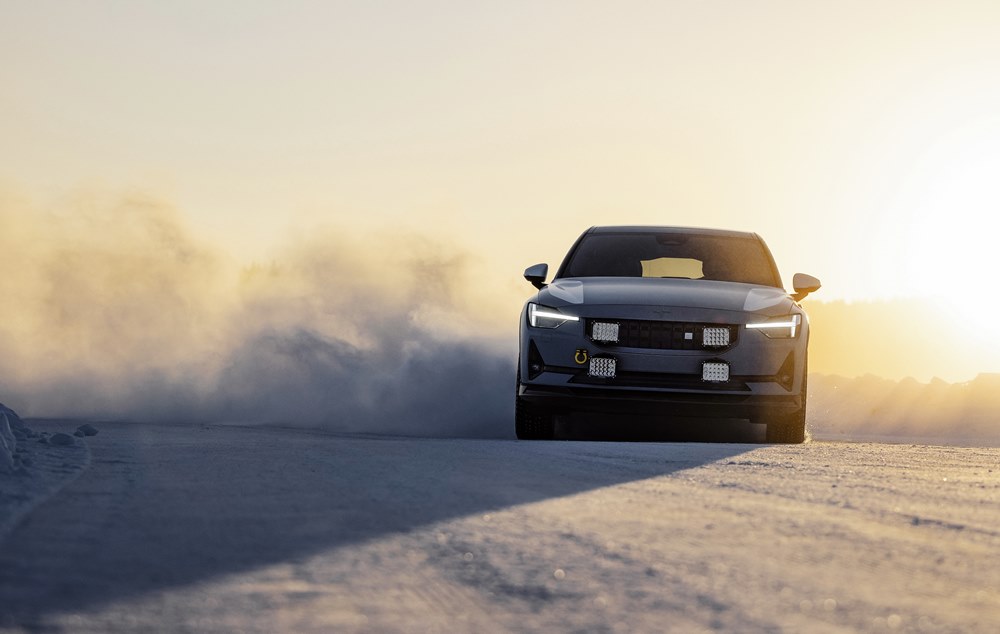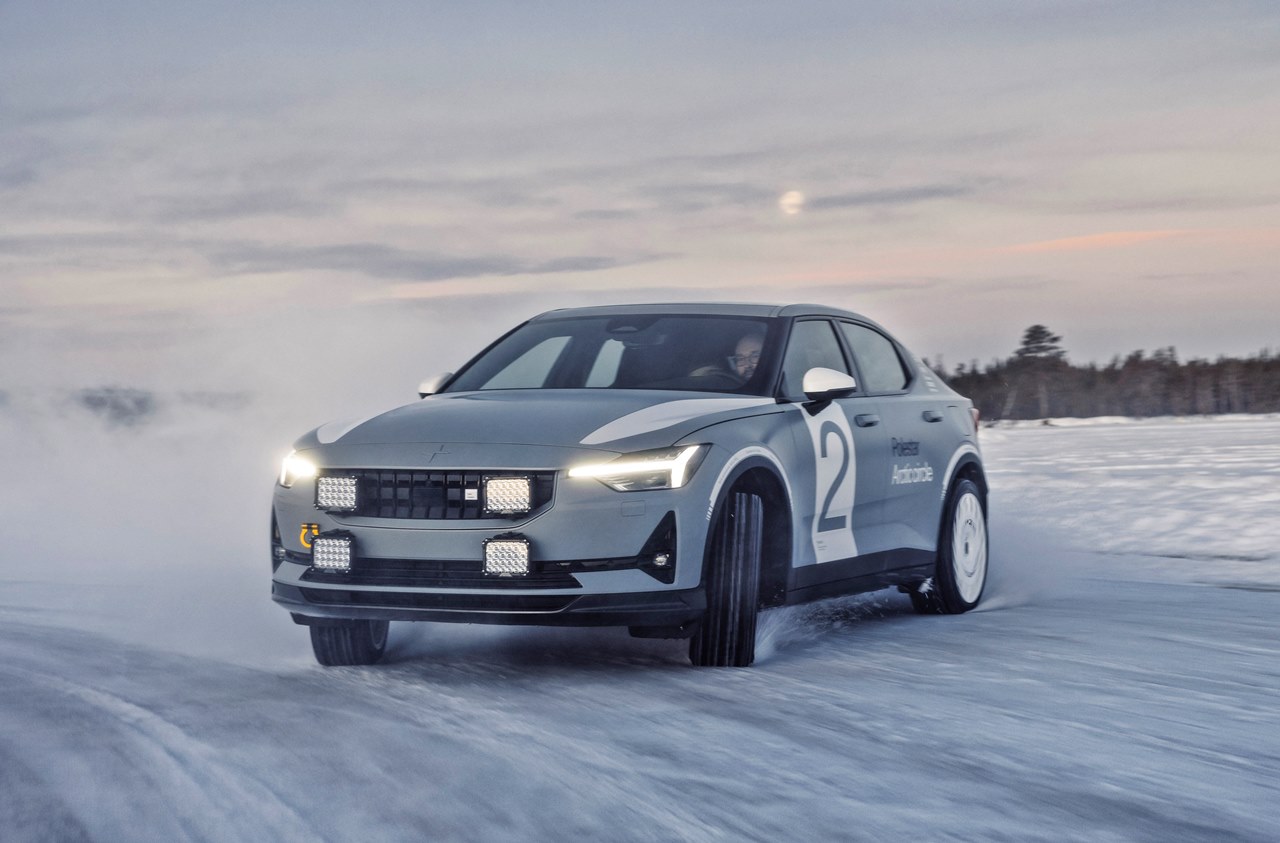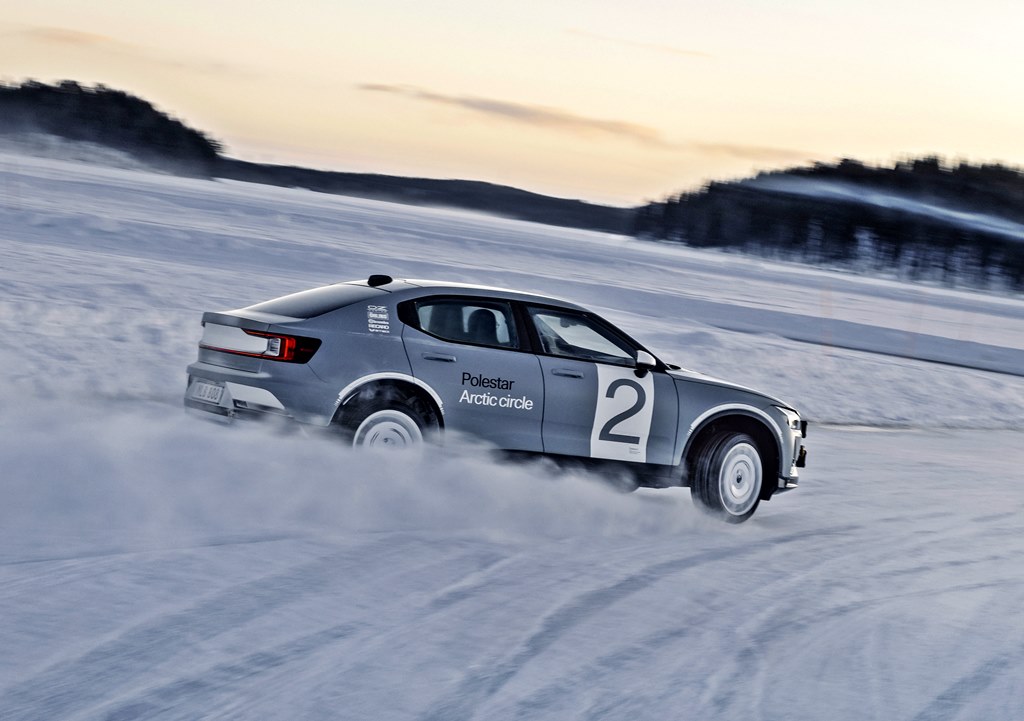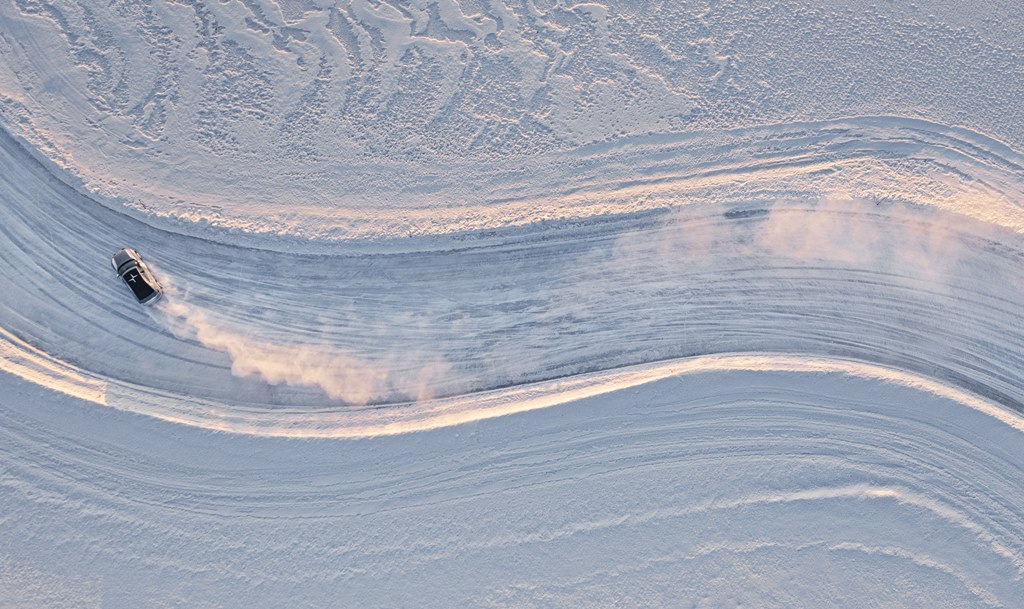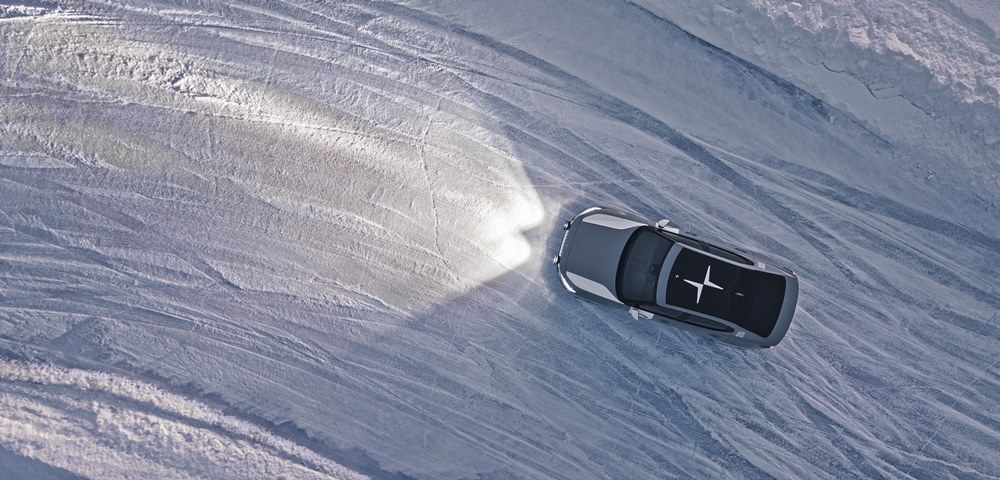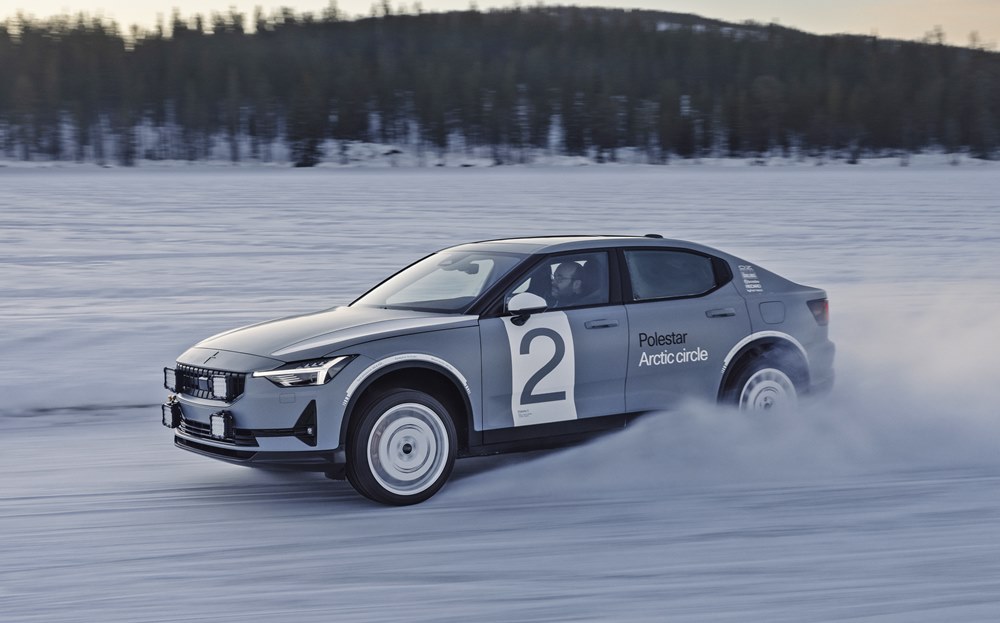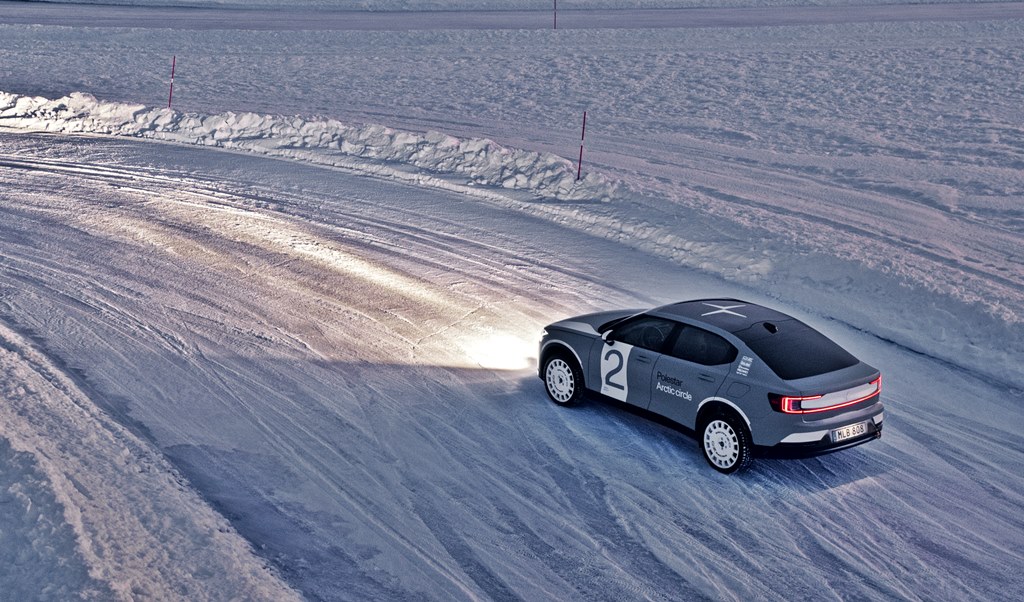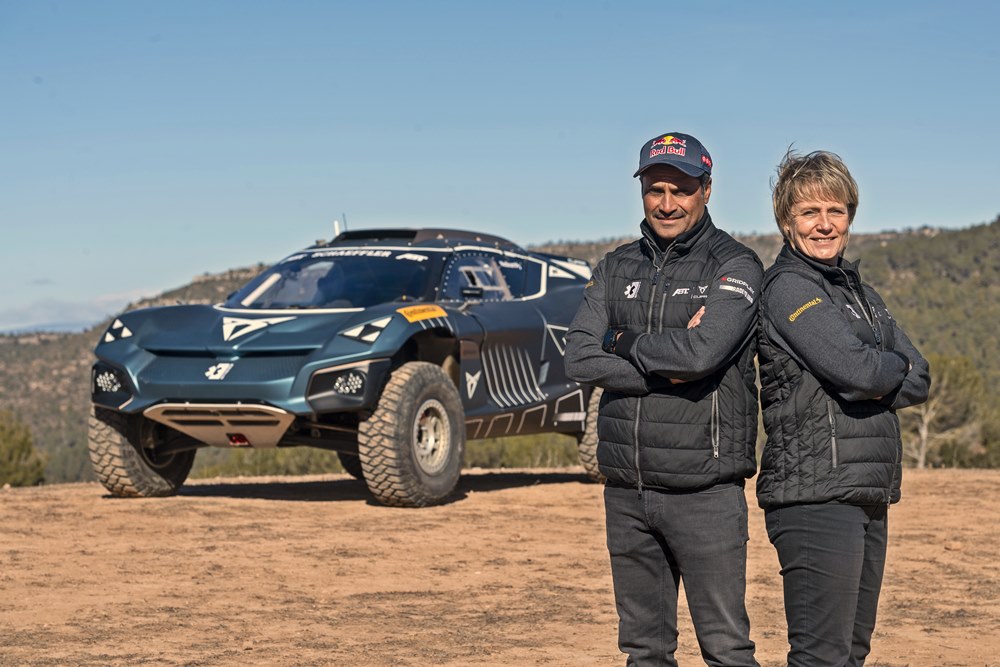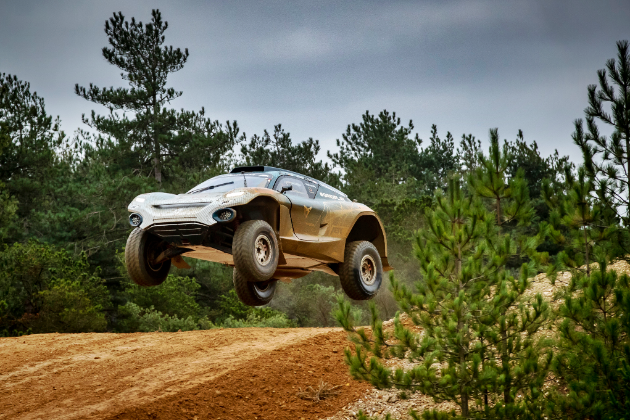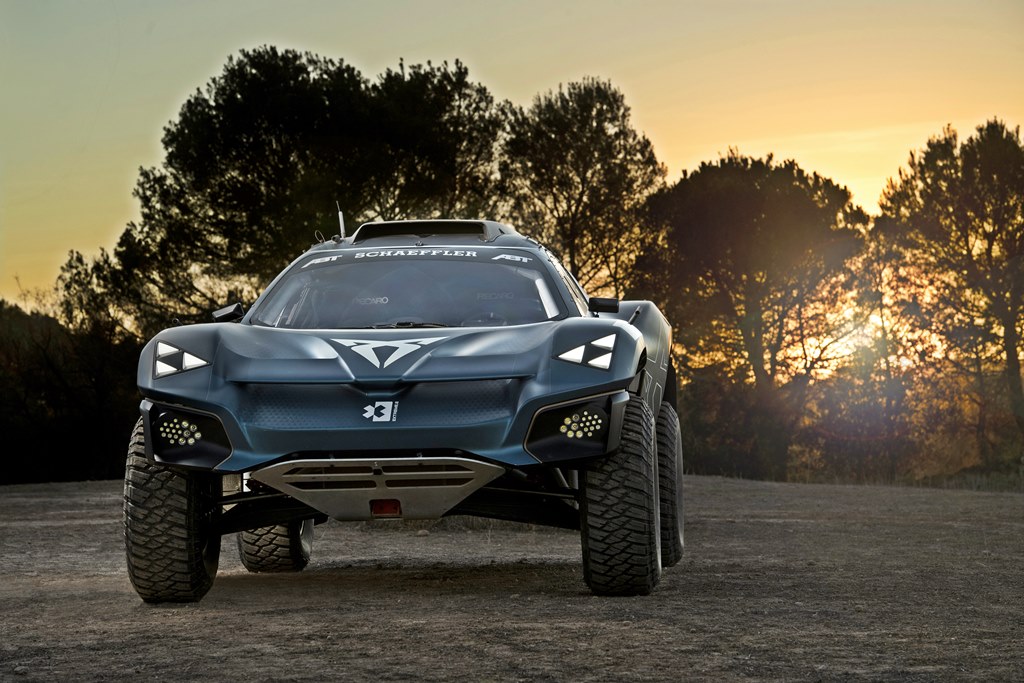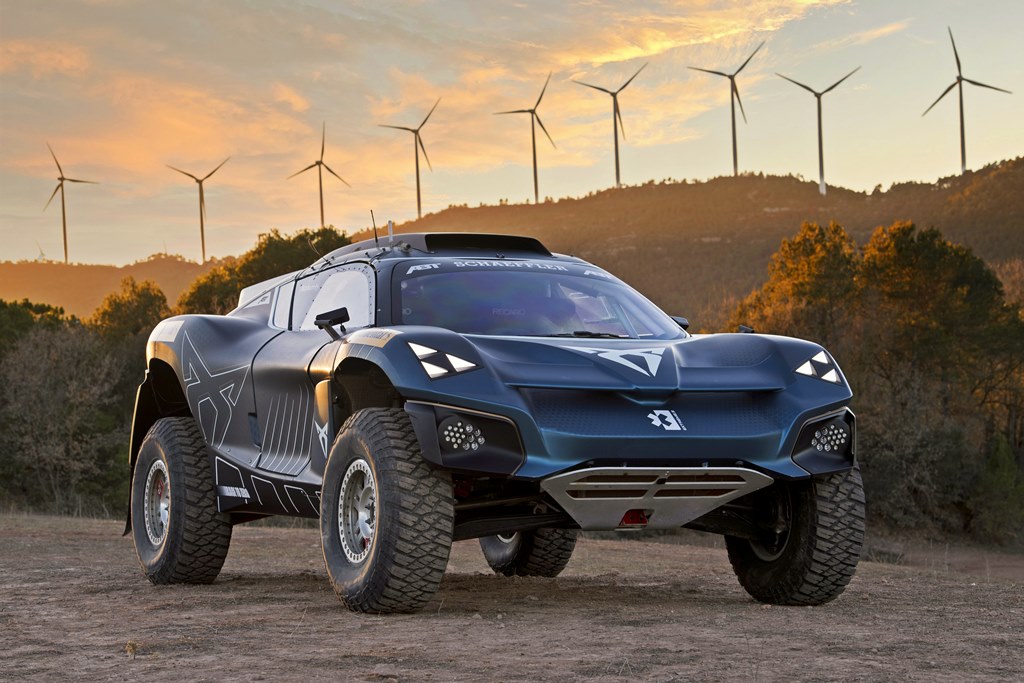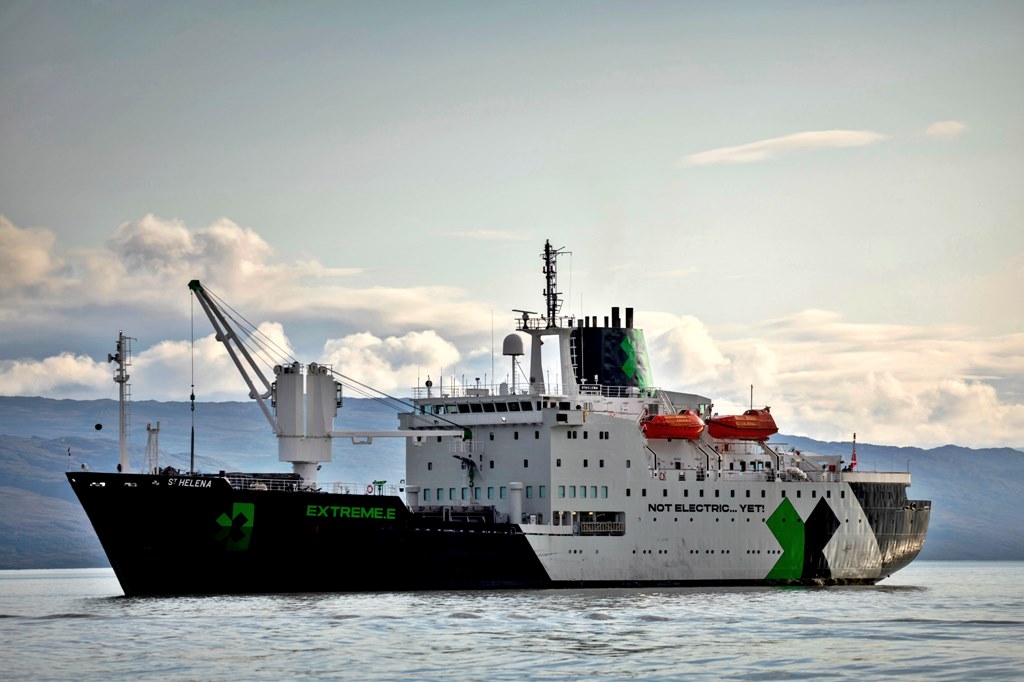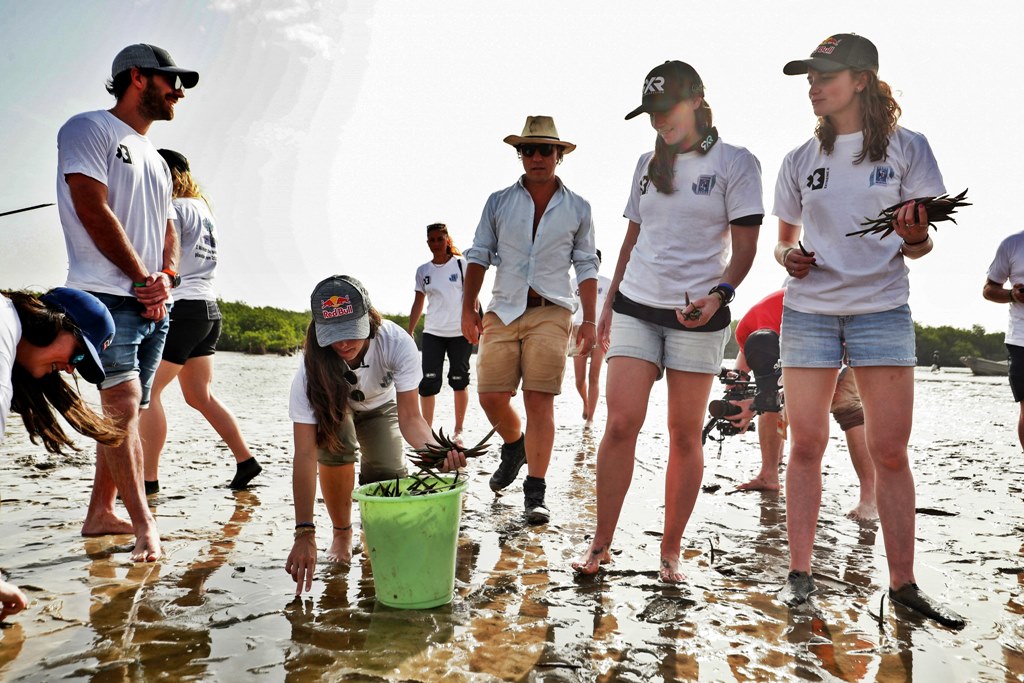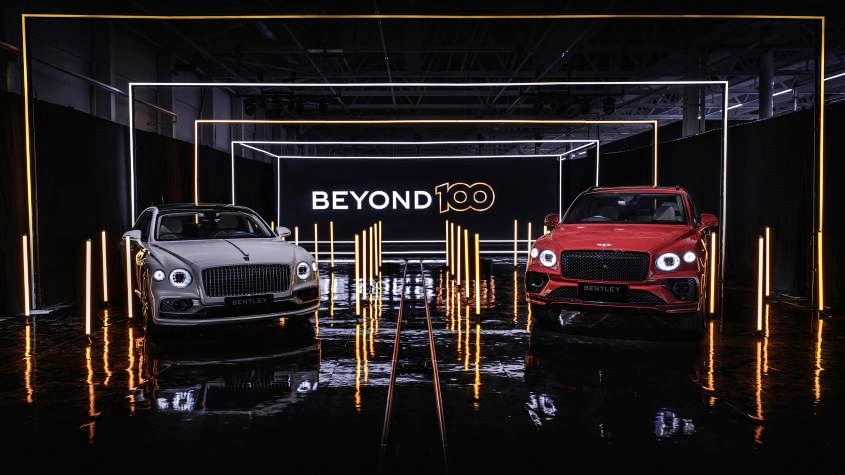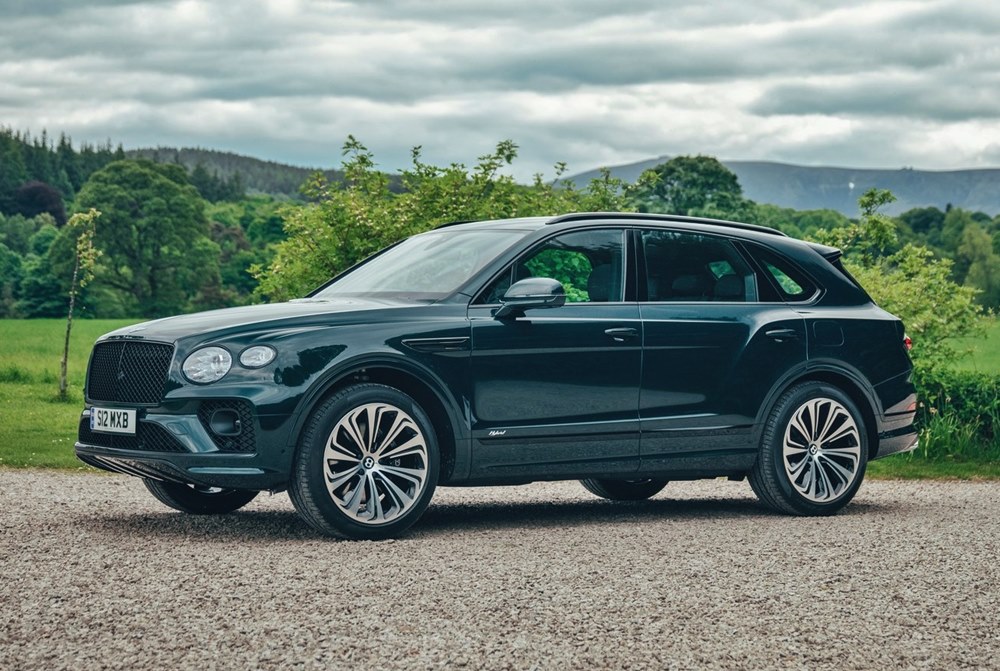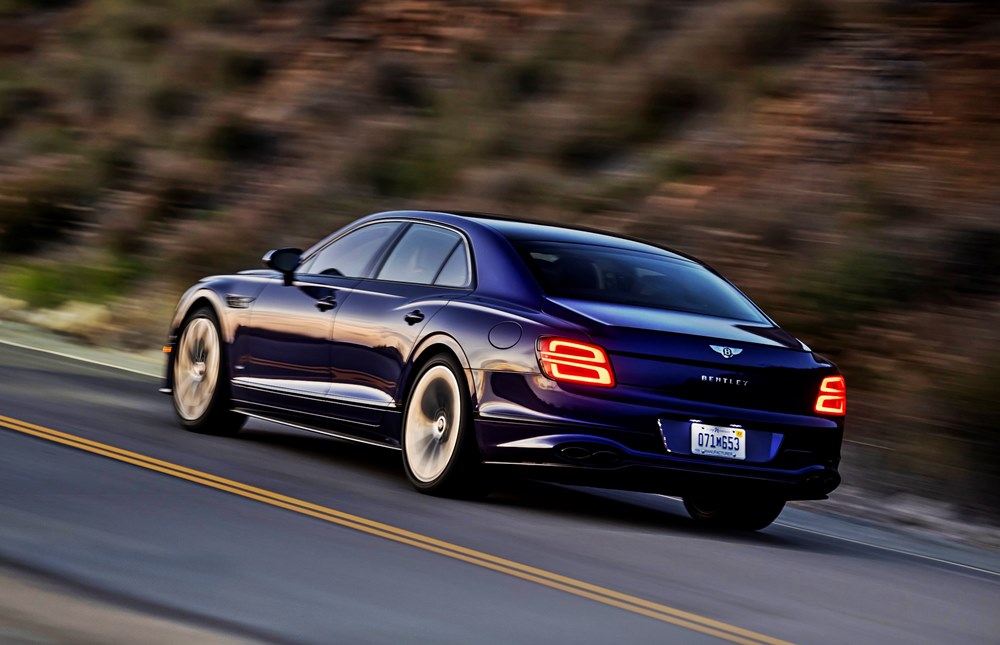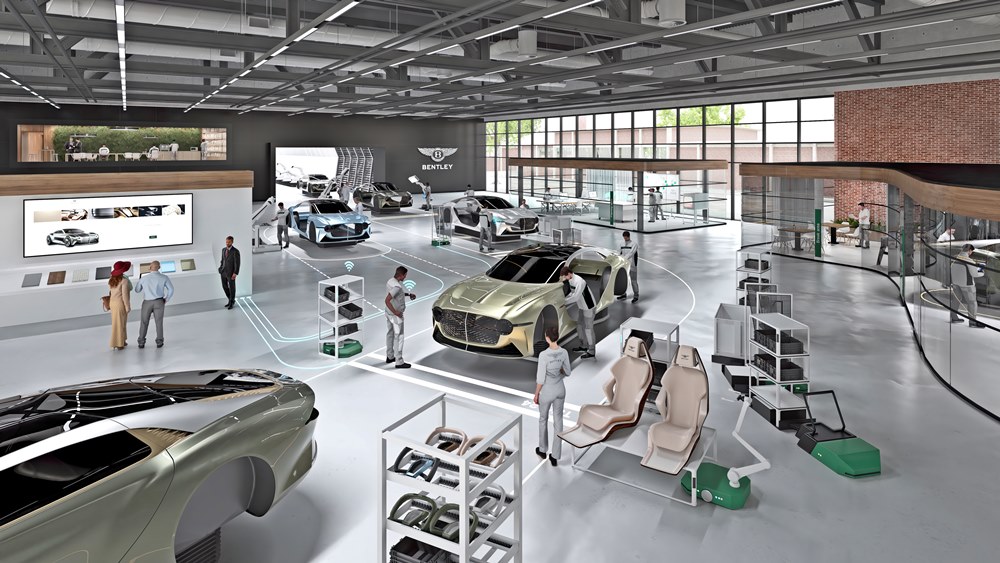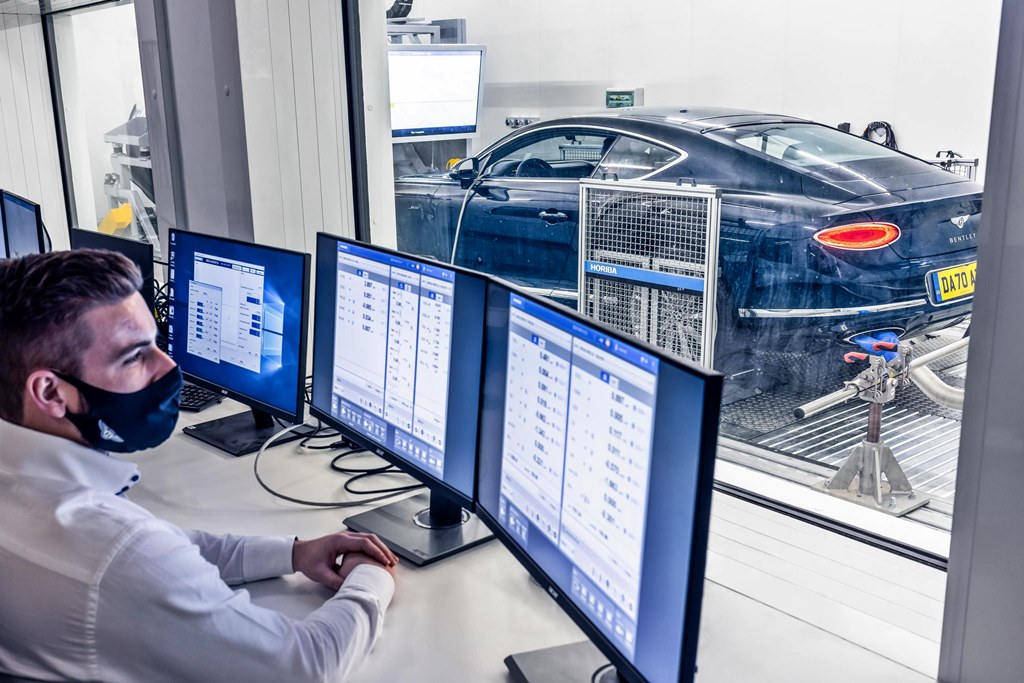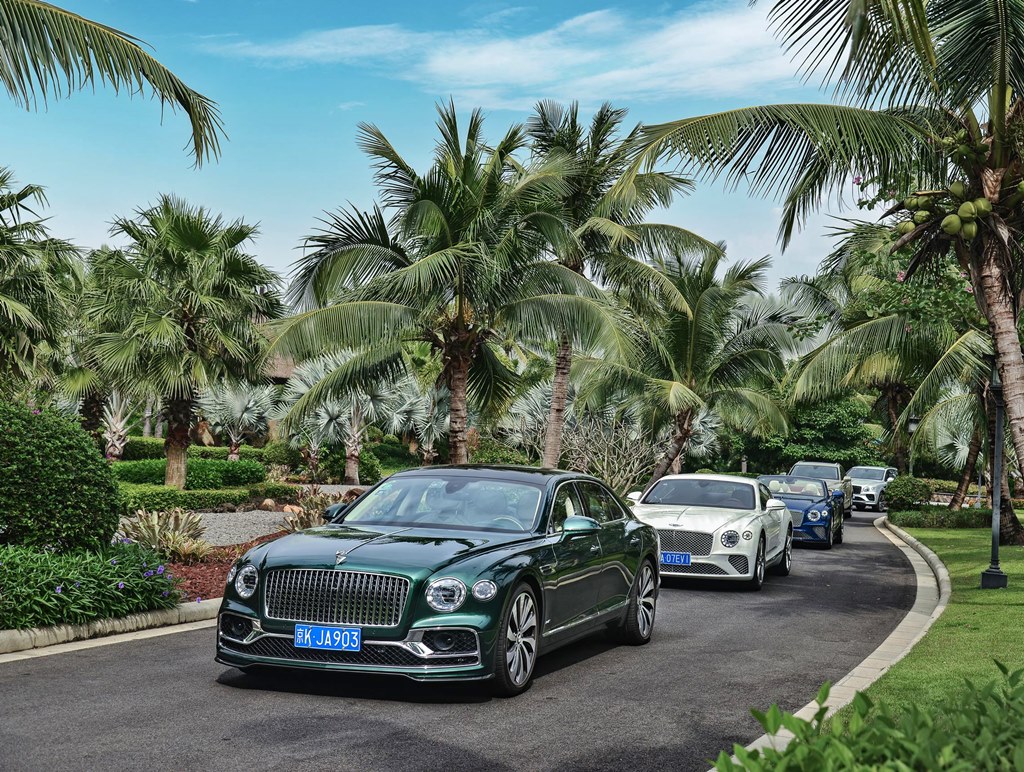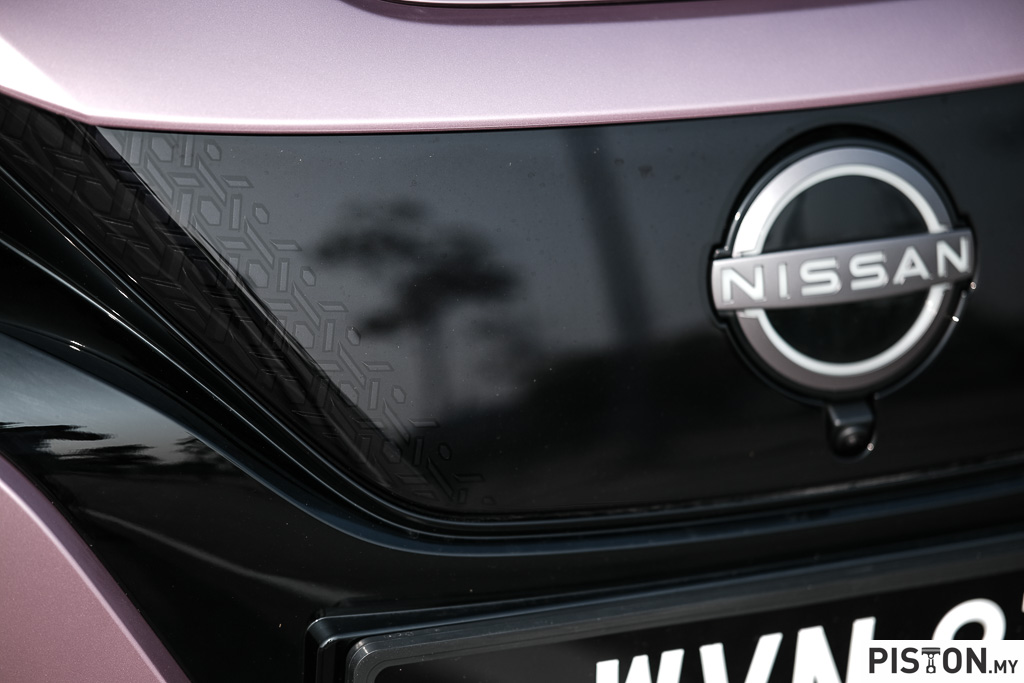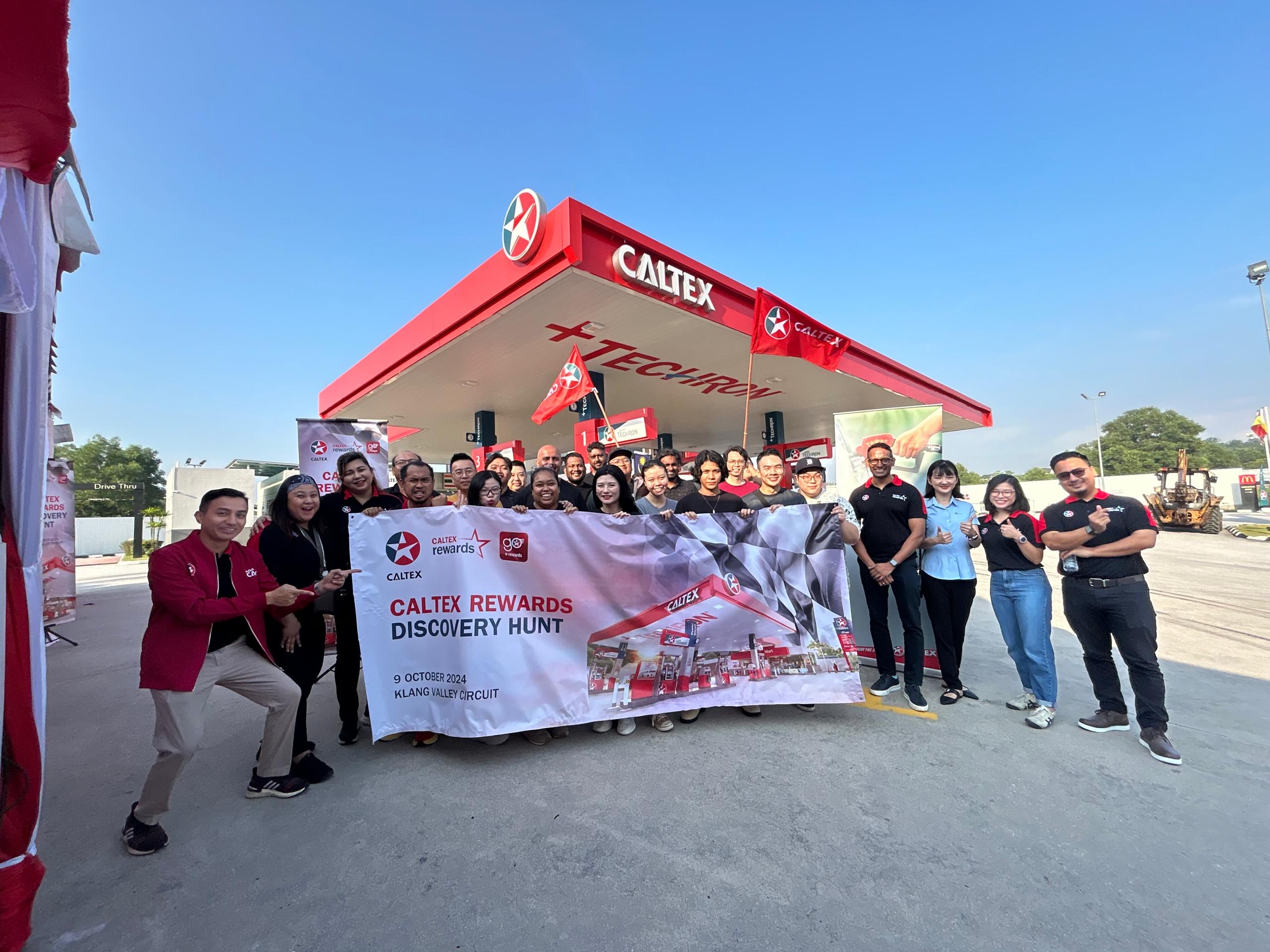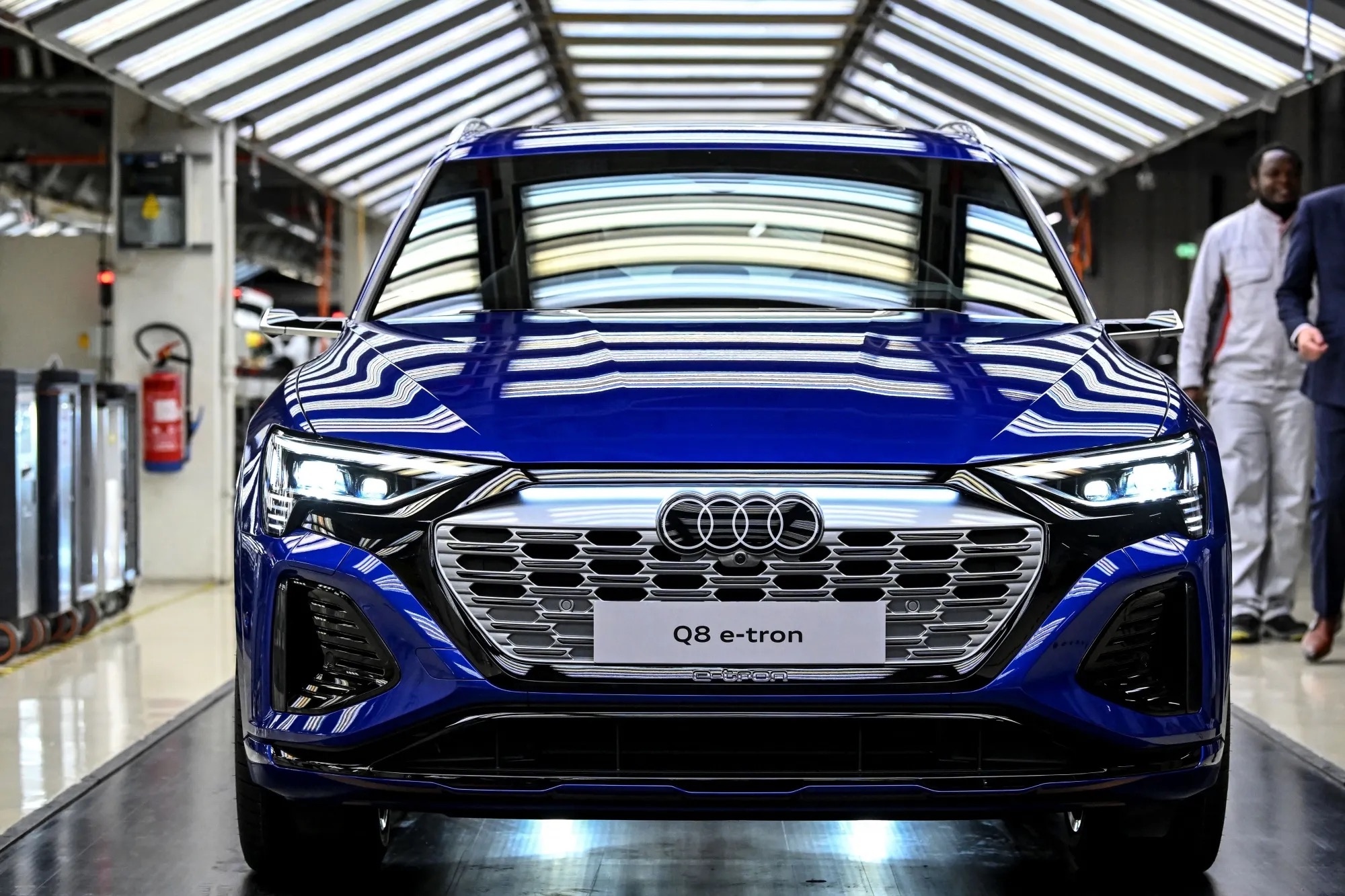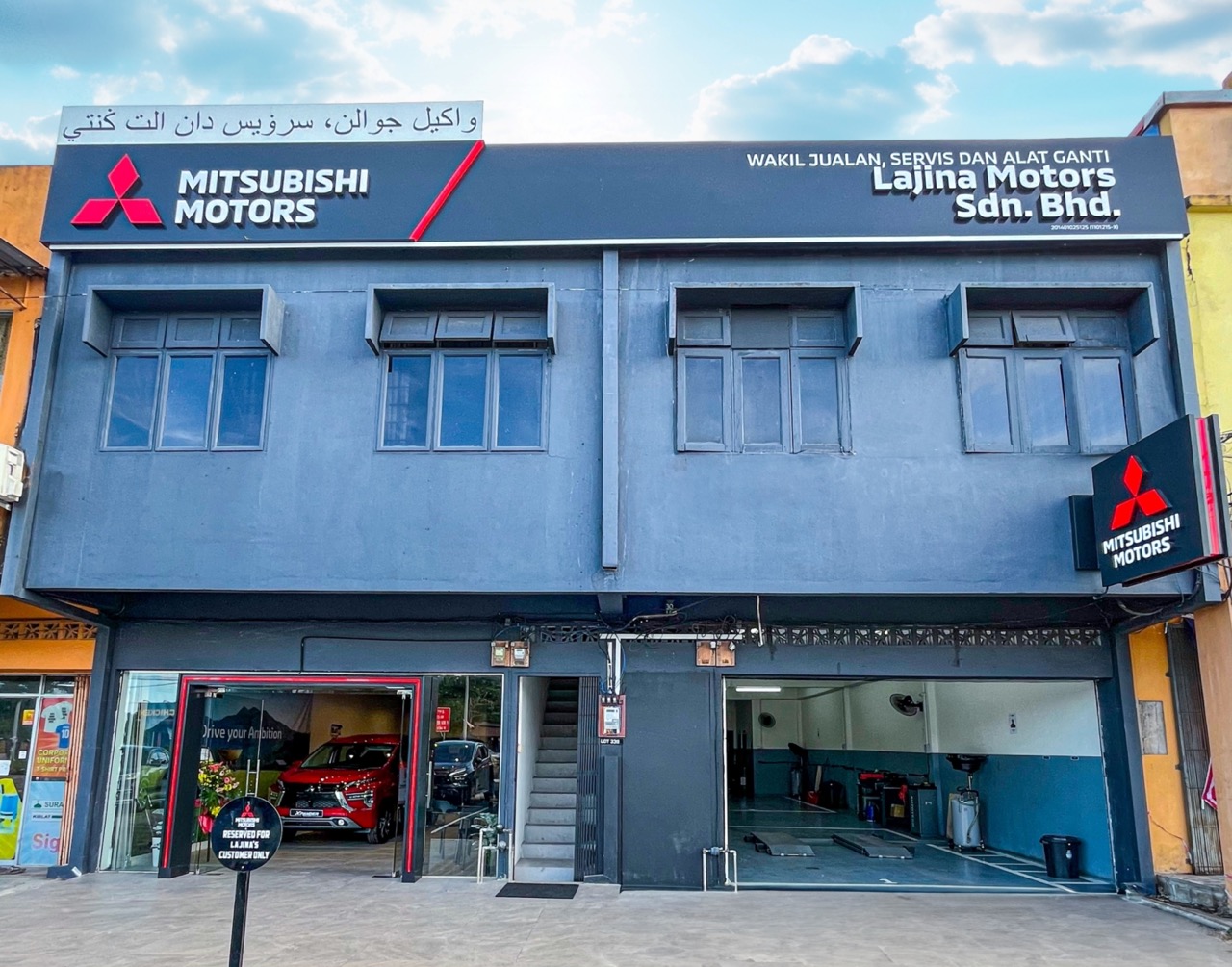Over the past decade, the auto industry has probably seen more new companies starting up than at any other time except in the earliest years over 100 years ago. And where those early companies saw new business opportunities with the motorized carriage invented by Karl Benz in 1886, the new companies of the 21st century see great opportunities in electrically-powered ‘carriages’ – electric vehicles (EVs). And not having the legacy of decades of investment in vehicles with combustion engines, these new companies can be on the starting line alongside the established players in the new race.
More than just cars
But it’s not just transport vehicles which these newcomers are developing as they also look at providing mobility in a broader sense and as a service, rather than just selling the product. One such company is Faraday Future (FF), an American company originally founded by a Chinese businessman in 2014, which describes itself as a ‘shared intelligent mobility ecosystem company’. After some financial difficulties, the company was able to get substantial funding and went public on the NASDAQ Stock Exchange in New York City and proceeded to set up its manufacturing facility in California.
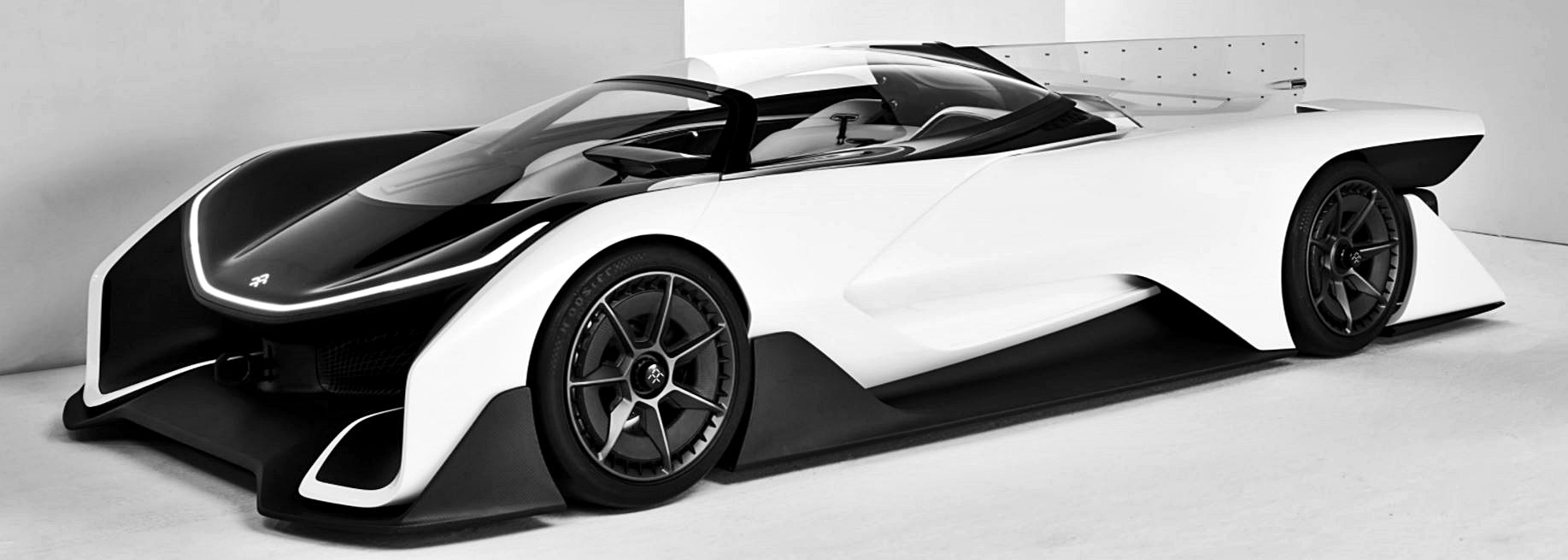
Its first concept car was the futuristic FF ZERO 1 which was shown in 2016 at CES and some other events, more to draw attention to the new company than as a preview of the EV it would build. That came a year later in the form of the FF 91 which remains as the designation for the production model.
SUV bodystyle for flagship
The FF 91, to be the flagship model, is designed to be highly modular. It is built with the company’s Variable Platform Architecture (VPA) that includes the FF Echelon Inverter, the first patent of Faraday Future. It’s a large car – overall length of 5255 mm and width of 1986 mm – sitting on a wheelbase of 3.2 metres, which is comparable to a BMW X7.
The mono-volume is a SUV bodystyle which has design features not constrained by traditional engineering approaches. Unlike early EVs which used architecture based on vehicles with combustion engines and mechanical drivetrains, the new generation of EVs are essentially clean-sheet designs that are optimized for electrical components, systems and layouts. Everything is incorporated on a skateboard platform for ease of manufacturing and simplicity.
3 motors, 1,050 ps, AWD
While details of the powertrain are not given at this time, FF does provide some performance claims. There will be 3 electric motors powered by a 120 kWh battery pack with patented submerged liquid cooling technology. The system output will be 1,050 ps and the 0 to 60 mph (96 km/h) acceleration time is claimed to be less than 2.4 seconds. A fully charged lithium-ion battery pack is expected to provide up to 700 kms of range.
All four wheels will be powered with AWD and there will also be all-wheel steer with rear-wheel torque-vectoring. Before full-scale production starts, real-world testing will be carried out in America and most likely in China as well.
It’s not been mentioned what level of autonomous capability the FF 91 will have though it would surely be above Level 2. It will be fitted with a LiDAR sensor and use cameras for the door mirrors and inside rearview mirror.
High-tech interior
The FF 91 will have the ability to memorize different user profiles in FFIDs so each driver’s preferences and even content choices can be set upon entry. Information and entertainment will be displayed on 11 different displays around the cabin with a total of over 2.5 metres of high-resolution viewing area. The rear occupants will also get a state-of-the-art Mobile Movie Theatre screen on the ceiling which can be used for entertainment or even video conferencing.
The rear seats have a zero-gravity concept inspired by NASA and we’re not sure if this is similar to those which are found in some Nissan models (also called Zero-Gravity seats) but it sounds similar. In zero gravity, the human body naturally assumes what NASA scientists call the ‘Neutral Body Posture’ and using the posture data, the rear seats are designed to enable the ideal distribution of the body’s weight. The seats can also recline up to 60 degrees, which is industry-leading.
First 300 units booked
FF began accepting orders last July for two versions of the FF 91 – the Futurist Alliance and the Futurist. The Futurist Alliance will be a limited edition of only 300 units and exclusive colours and wheels. Apparently, all 300 units have already been booked by customers who received special invitations.
The first pre-production unit left the factory earlier this week and with volume production starting from the middle of this year, deliveries are expected to start during the final quarter of the year.




